Plenty of transportation talk in this post, for some reason. Let’s roll…
Background
Honduras is Central America’s flyover state. A number of people had explained to us that there isn’t much to do in Honduras unless you’re a diver. Predictably, these were people who skipped the country themselves, either by riding the bus straight through or by actually flying over.
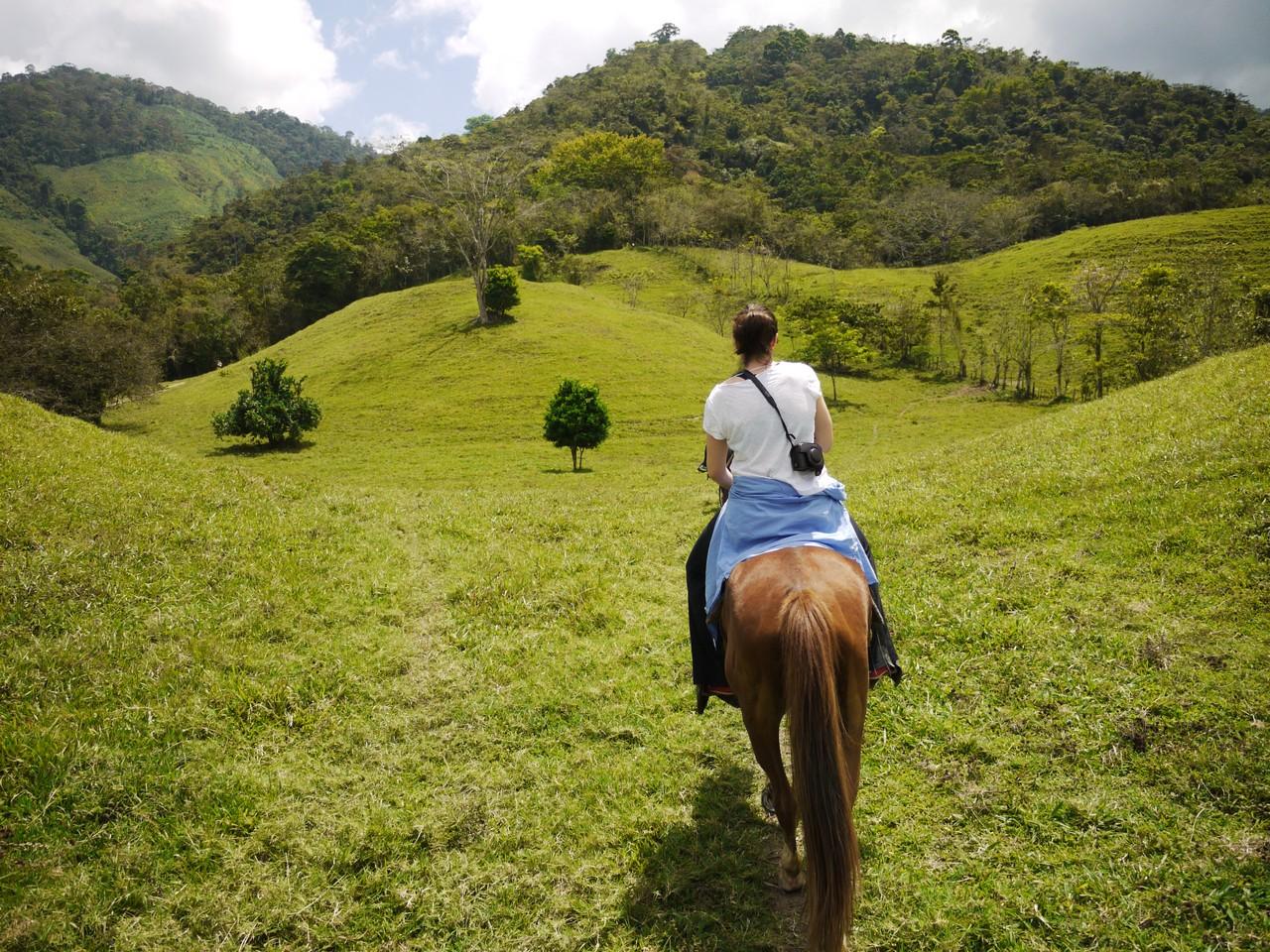 Finca El Cisne
Finca El Cisne
A better way to summarize Honduras is that it’s Guatemala with the volume turned down. There is indigenous culture, but it’s less accessible; the mountains tend to be covered in forest rather than pumice and lava; there is a major Maya site, but only one; the colonial edifices aren’t as grand, the roads are a little less crazy, the villages are just as poor but not as colourful. So given the choice, Guatemala is probably the place most people ought to go. But on this trip, we didn’t have to choose.
Making Love in a Canoe
In Guatemala, SalvaVidas is a popular brand of bottled water. In Honduras, SalvaVida is a popular brand of locally brewed beer. But don’t worry too much about confusing the two, since the taste is pretty much the same! :-)
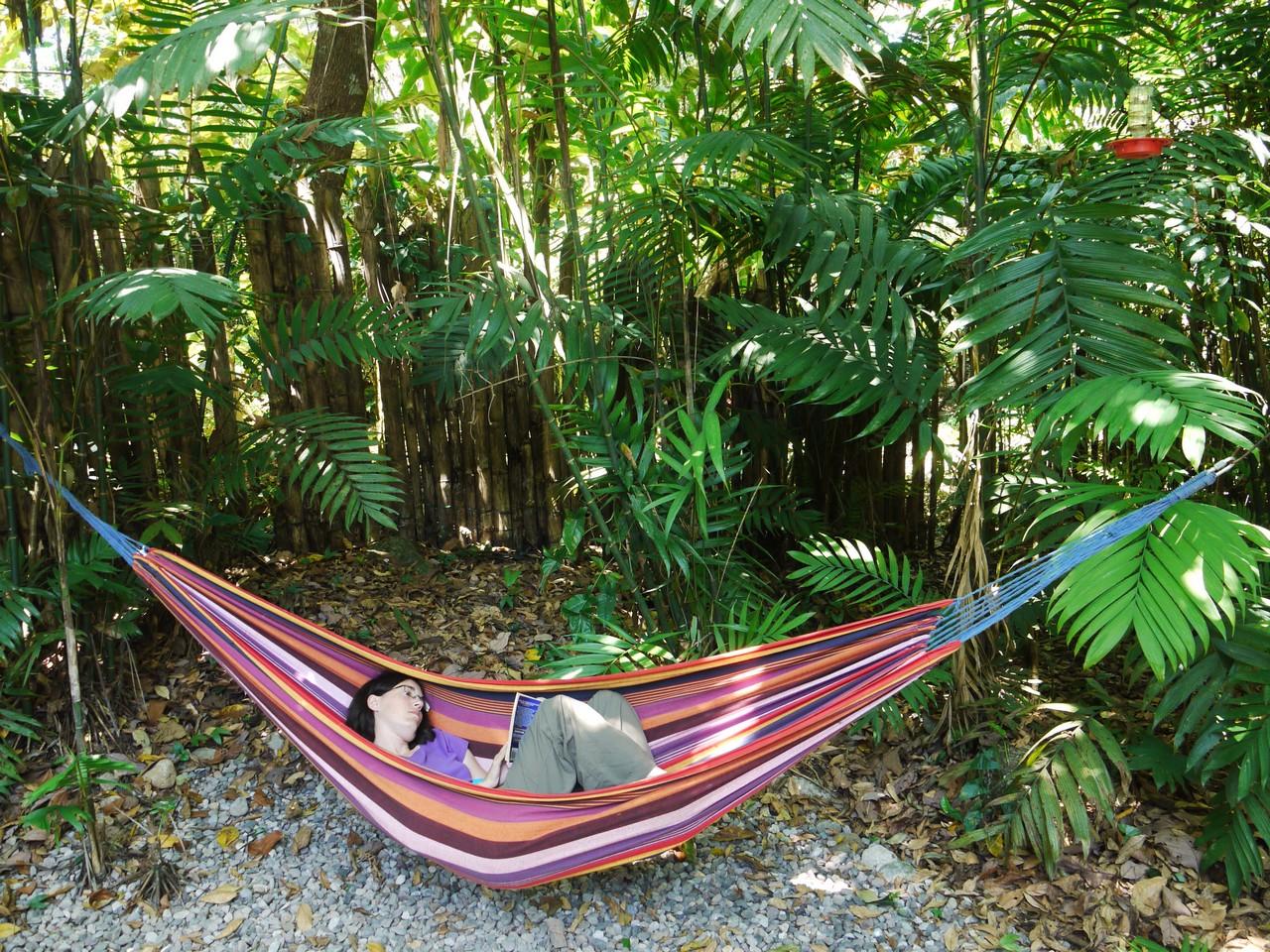 Relaxing at D&D Brewery
Relaxing at D&D Brewery
Actually, SalvaVida isn’t a bad beer. At least it doesn’t taste like the corn it’s made of, like some other brands. But since none of the local brews really satisfy our discerning palate, we tracked down a few expat-run microbreweries that serve the real thing. One of them, D&D Brewery near Lago de Yojoa, was our first destination in Honduras.
Aside from being a brewery D&D is also a restaurant and a guesthouse, and we were planning to spend the night there after a long day of travel from Belize. In the seat behind us on the final leg of the journey sat a young Hondureño who has achieved quite a lot in his 23 years on this earth: he emigrated to the United States, married, had a daughter, separated from his wife, got in trouble with the authorities, was deported from the country, went back in, and got deported again. He is now barred from entering the USA and visiting his family.
Our new friend passed the time by pointing out for us every town, bridge and factory along the way. He had some doubts about our destination, however - “I hope he’ll take you in, it’s crazy there now. My cousin says [the owner] is selling his fridge, he’s closing the place and leaving town”. Oops, we thought. We had taken a bit of a risk by arriving after dark at a relatively isolated destination without a confirmed reservation. If D&D has shut down, we would need to improvise. But when we got there the music was playing, the beer was flowing, and Robert the owner was surprised to hear that his successful business is closing down after less than a year in operation.
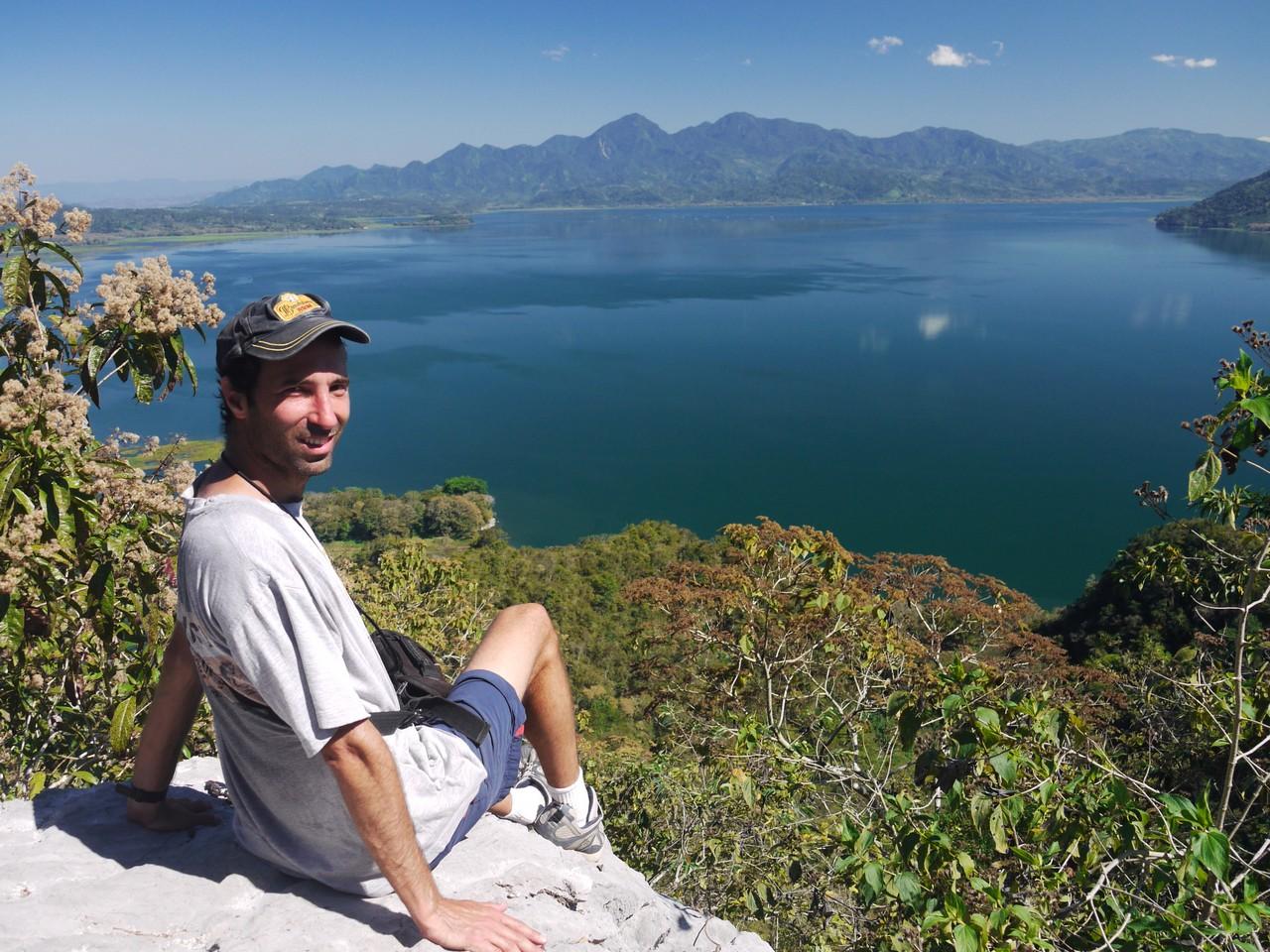 View of Lago de Yojoa, from Las Nalgas
View of Lago de Yojoa, from Las Nalgas
It turns out that the previous owner, also named Robert, left behind no less than four defunct refrigerators, which the new Robert was now trying to offload. Nevertheless, by morning the next day everyone in town had already heard that Robert was selling his fridge and moving away. We hope the rumour can be quelled before it ends up in next year’s guidebooks, which would be very bad for business.
¿Wabla Ehpañol?
Despite a second week of Spanish lessons in Copán, we’ve had more difficulty communicating in Honduras than anywhere else on this trip. They drop their S’s, they mangle the remaining consonants, and they fire the resulting garble at 300 words per minute. Curiously, the women are much easier to understand than the men - Hondureños (a.k.a. Catrachos) seem to be speaking in two distinct, gender-specific dialects.
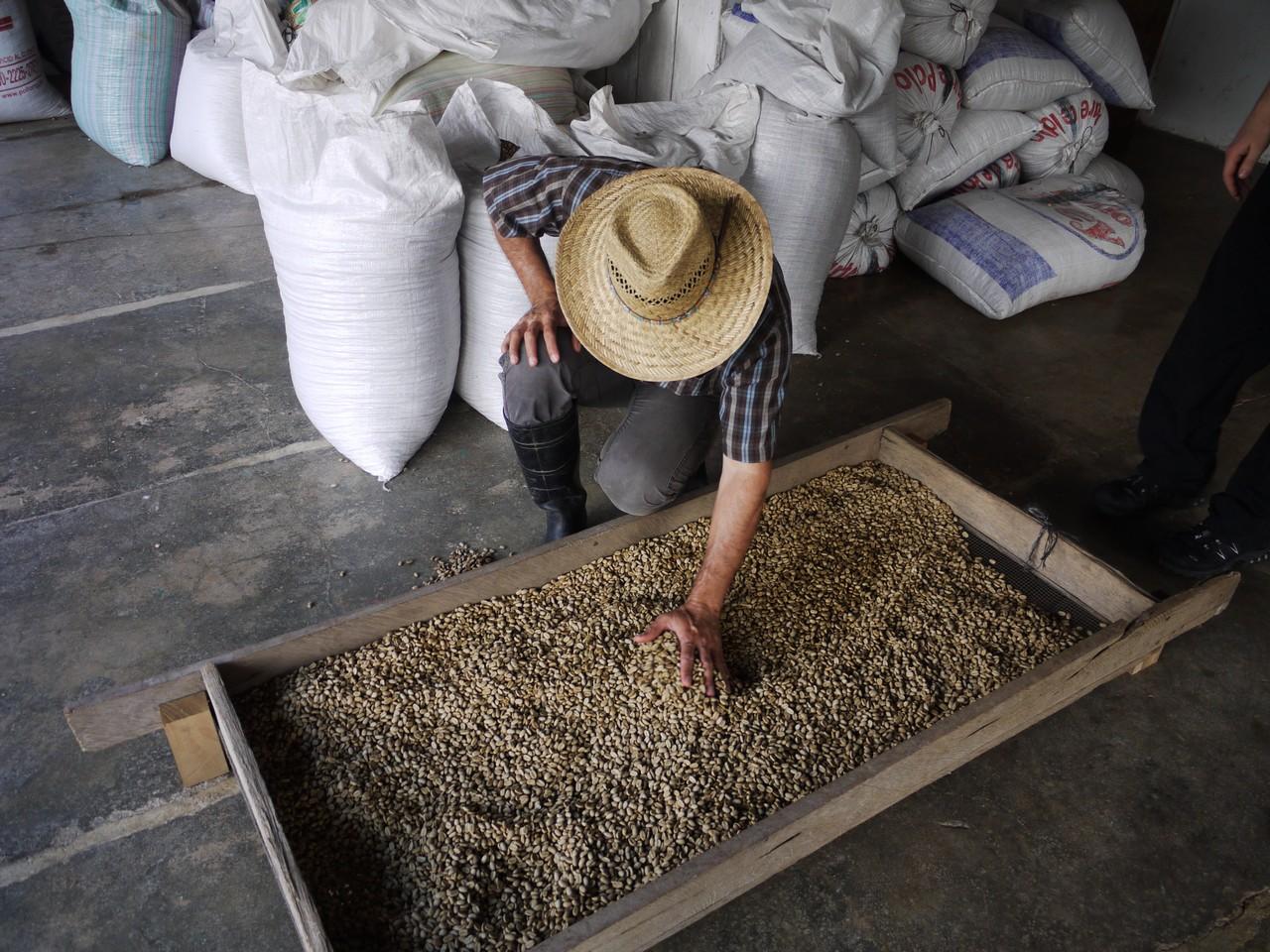 Carlos and his coffee crop, finca El Cisne
Carlos and his coffee crop, finca El Cisne
Utila: Traffic
We met Geoff, Kirsten and their two girls on the ferry going to the island of Utila. The reason why they were on the ferry is that their flight to the island the previous day had to turn back. The flight had to turn back because the runway was blocked by an unexpected aircraft belonging to one of the drug cartels. These landings are not uncommon in Utila, and neither are the follow-up visits by balaclava-wearing national police in full combat gear.
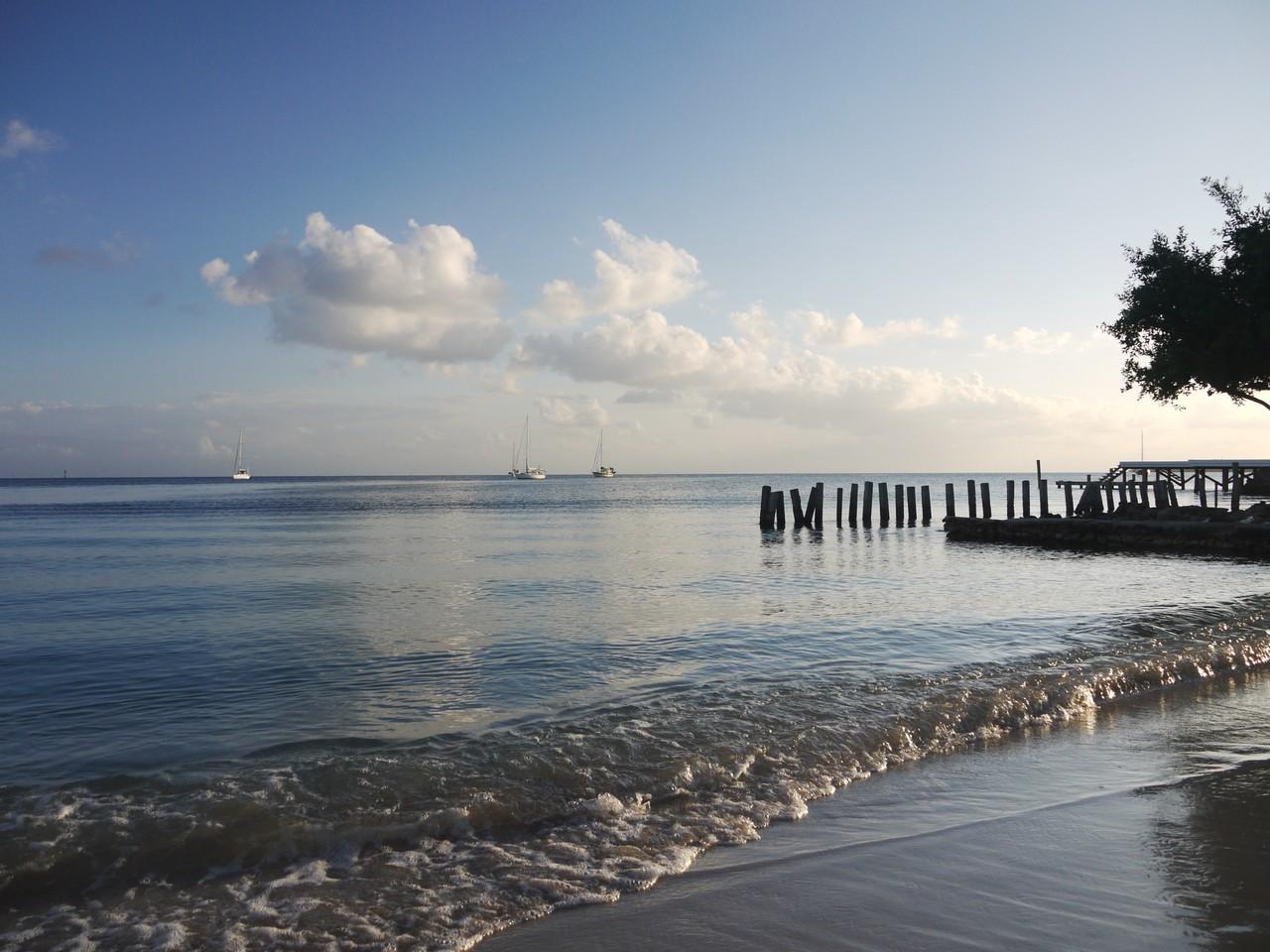 Nearly sunset, Utila
Nearly sunset, Utila
When it’s not serving as a cocaine conduit, Utila is a great little island to visit. Everyone knows it’s the cheapest place to learn to dive in the western hemisphere, but it is also one of not too many places where you can visit a pristine reef straight off the public beach - no boats, no park fees, no fancy all-inclusive resorts. The resorts are all on the neighbouring island of Roatán, which has far better beaches than Utila but is more of a cruise ship / package holiday destination, with shopping malls and taxi queues and scenic charter flights. In contrast, Utila has very little going on besides diving and fishing. Which raises the question, why is it always so noisy?!
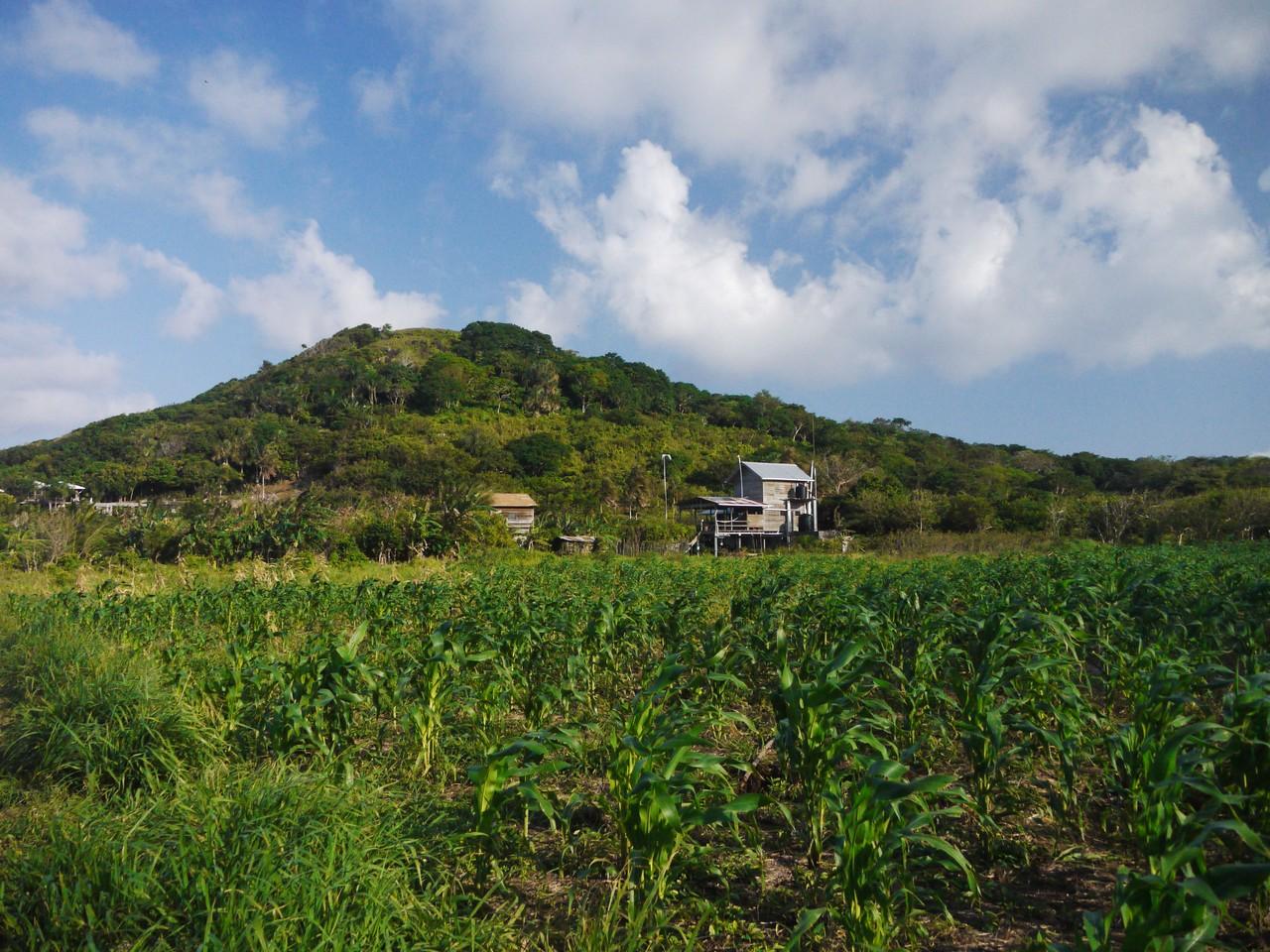 Pumpkin Hill, Utila
Pumpkin Hill, Utila
Utila suffers from a bad case of Motorized Island Syndrome. Although there are only two streets, and neither of them is very long, they produce noise and traffic like it’s a California freeway. Some people apparently enjoy nothing more than riding their motorcycle or ATV back and forth all day. The visitors are contributing to the problem, but the locals are the worst offenders. So boys and girls: if you’re not handicapped and not transporting some kind of heavy load, PLEASE consider going self-propelled. It takes less than five minutes to cross the populated part of the island from end to end by bicycle (we timed it). You’ll be saving your money and saving the island. Think about it.
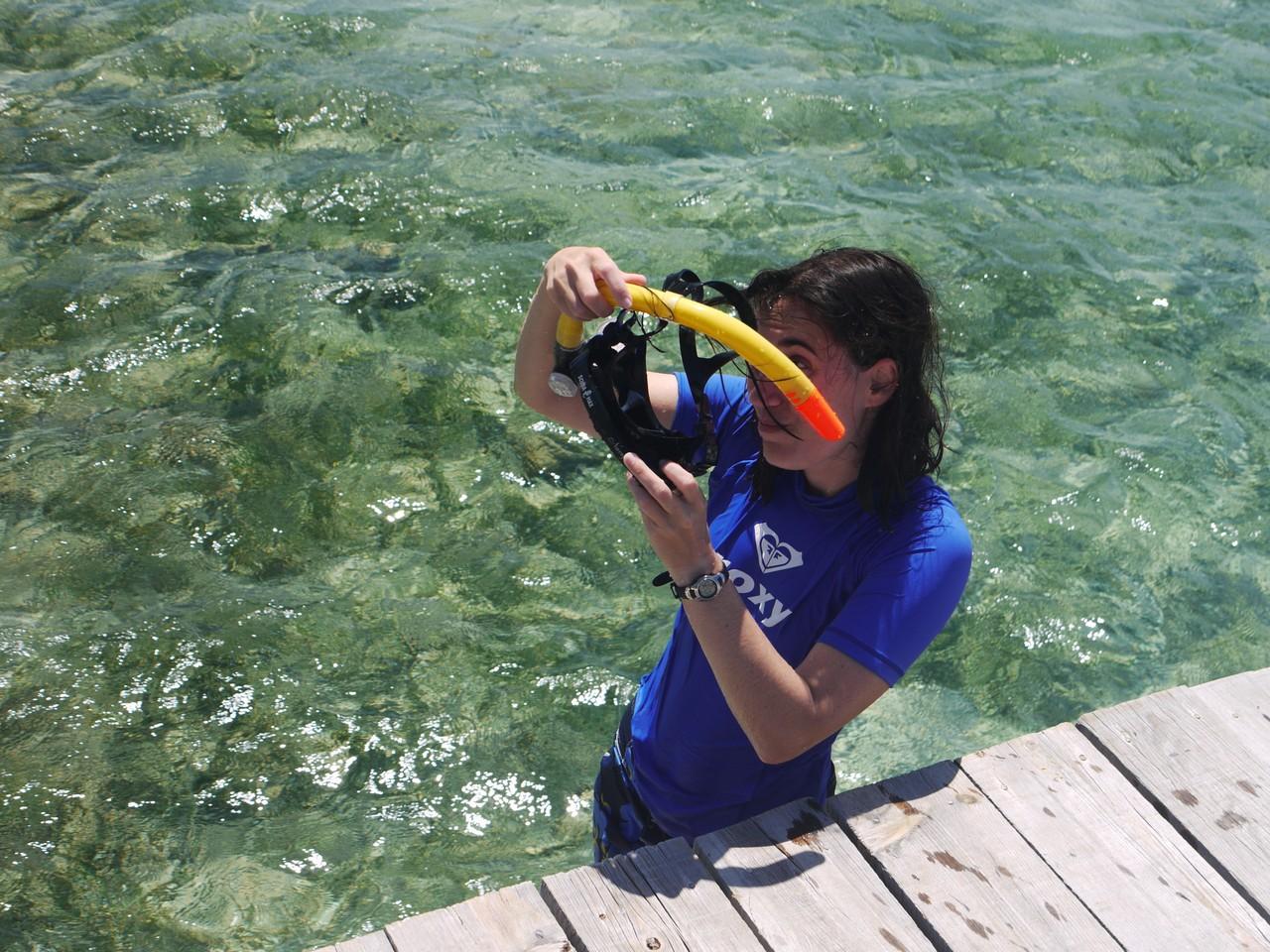 Hair-snorkel tangle of doom!
Hair-snorkel tangle of doom!
Journeys to Remember
The Centroamerican Classic: Leaving Utila on the morning ferry, we had planned to make it to Tegucigalpa and continue onward almost to the Nicaraguan border that same day. We knew it’ll be a long journey; we had no idea how. The ferry was bouncing and tilting like crazy, and those passengers who had had their breakfast were trying hard to keep it down. Meanwhile, a large truck carrying boxes of Corona Extra had overturned near Tela, blocking the highway for many hours. Cleanup work was slow, because many of those who showed up on the scene were helping themselves to the spilled product. Our bus, originally scheduled to arrive in Tegucigalpa at 15:00, finally reached the city around 19:00. We were diverted to an alternative terminal on the outskirts of the city, since the usual terminal is located in a part of town that no one wants to be in after dark.
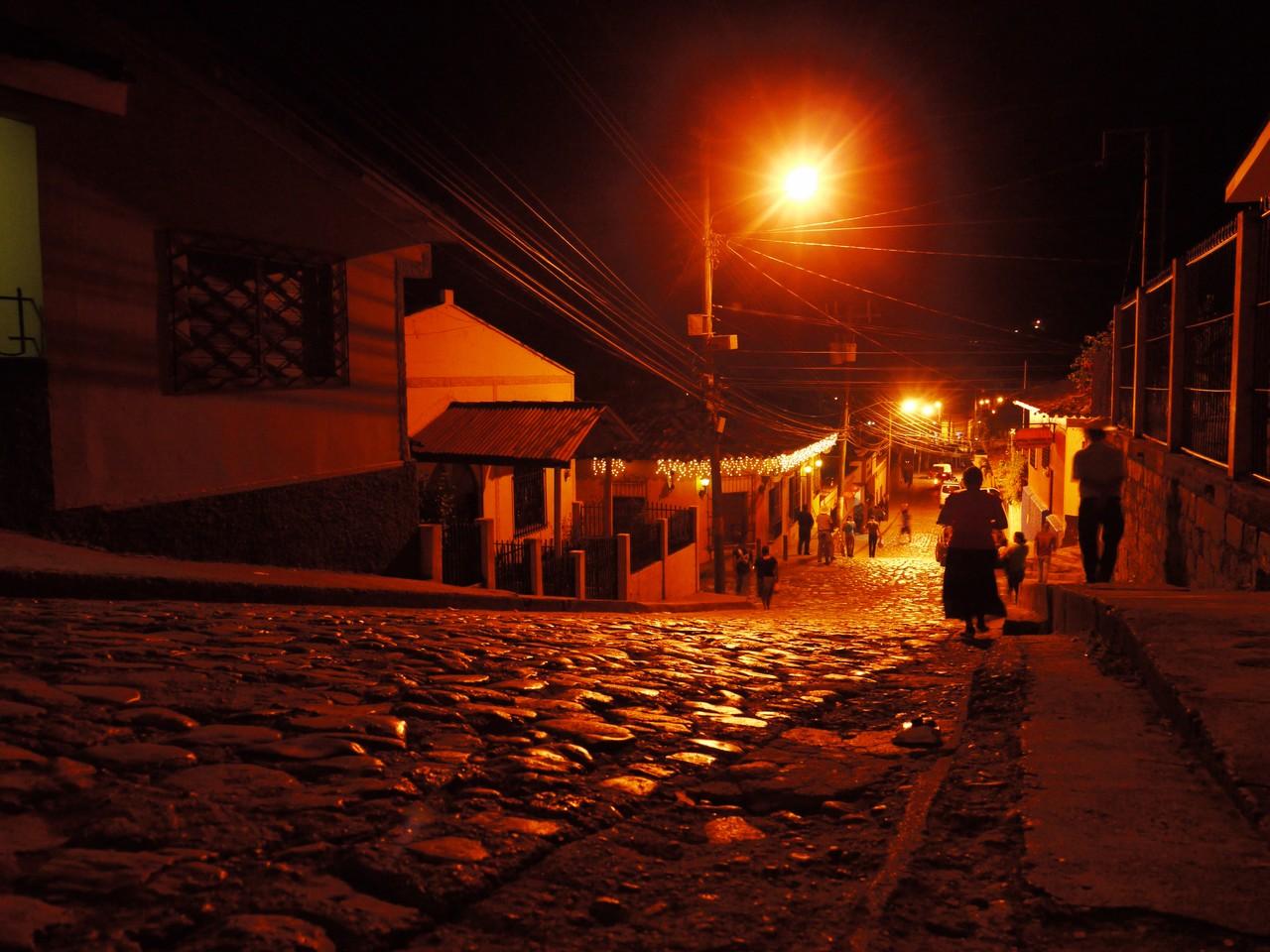 Streets of Copan by night
Streets of Copan by night
The Downhill Slalom: Copán is one of those places that have kept their colonial-style cobbled streets. A “cobbled street” in Copán is basically a jumble of rounded rocks arranged on a steep incline and glued together with cement. They’re a maintenance nightmare and provide almost no traction - even traversing them on foot can be tricky. Now consider that the vehicle of choice in Copán is the red-and-white mototaxi, three-wheeled scooters with tyres that could fit on a skateboard and have not been replaced since the end of the Cold War. The result is a form of transportation more akin to skiing than to driving - the taxis zigzag across the road, barely swerving around pedestrians, trucks and other taxis. Luckily the brakes still work, and the drivers seem to be paying attention, so crashes are rare.
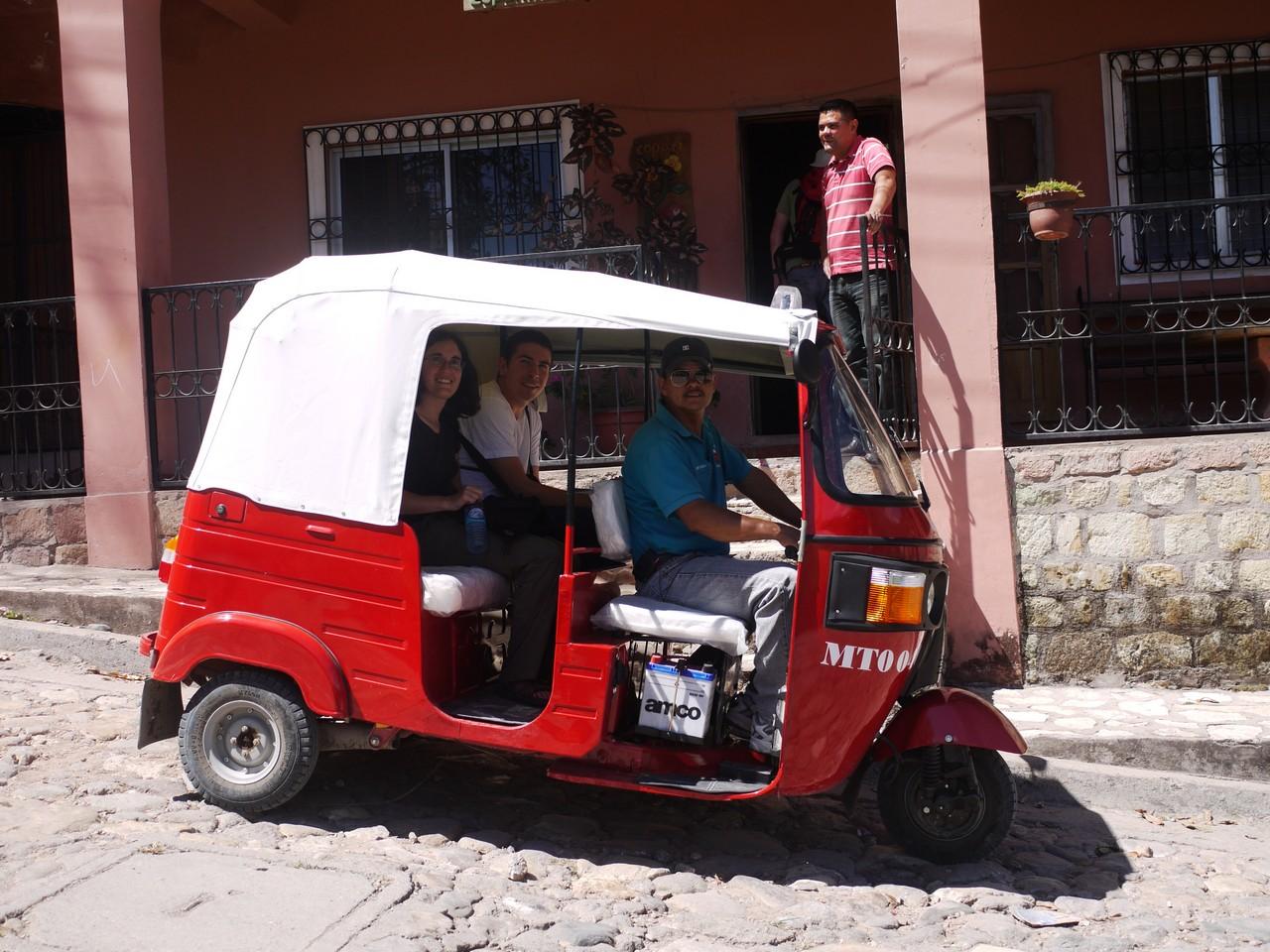 Mototaxi, Copan
Mototaxi, Copan
The Ironman: Our guidebook says that the road from Copán to Luna Jaguar hot springs requires 4WD in wet weather. But hey, it’s the dry season, right? Long story short, the van became hopelessly stuck, was eventually pulled up and out of the swamp by a composite team of Hondureño cowboys and amused gringos, and everyone spent the next three days cleaning mud from their clothing, footwear, hair, and various orifices.
The Unlikely Escape: In retrospect, it’s not clear why there was so much excitement for the annual “rave” at Pulhapanzak falls. Sure, it’s one of the largest electronic music events in Honduras, but that isn’t saying much. Anyway, D&D Brewery declares DEFCON 1, the place shuts down and everyone piles into the van for a night of hard partying. Less than two hours later, most of us have had enough of the uninspired house music, warm domestic beer, and sparse crowds of local youths trying to muster some excitement. We decide to head back, but that means hitchhiking, since the earliest organized ride to D&D was many hours away. Five gringos stranded in the Honduran countryside trying to catch a ride in the middle of the night, what could possibly go wrong?
 Back road, Los Naranjos
Back road, Los Naranjos
After a short while, two large flatbed trucks stop by. Get in, says the driver of the second truck. In where? We ask, can we all fit in the cabin? No, he says, get in the back. Five gringos now surfing a flatbed truck up and down the hills, holding on to metal bars and giant greasy chains to keep from falling out. At some point the two trucks stop again, and an attractively dressed young lady, hitherto unseen, pops out of the cabin of our truck and disappears into the other. Huh, we think, at least somebody is having a good time tonight.
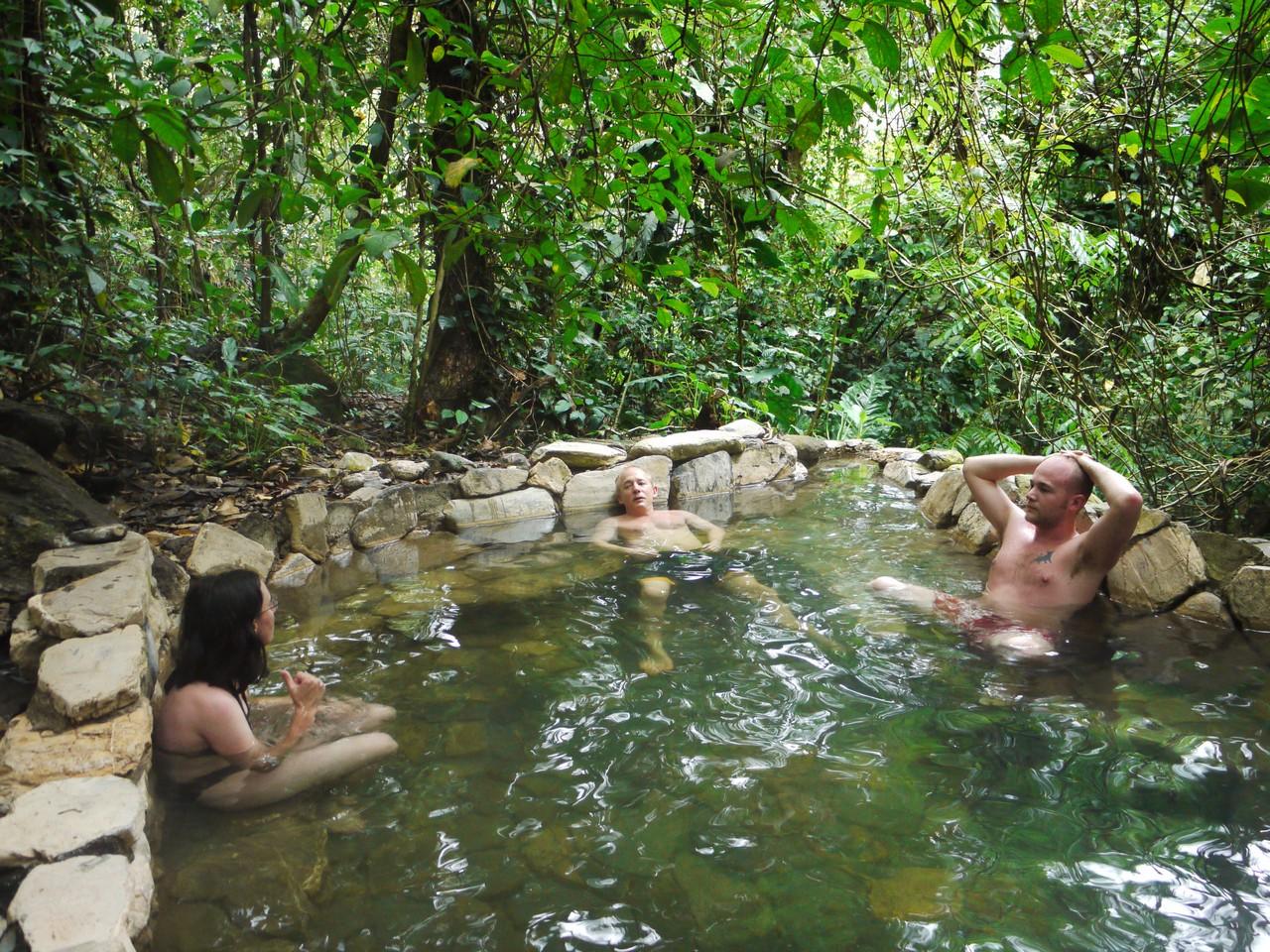 Luna Jaguar hot springs
Luna Jaguar hot springs
In the end, the driver steers off the main road and onto the dirt track leading to D&D, dropping us off right at the entrance. For a second it seemed like he might bust through the gate and drive straight into the swimming pool.
Busing
Most of our travel in these parts is done by bus. Central America isn’t very big, so most trips are just a few hours long, but on occasion we’ve had to spend a large chunk of the day in a seat designed to ferry American children to school back in the eighties. That is, assuming we can get a seat.
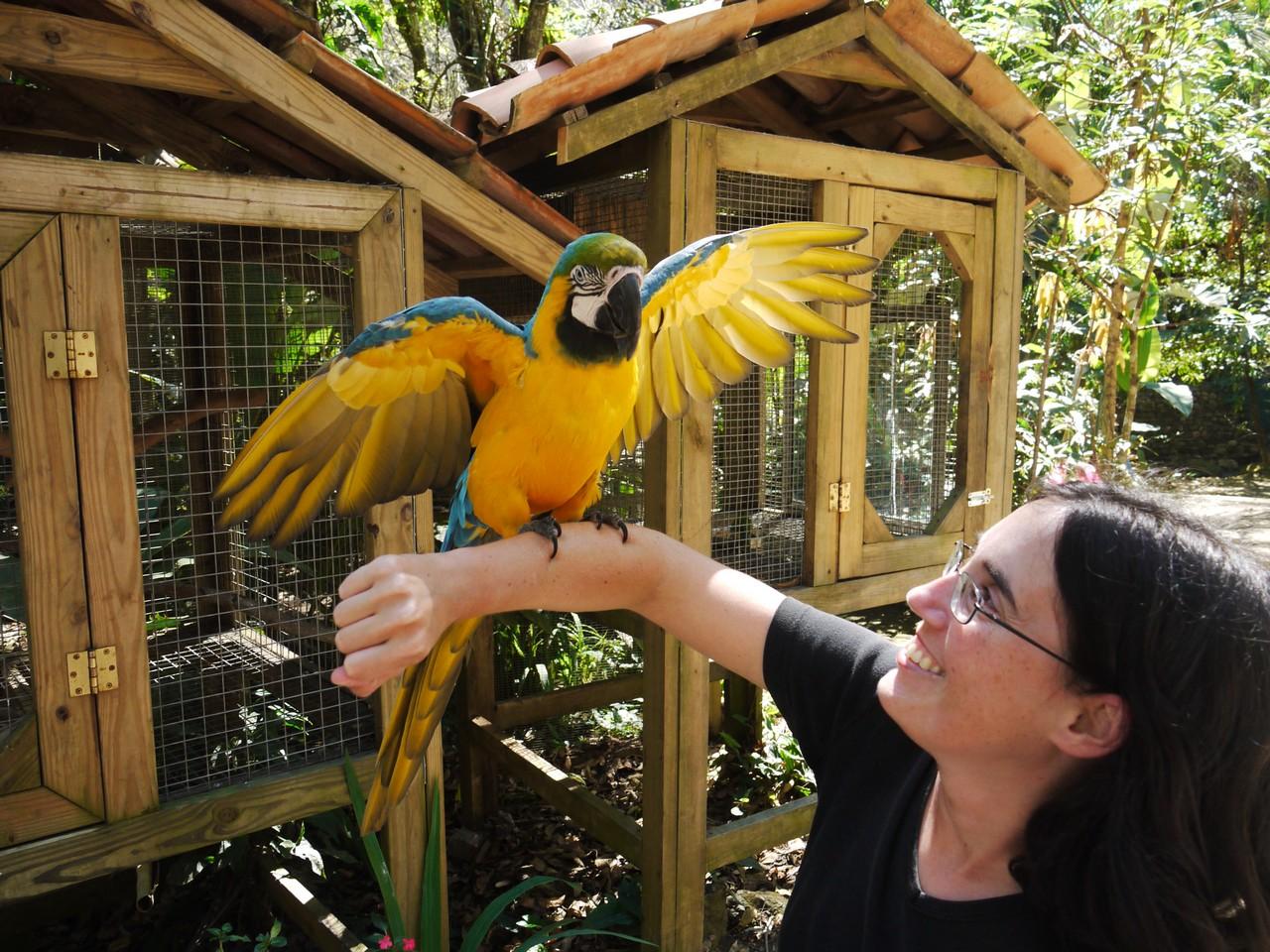 Fun with guacamayas, Macaw Mountain bird park, Copan
Fun with guacamayas, Macaw Mountain bird park, Copan
The bus system is actually very well organized, in a chaotic sort of way. Everyone knows exactly what to do and how to behave. The driver’s job is to drive, and also to sound the horn as deemed necessary (i.e. all the time). The busiest person on the bus is the driver assistant, whose job description includes passenger recruitment, ticket sales, hauling luggage to and from the roof, opening and closing doors and windows, pointing out the correct stop for clueless westerners, and crossing the highway to fetch drinks and snacks for the driver, often while the bus is still in motion. In addition, no chicken bus would be complete without a rotating crowd of vendors traversing the aisle with banana chips, or coconut water, or cookies, and so forth.
When the bus becomes crowded (which is always), the passengers will often sit three to a side. The seating was designed to accommodate two children, which means the third person will have a small slice of their bum on the seat and the rest in the air. The buses are a personal-space-free zone: the manoeuvres required to get on or off would probably qualify as sexual assault in some countries. Yet no one ever gets mad or starts a fight, and everyone makes it to their destination, eventually.
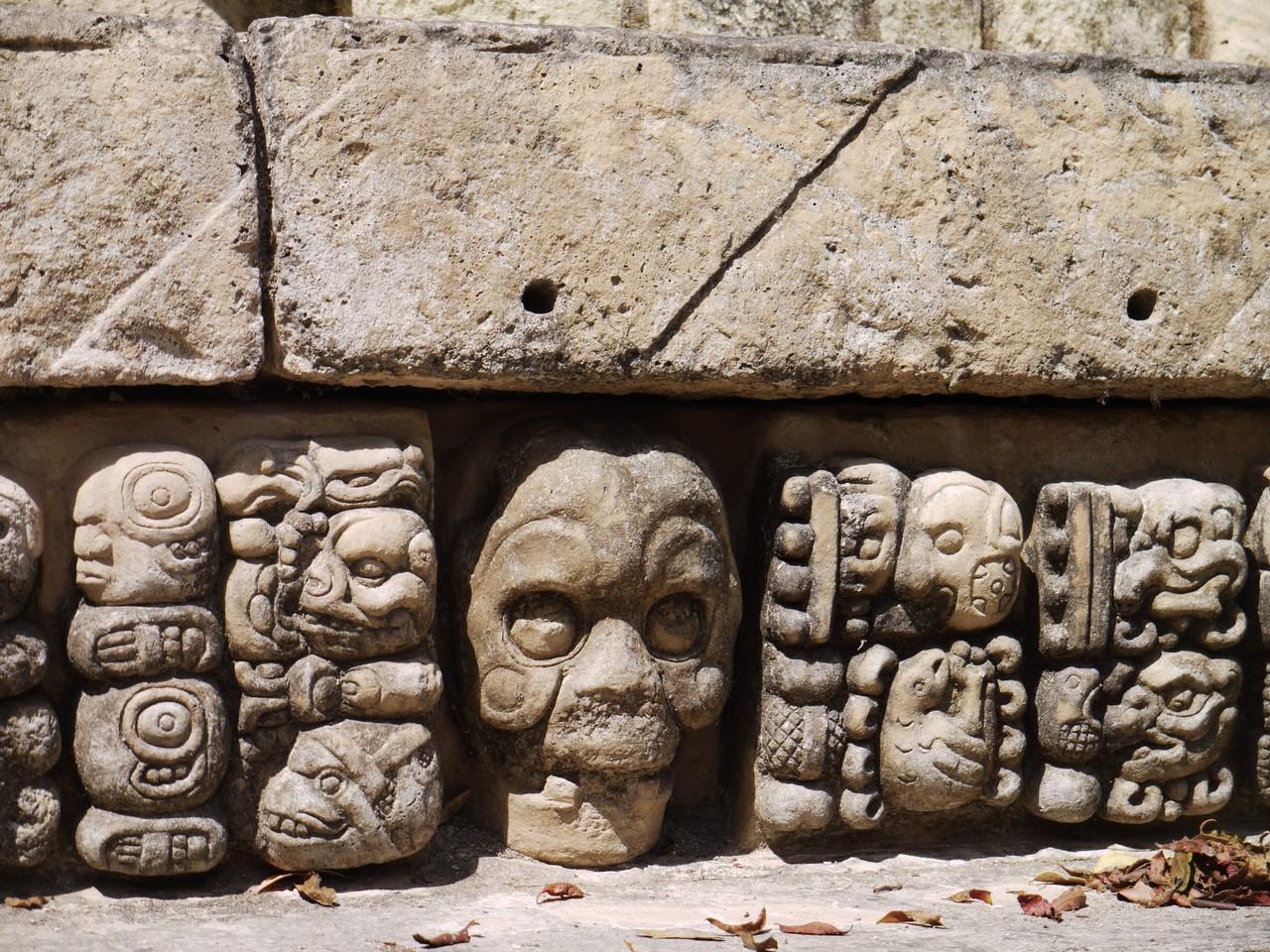 Ruins of Copan
Ruins of Copan
The following poem, published(?) a few years ago at Lago Atitlan, captures the essence of chicken-bus travel. Somehow it never went mainstream, but it did find its way into a Guatemalan Master’s thesis in anthropology titled “Spiritual Tourism in Postmodern Times”. Enjoy!
CHICKEN BUS
by Dave
Wake up early shining shoes, afternoon I sell cashews
All day long in the park I work my ass off dawn ‘til dark
Time to go home I don’t make no fuss I take that..
Chicken Bus
Sixty makin’ room for more, people hanging out the door
I ain’t got no seat…who’s steppin’ on my feet?!
I grab on to the bar I scream and cuss I’m on that..
Chicken Bus
Baby screamin’ at the gringo, throw your trash right out the window
Pay the man twenty Q, all the locals just pay TWO
You got ripped off I guess you must be on that..
Chicken Bus
Learn to sleep while I stand, open my eyes here comes a van,
Oh my God we’re gonna die, ”Jesus con Migo” we survive
Can’t believe I nearly bit the dust on that..
Chicken Bus
Guate Guate, Pana too, Chichi Chichi we love you,
May be chickens, may be none, but getting there is half the fun
Where it stops you can’t discuss you’re on that..
Chicken Bus
Hey amigo, cuanto cuesta? Por favor no me molesta!
Un buen precio para ti, mas dinero para mi,
No sabemos donde vas, pero estamos en el
Chicken Bus!!
(thanks to Guy Levit, who forwarded us this little gem back in the days when we didn’t know a tortilla from a tortuga)
More photos from Honduras here.
 Boquete fairground
Boquete fairground
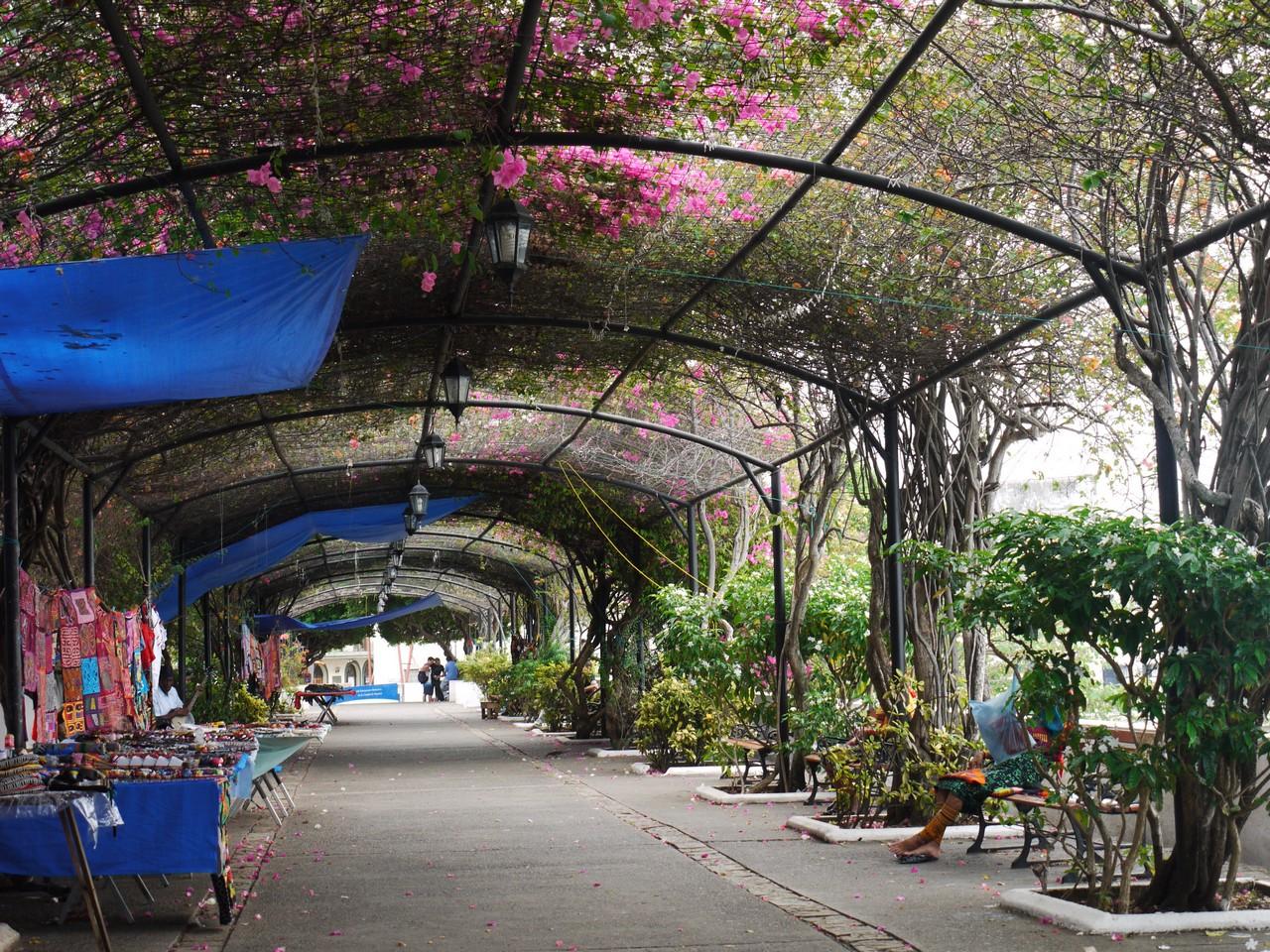 Casco Viejo, Panama City
Casco Viejo, Panama City
 Miraflores locks, Panama canal
Miraflores locks, Panama canal
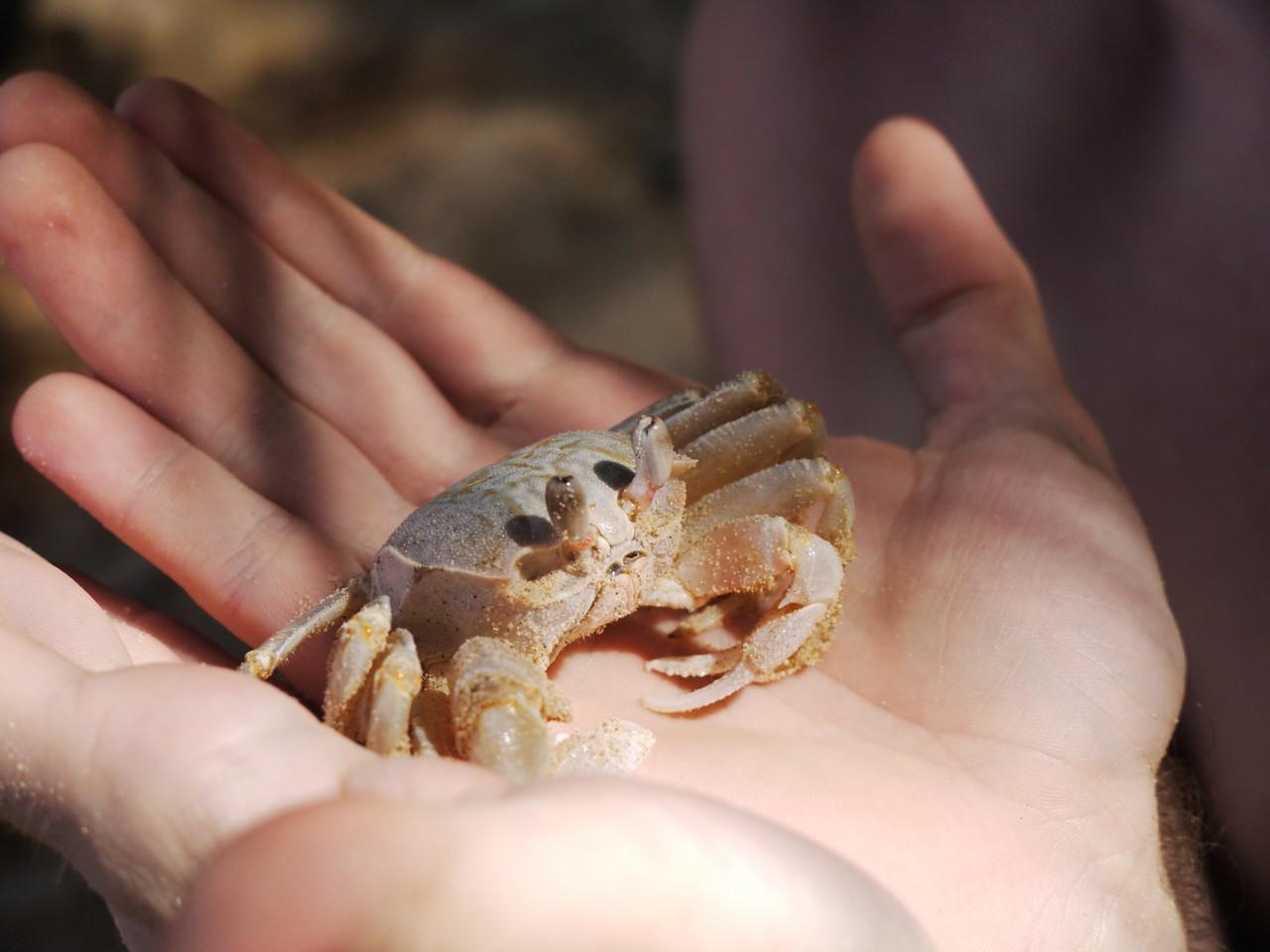 Annoying the locals on Isla Bolaños, Gulf of Chiriquí
Annoying the locals on Isla Bolaños, Gulf of Chiriquí
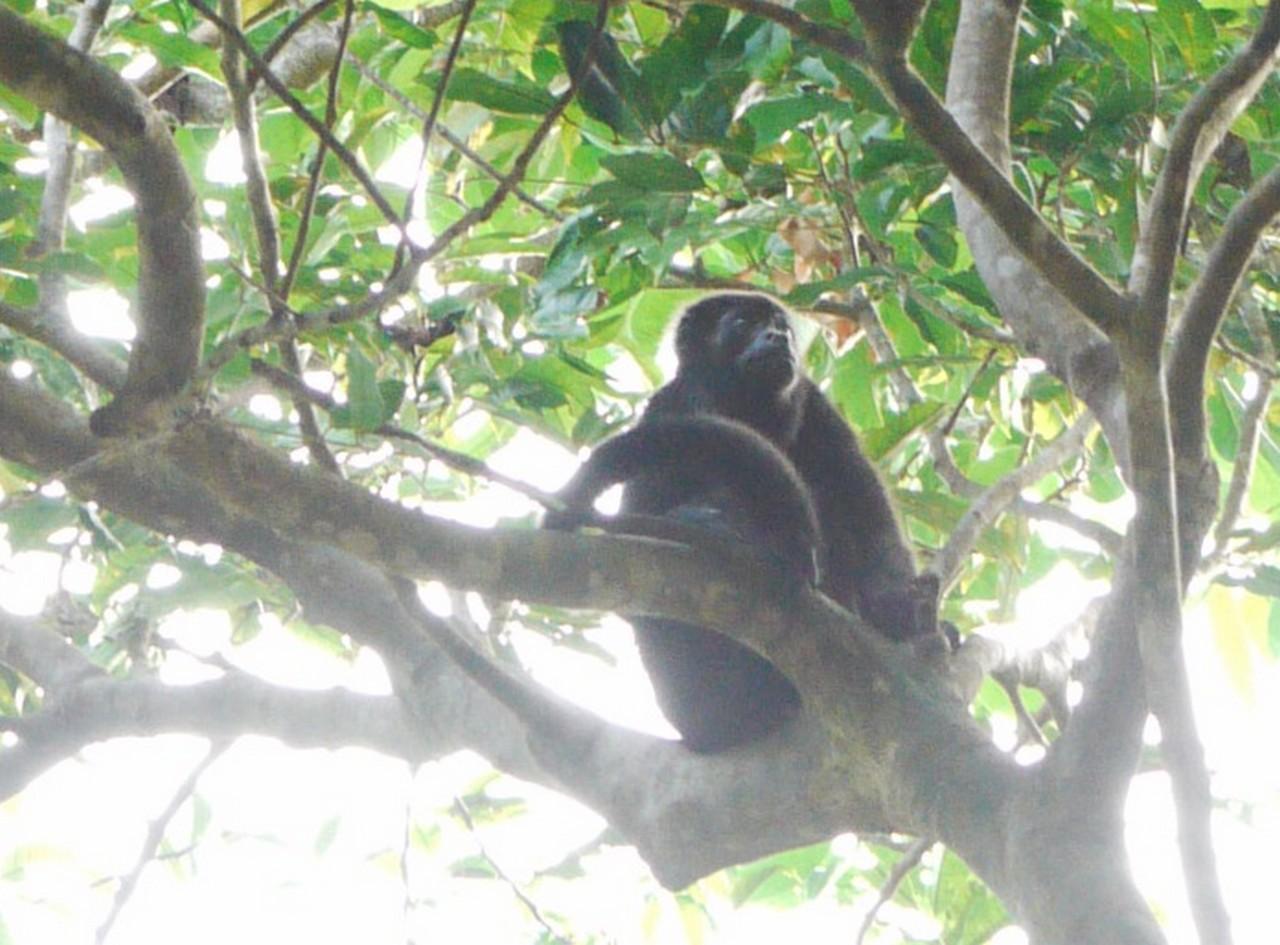 Howler monkey, Boca Brava
Howler monkey, Boca Brava
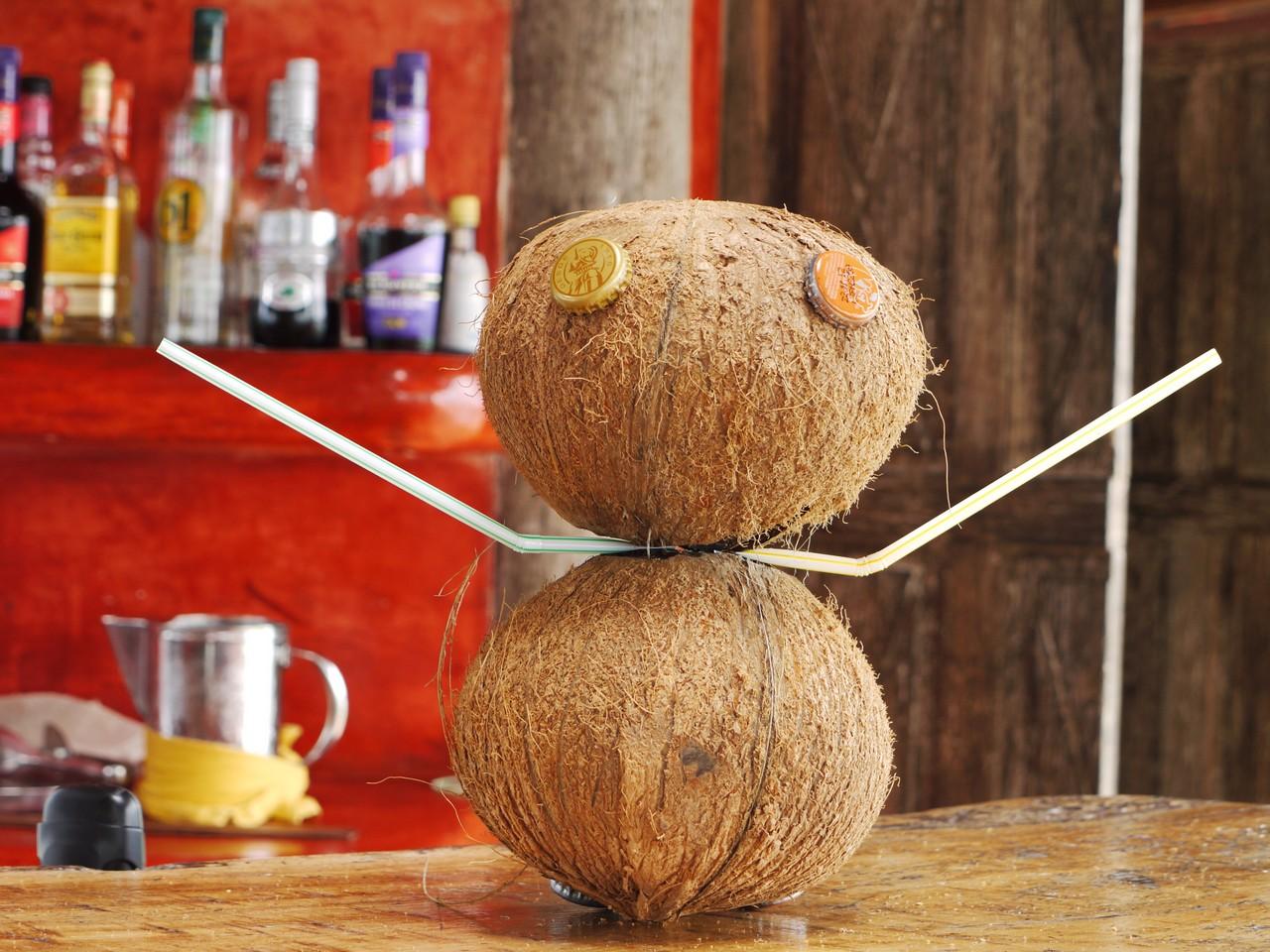 Making art with local materials, at the bar in Cala Mia resort, Boca Brava
Making art with local materials, at the bar in Cala Mia resort, Boca Brava
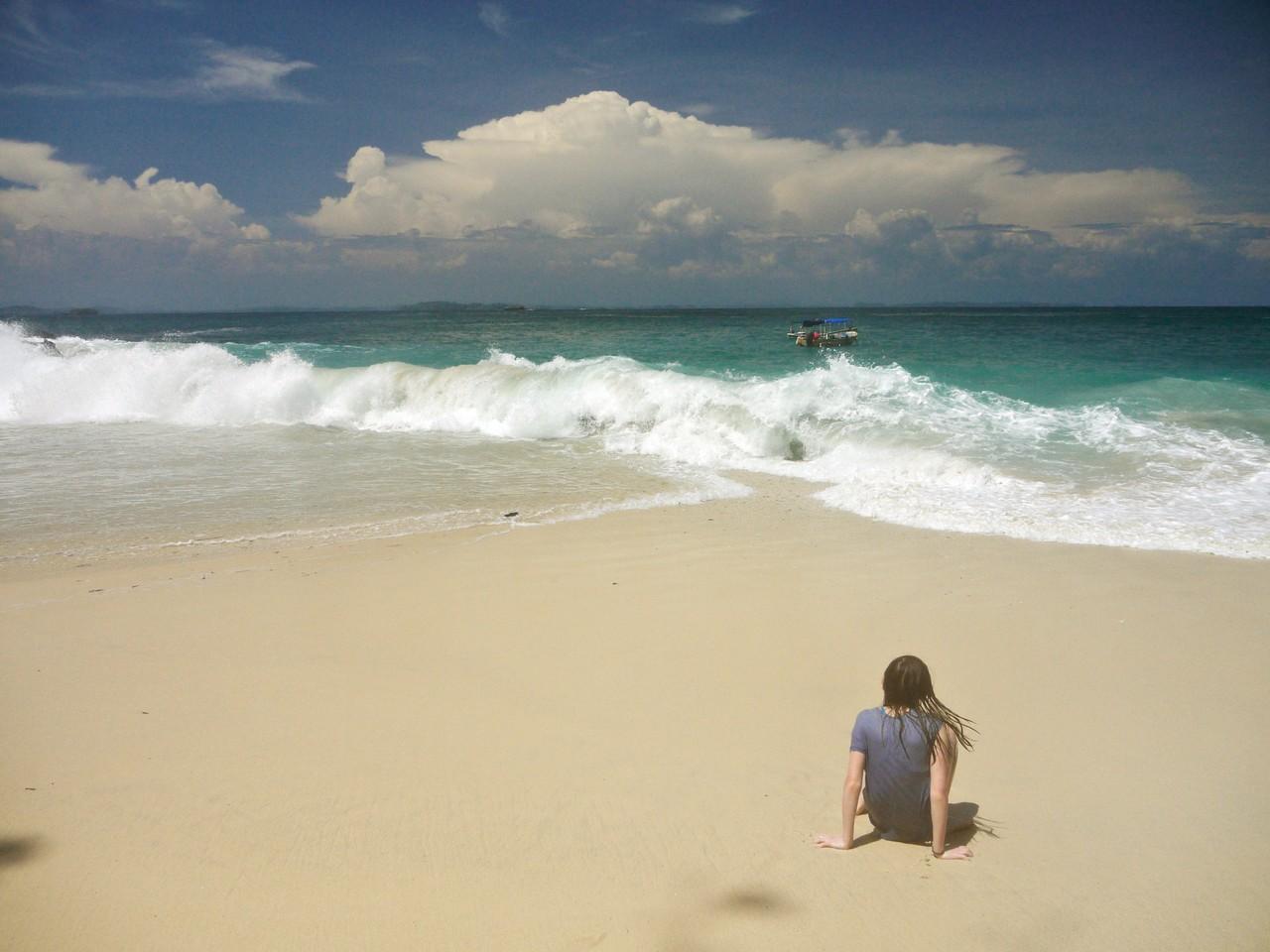 Isla Bolaños
Isla Bolaños
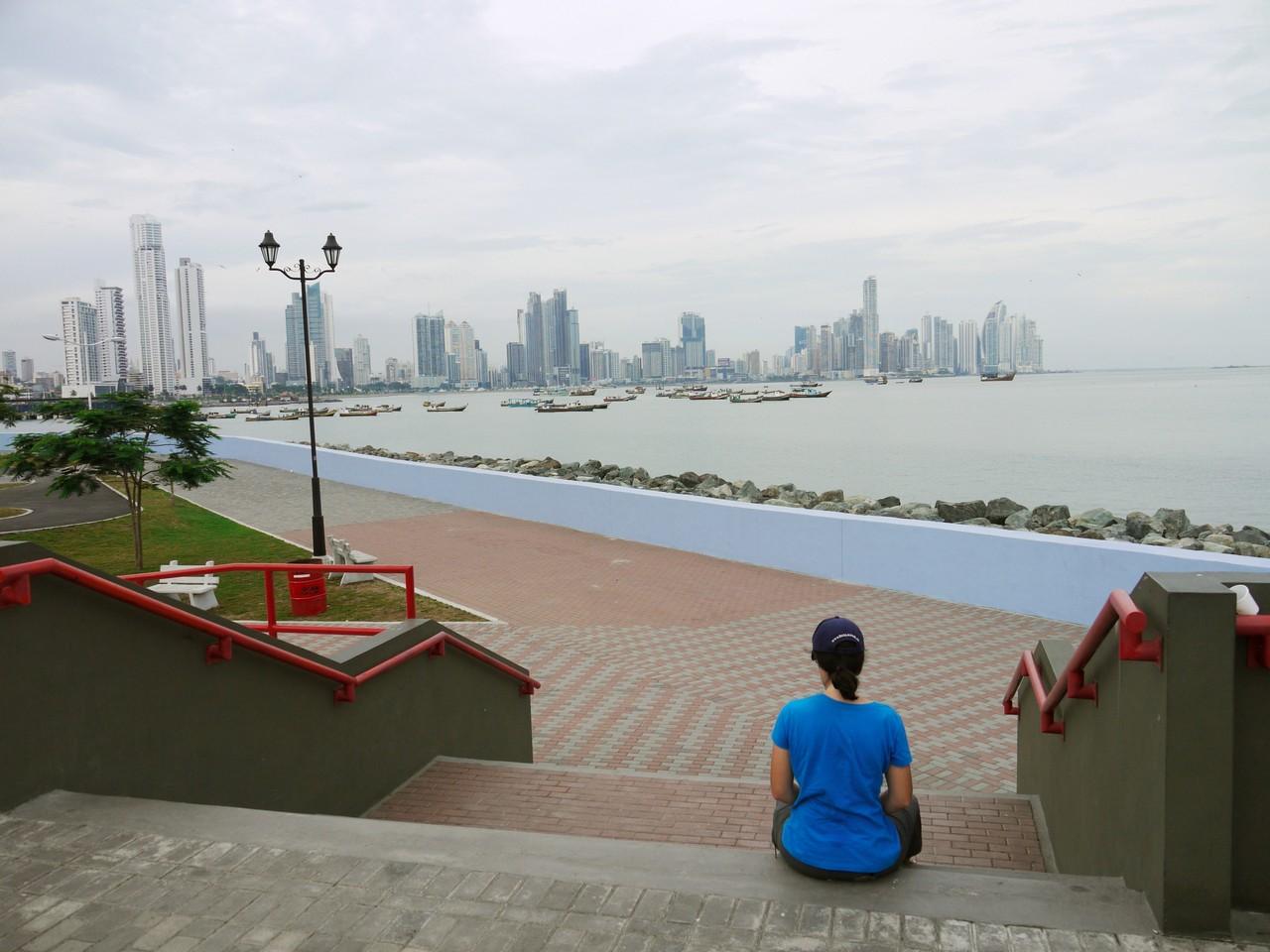 Panama City's banking district, view from the cinta costera
Panama City's banking district, view from the cinta costera
 Ceviche at the fish market, Panama City
Ceviche at the fish market, Panama City
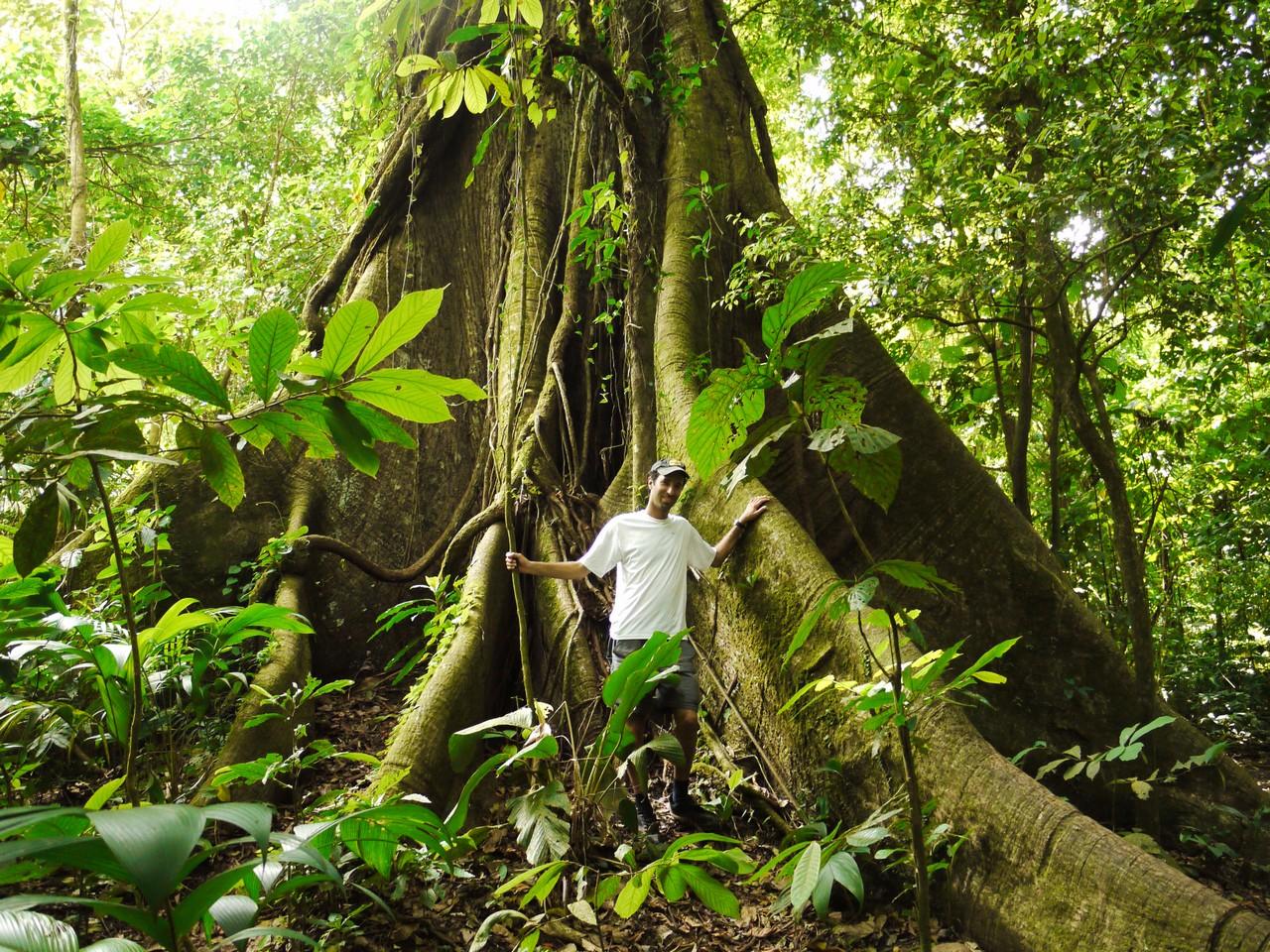 Ceibo tree, Parque Nacional Volcan Arenal
Ceibo tree, Parque Nacional Volcan Arenal
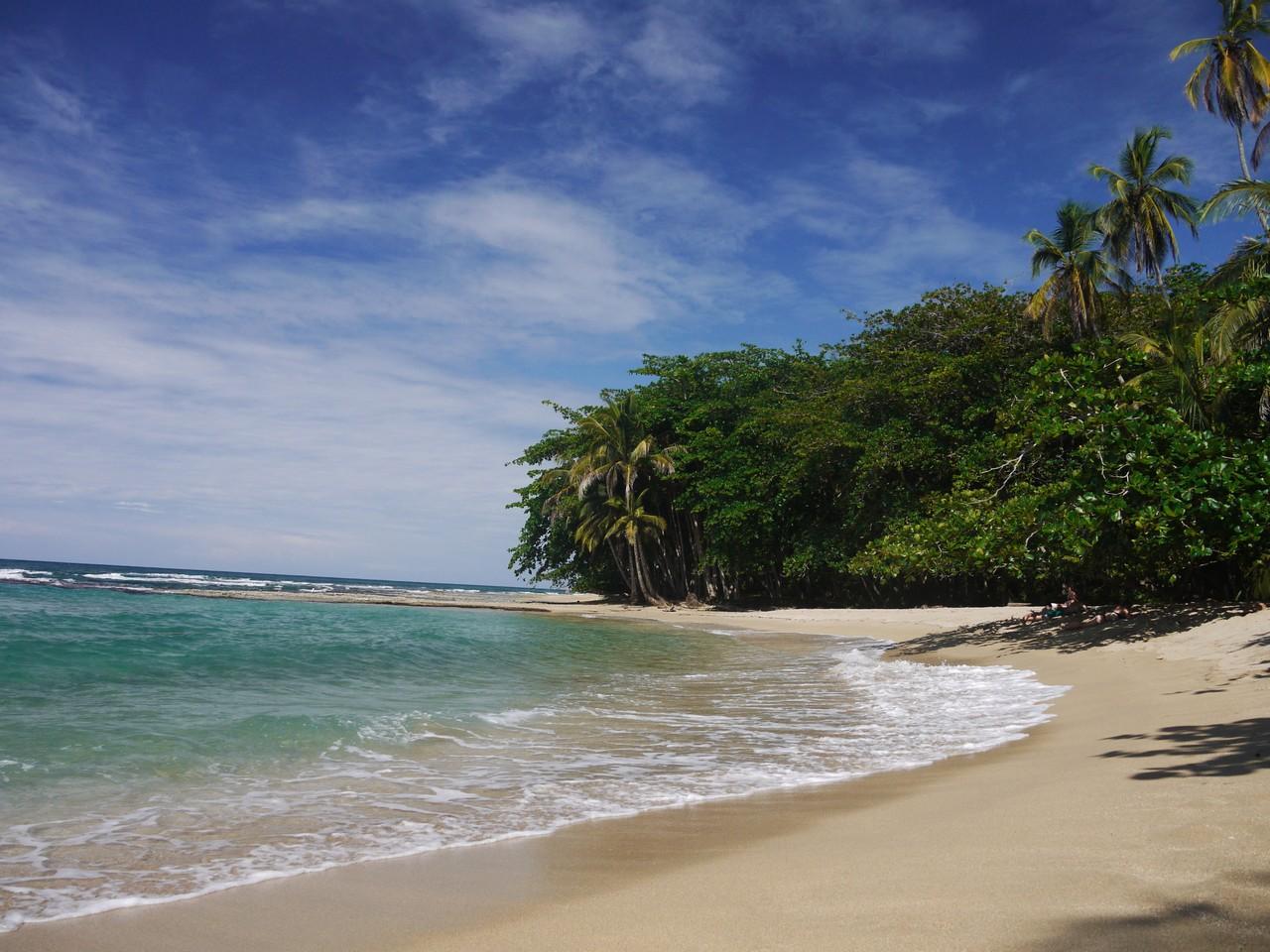 Playa Chiquita, near Puerto Viejo
Playa Chiquita, near Puerto Viejo
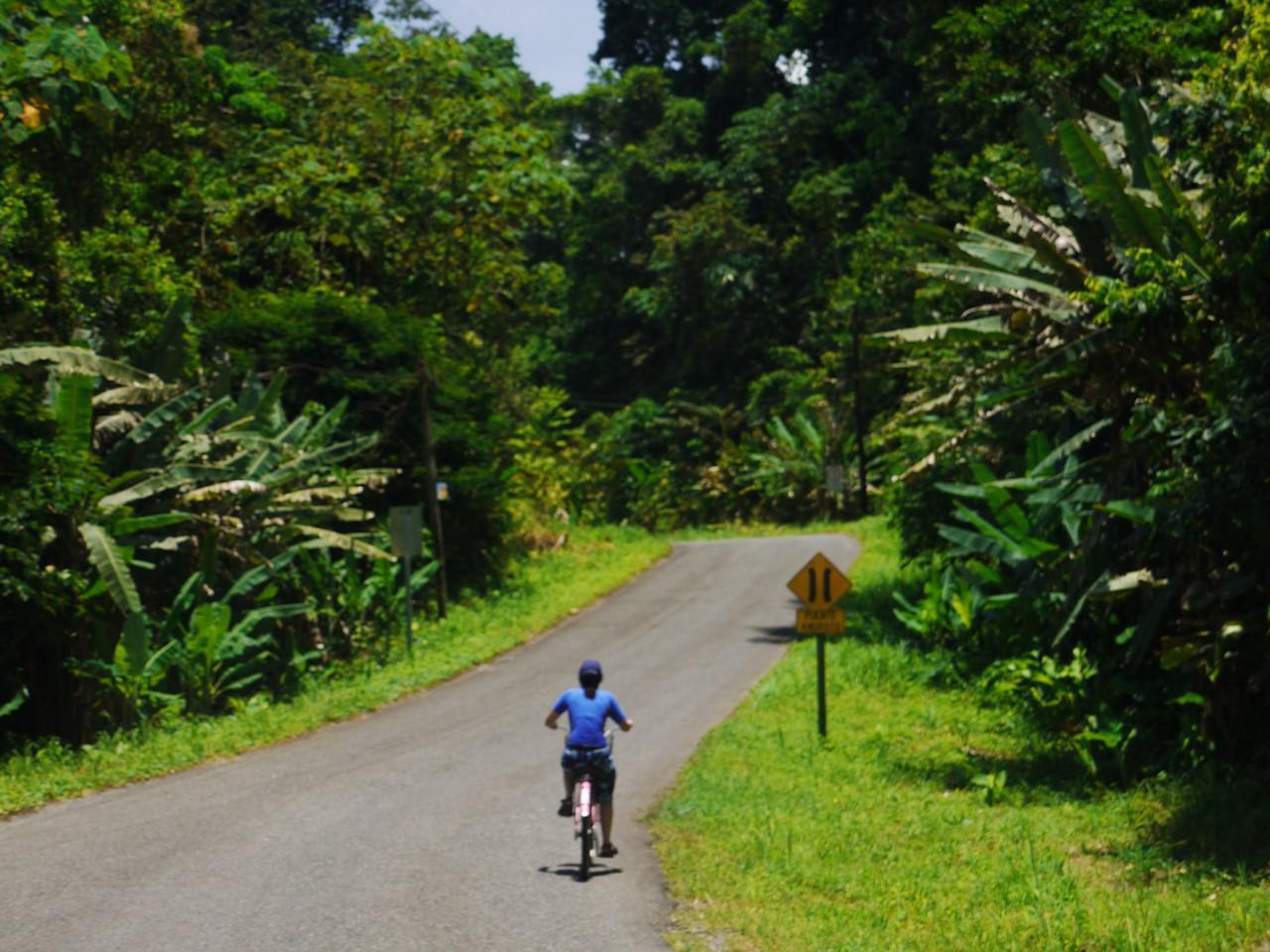 Road to Manzanillo
Road to Manzanillo
 Volcan Arenal
Volcan Arenal
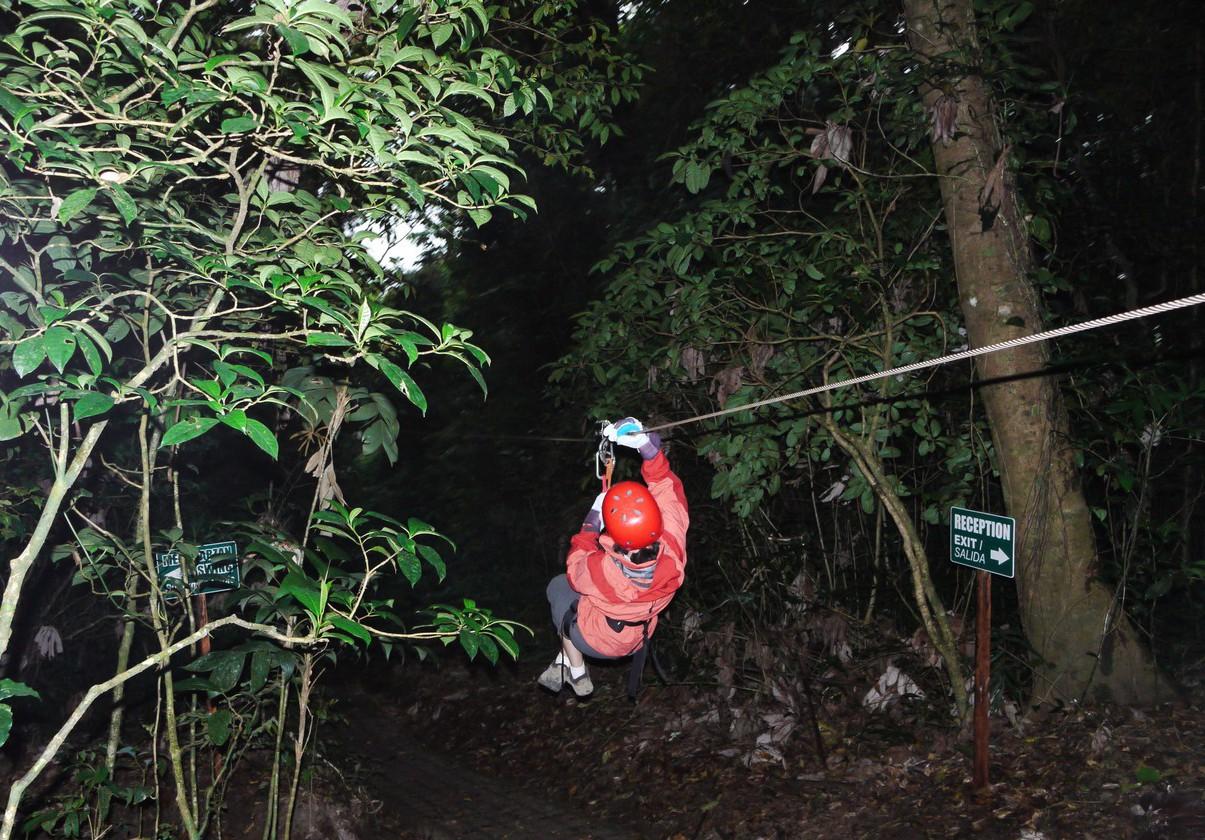 Canopy tour, Monteverde
Canopy tour, Monteverde

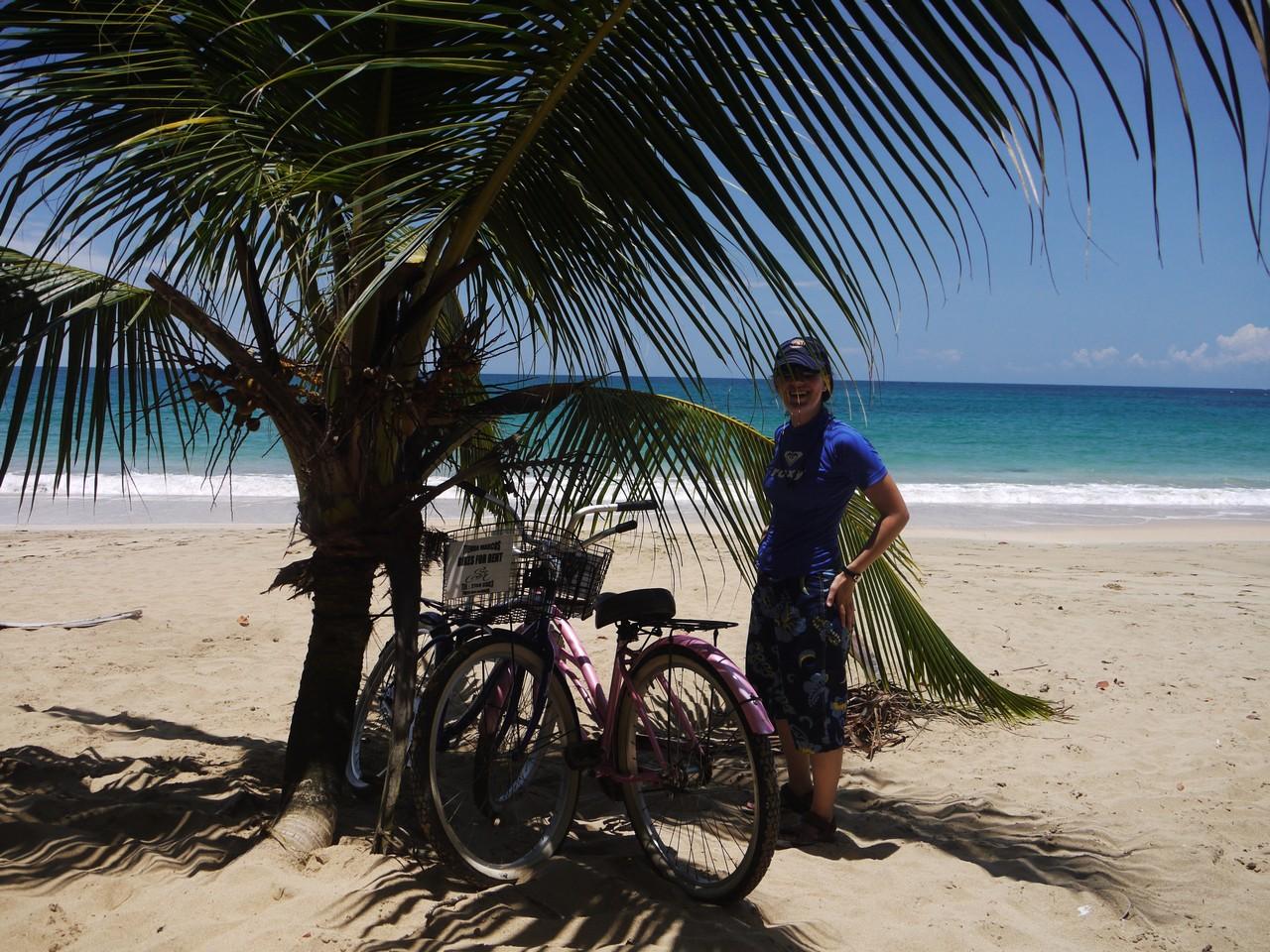 Playa Uva, near Puerto Viejo
Playa Uva, near Puerto Viejo
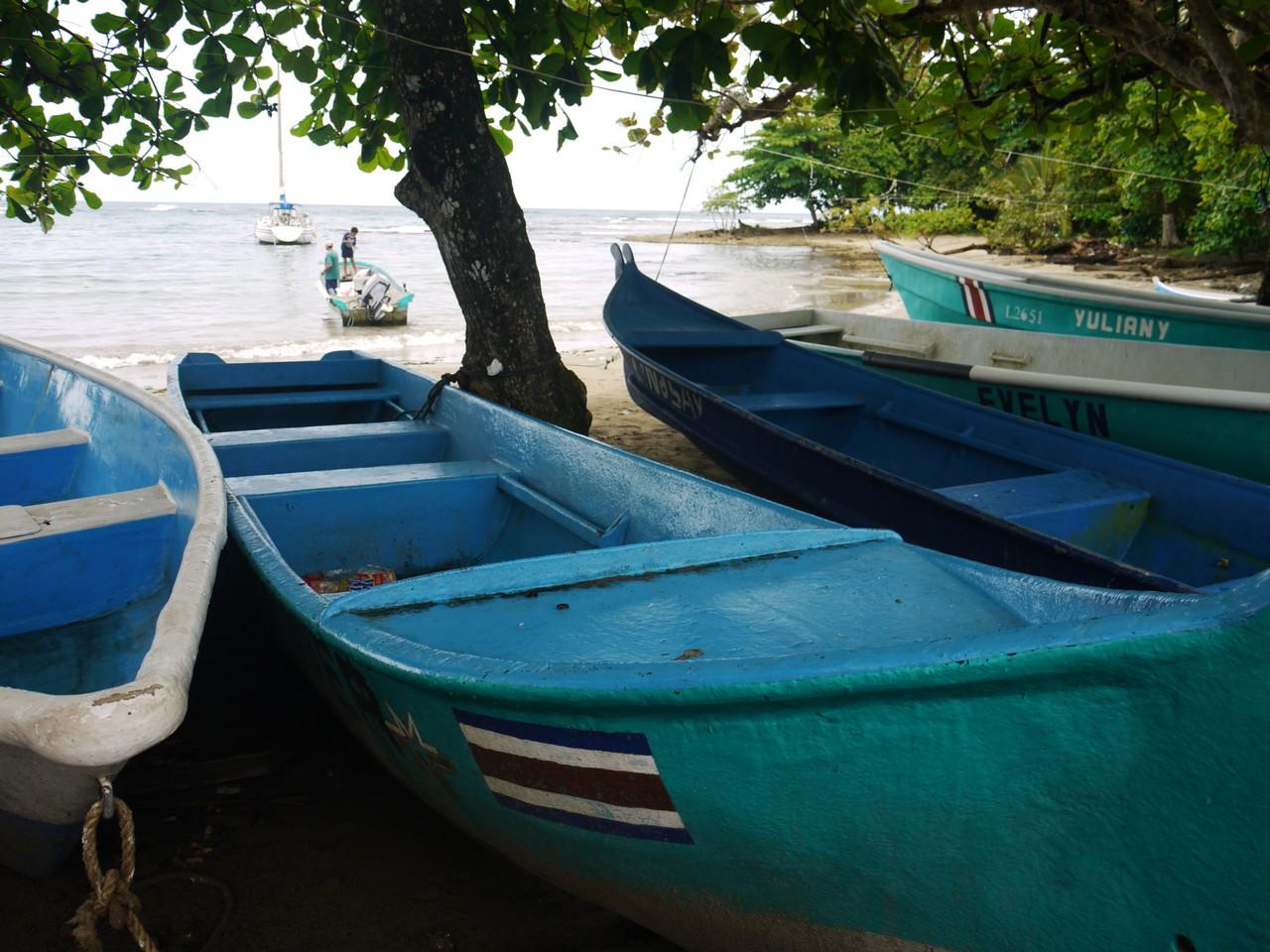 Puerto Viejo
Puerto Viejo
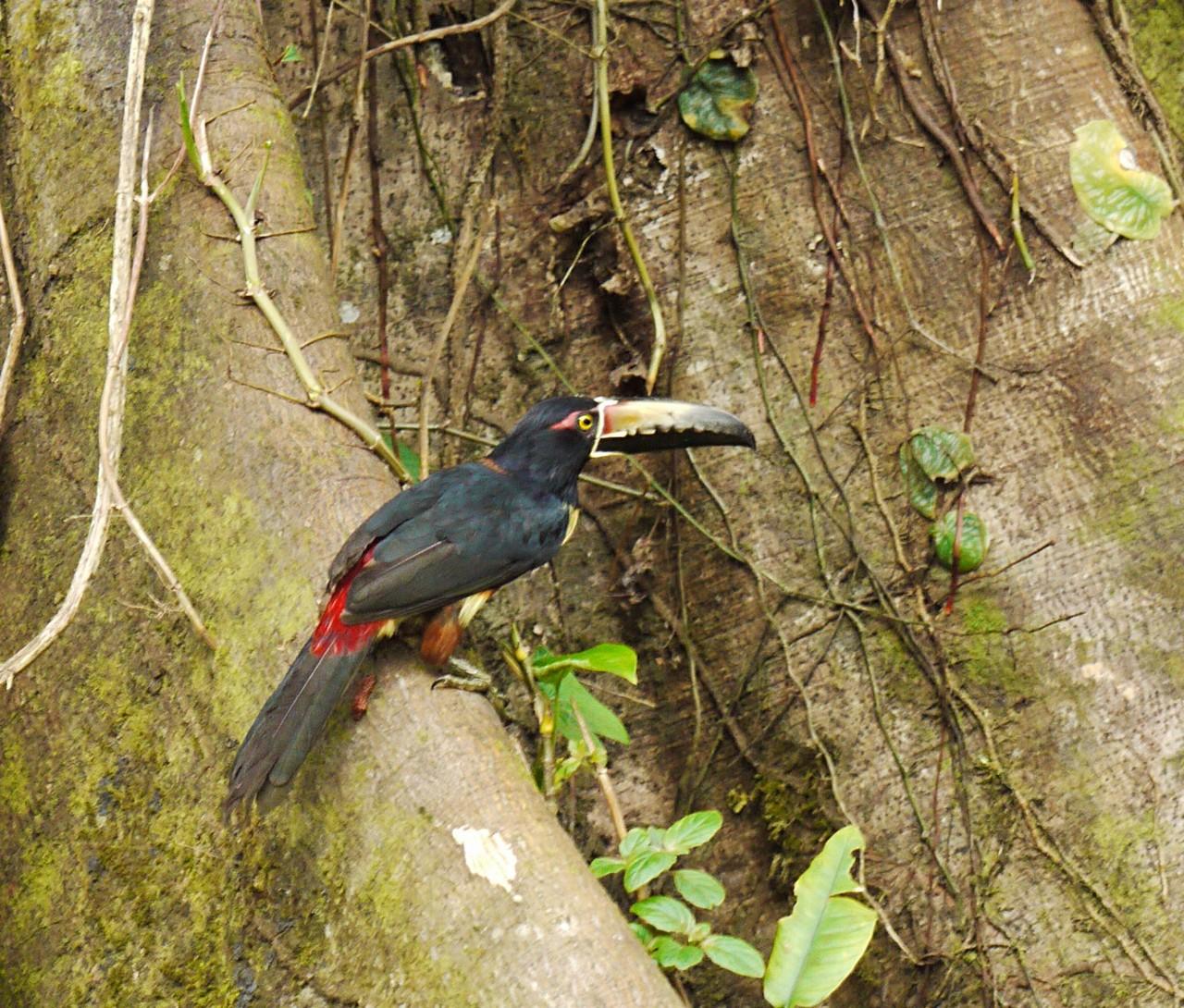
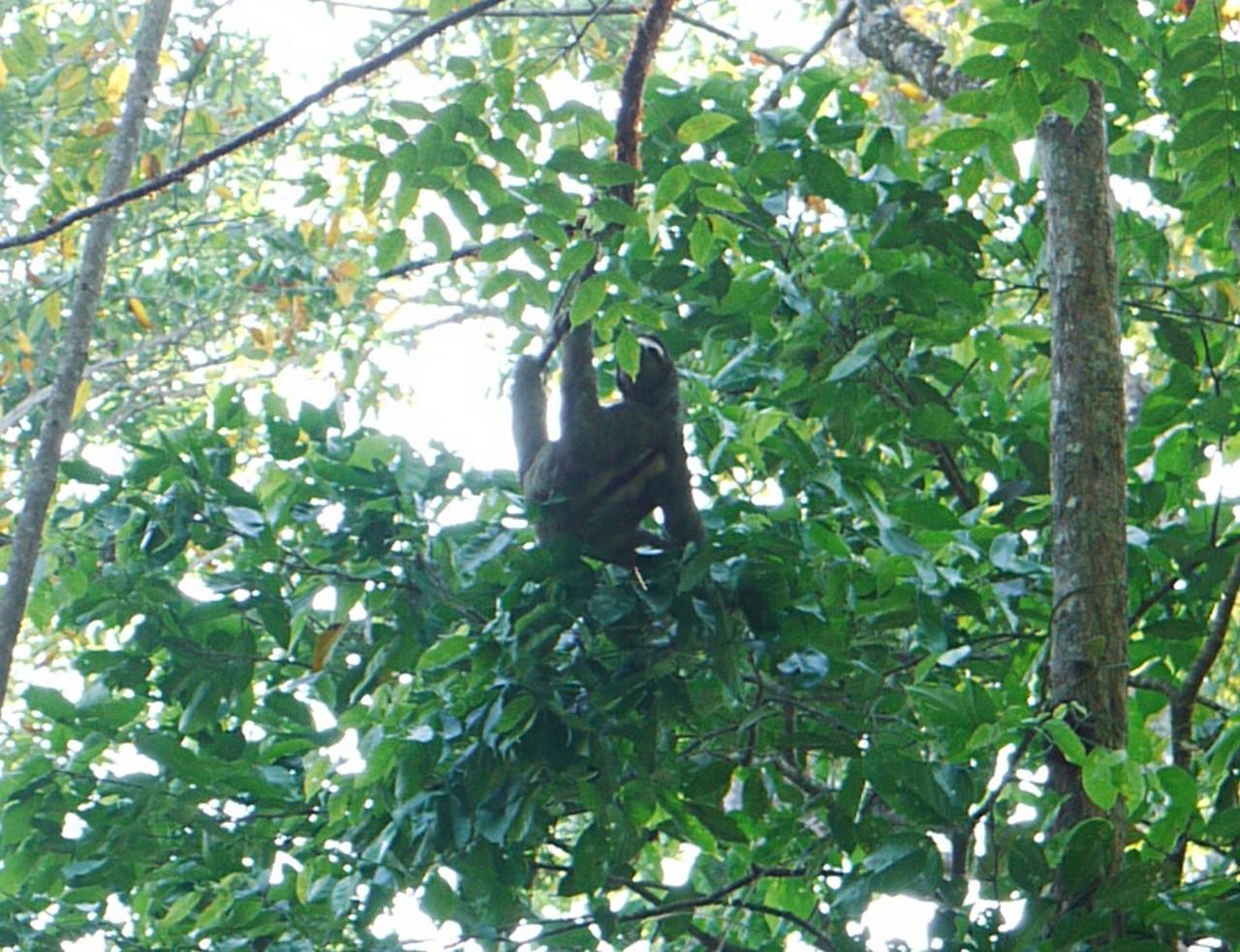
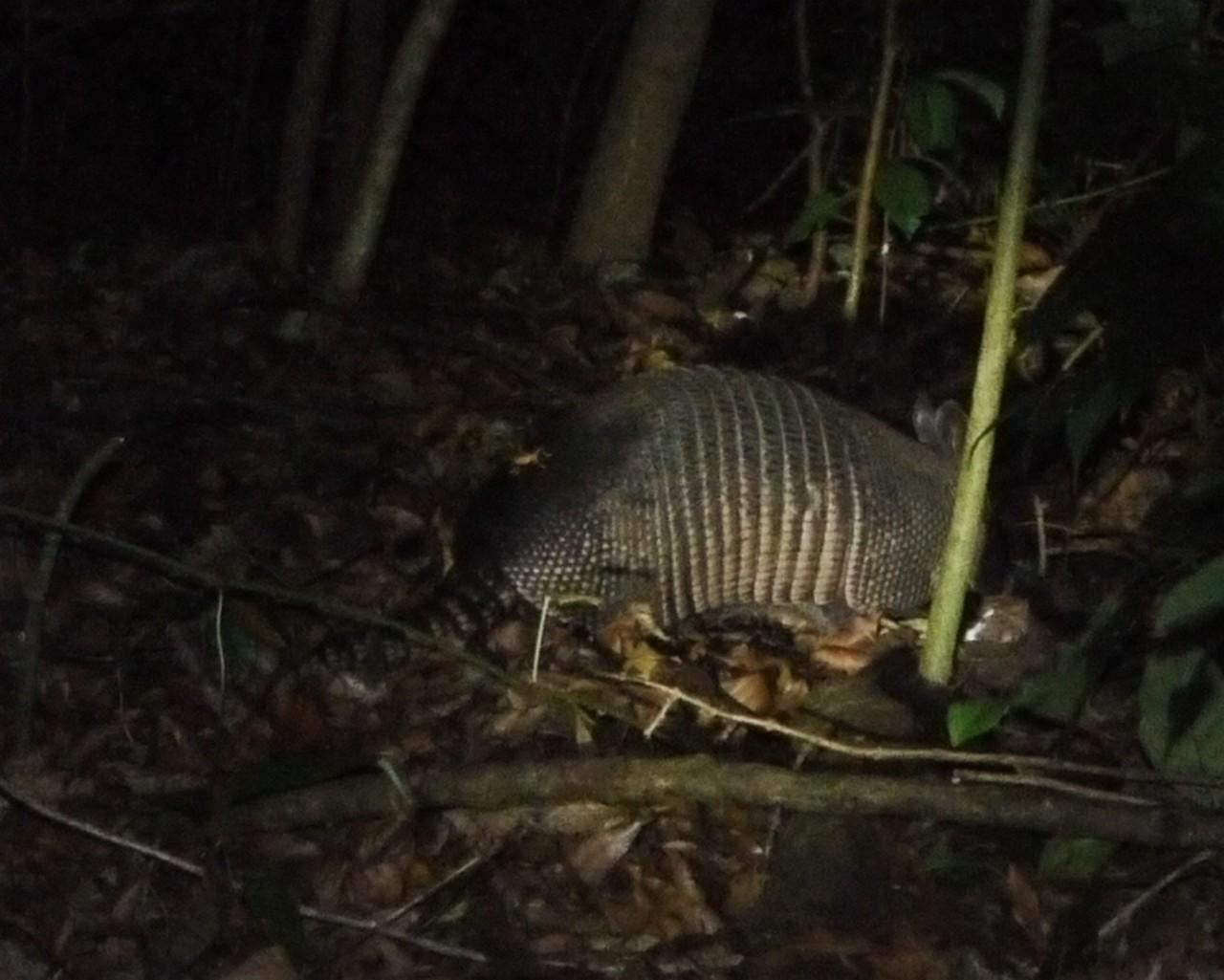
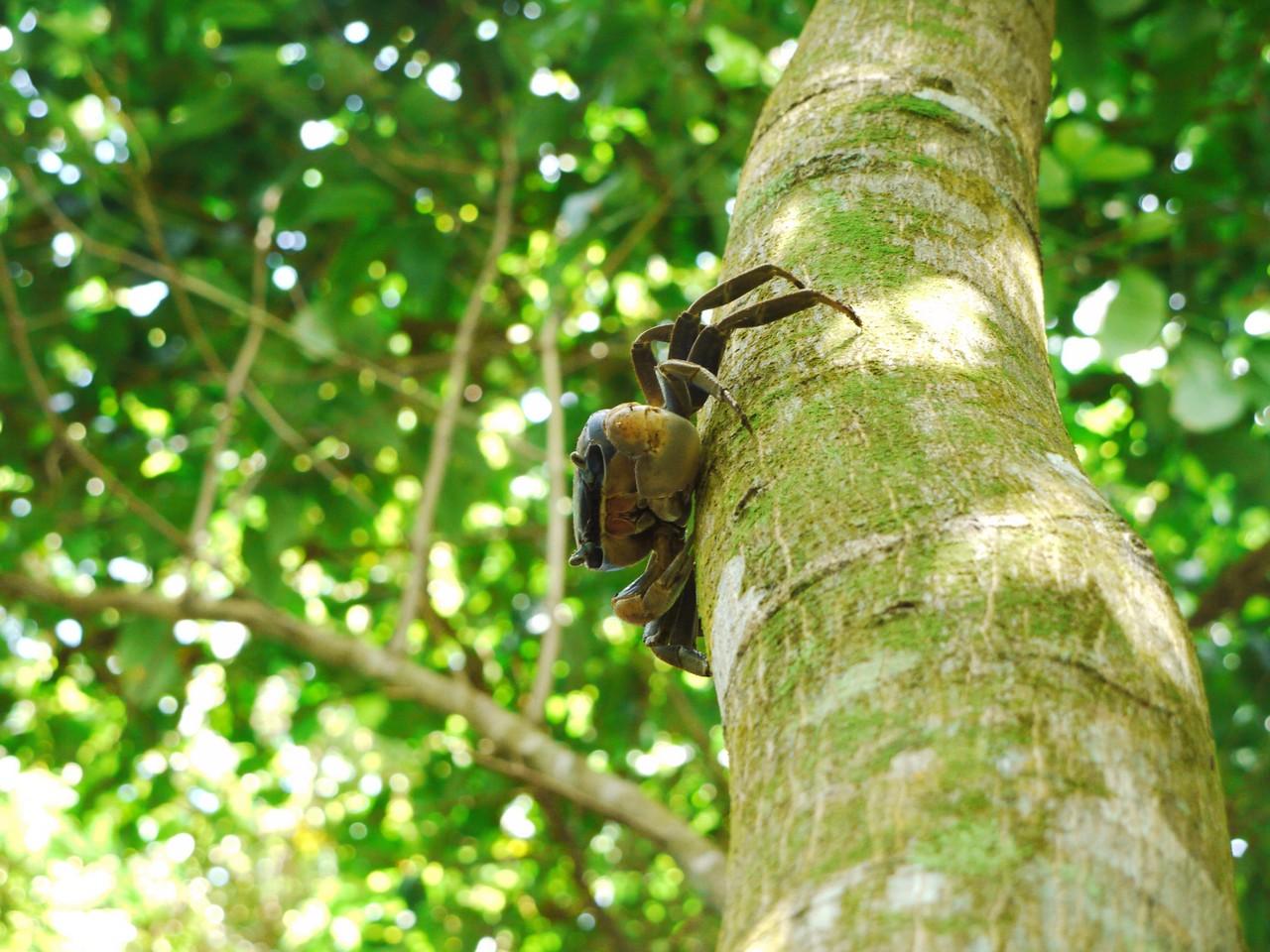
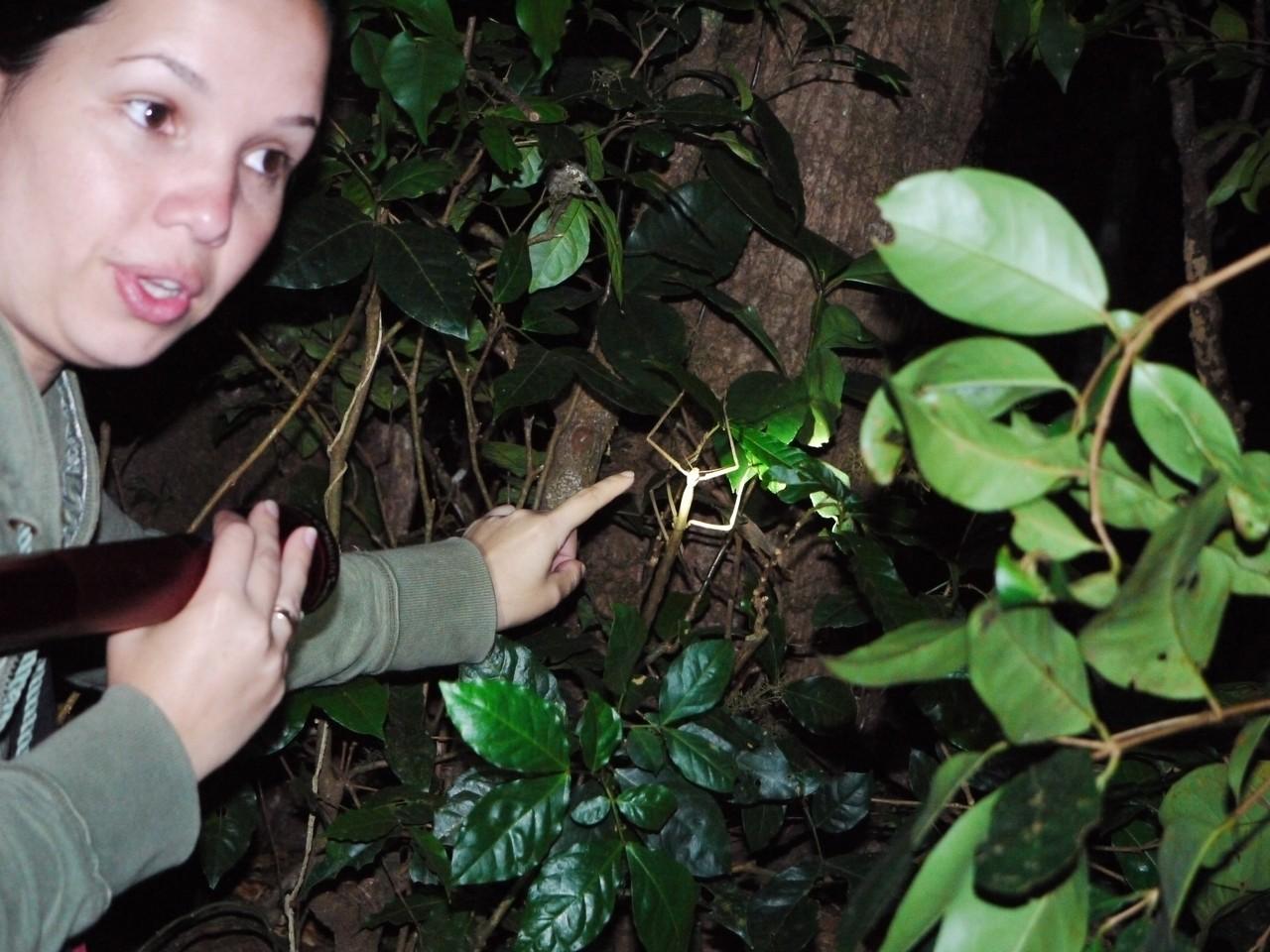

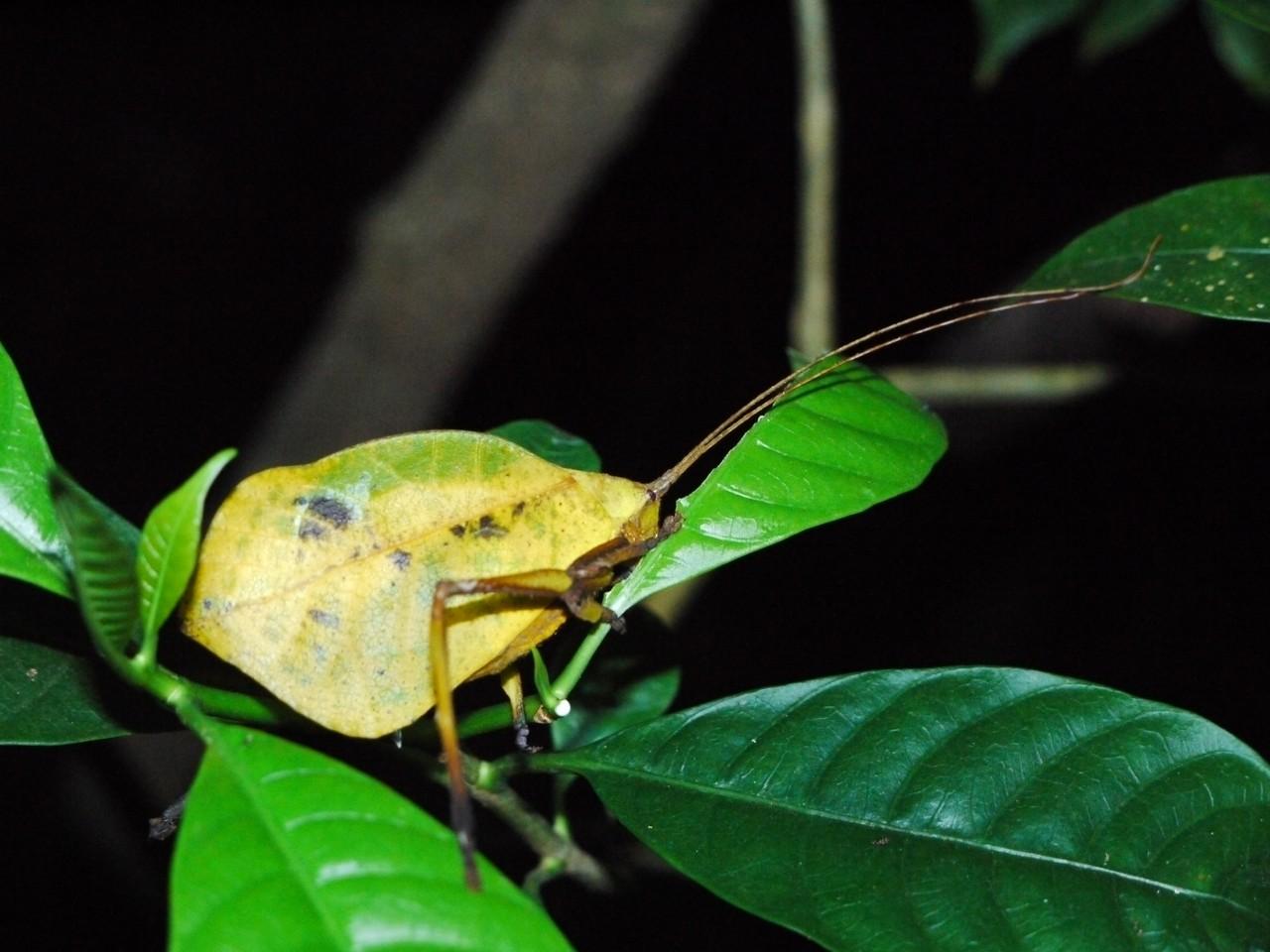
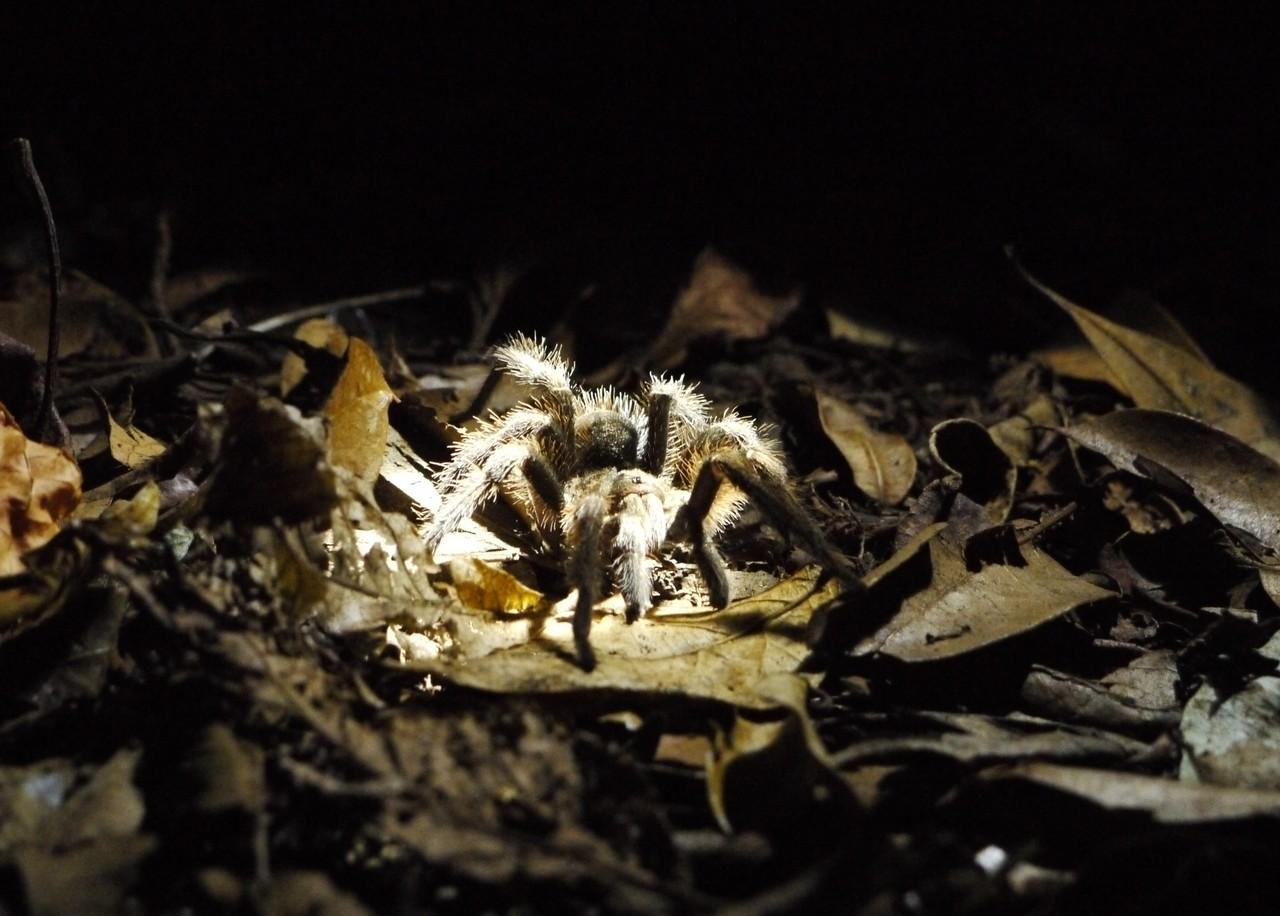
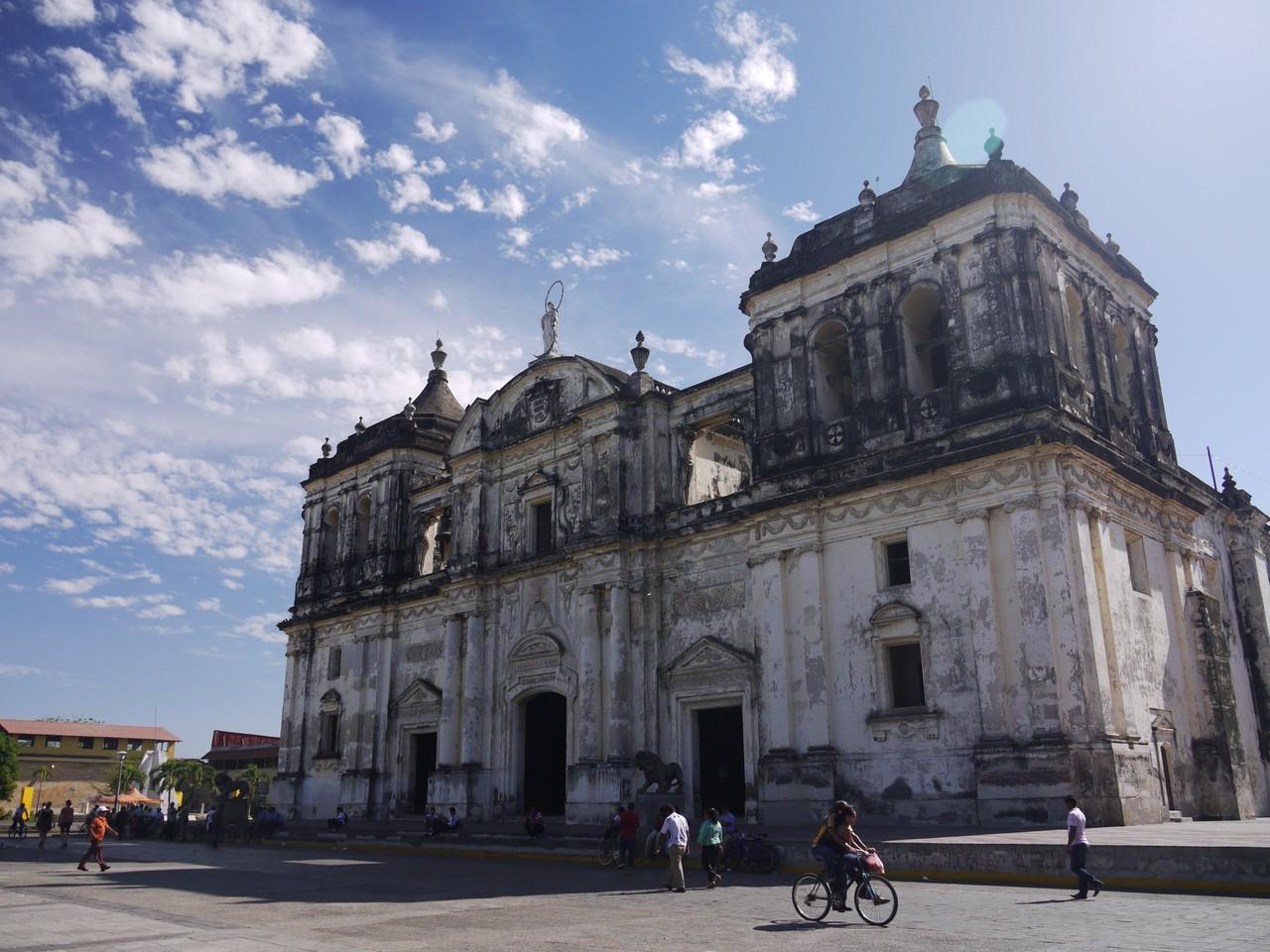 Cathedral in Leon
Cathedral in Leon
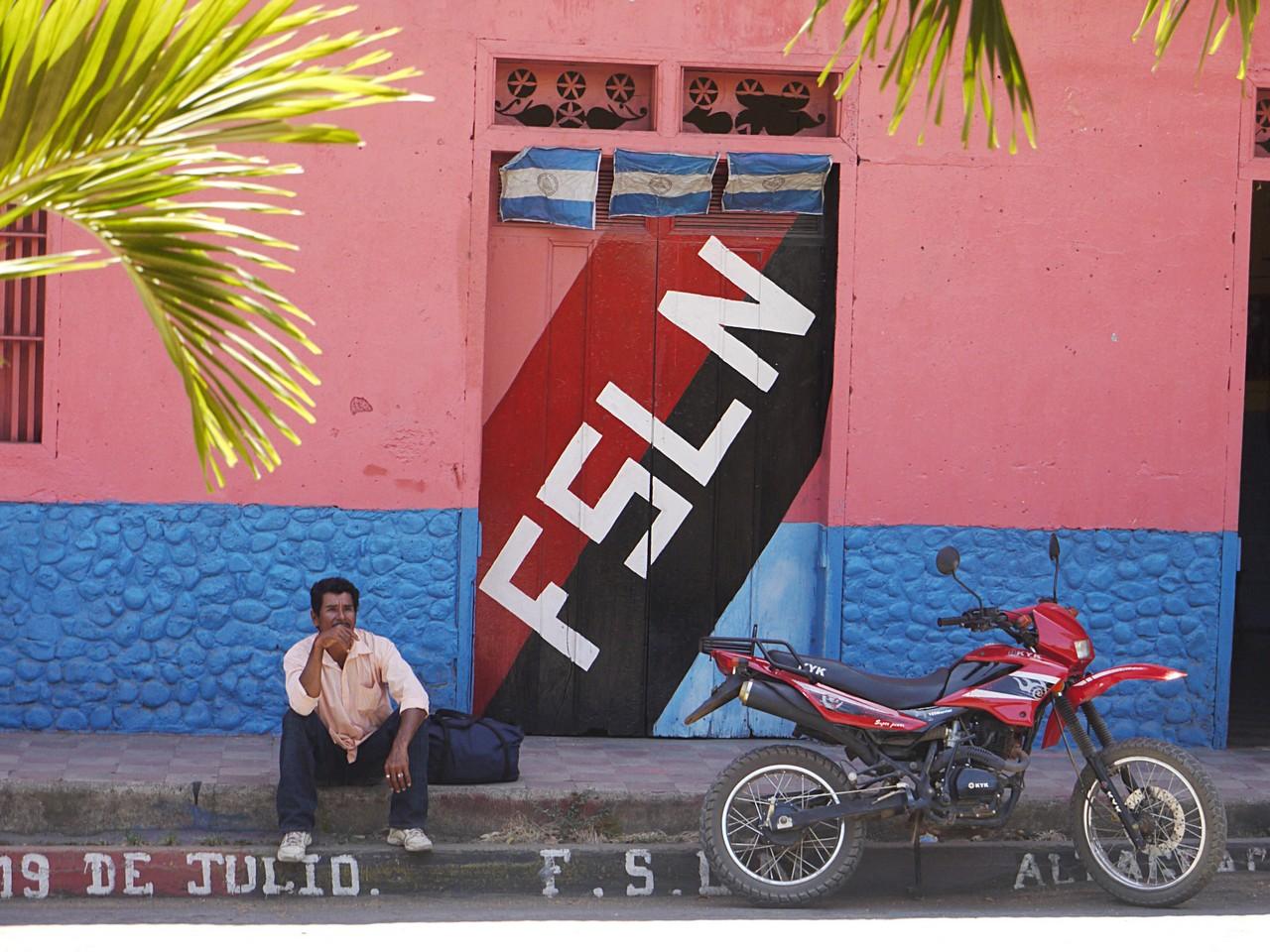 Sandinista banner, Isla de Ometepe
Sandinista banner, Isla de Ometepe
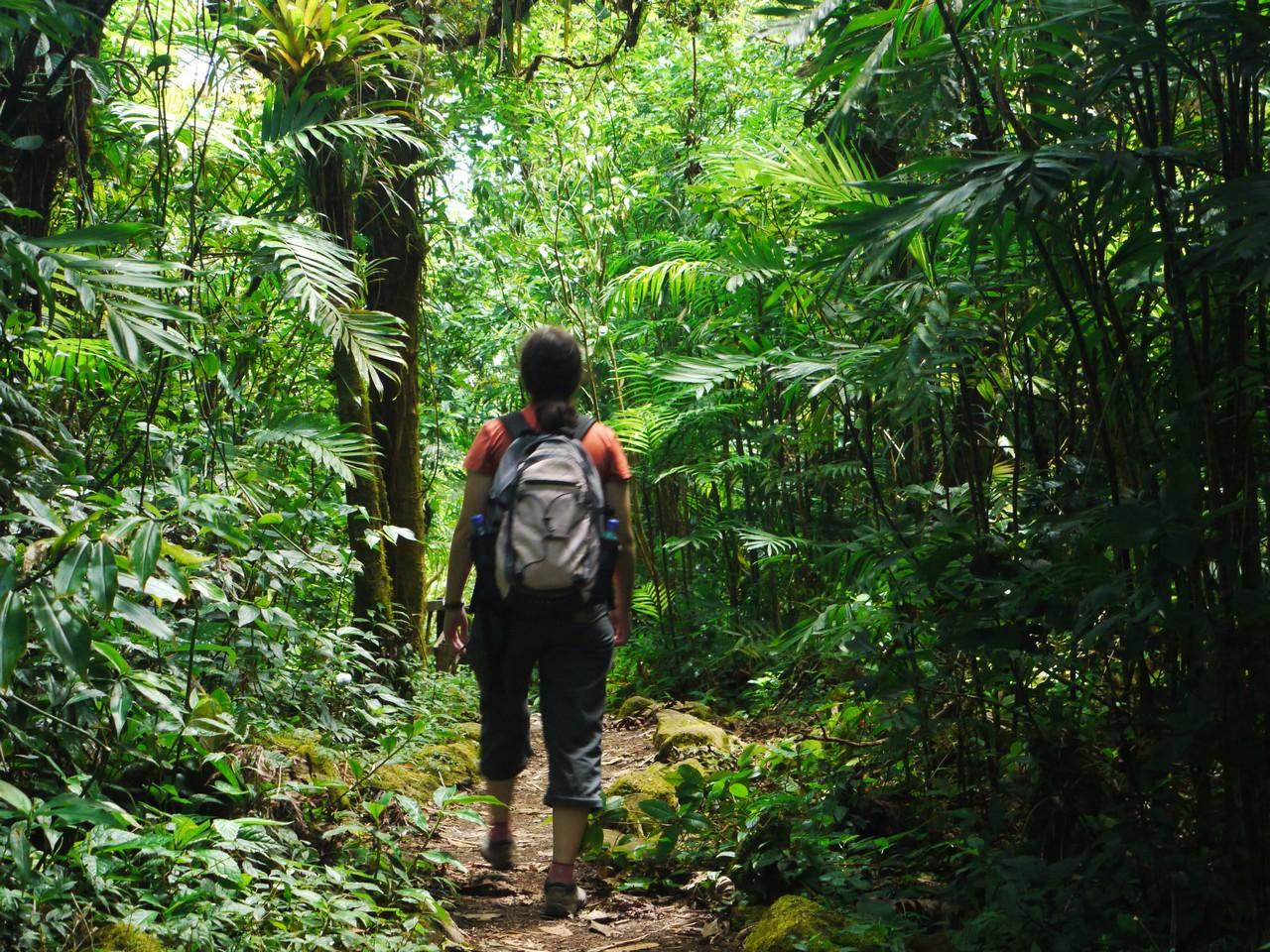 Cloud forest, volcan Mombacho
Cloud forest, volcan Mombacho
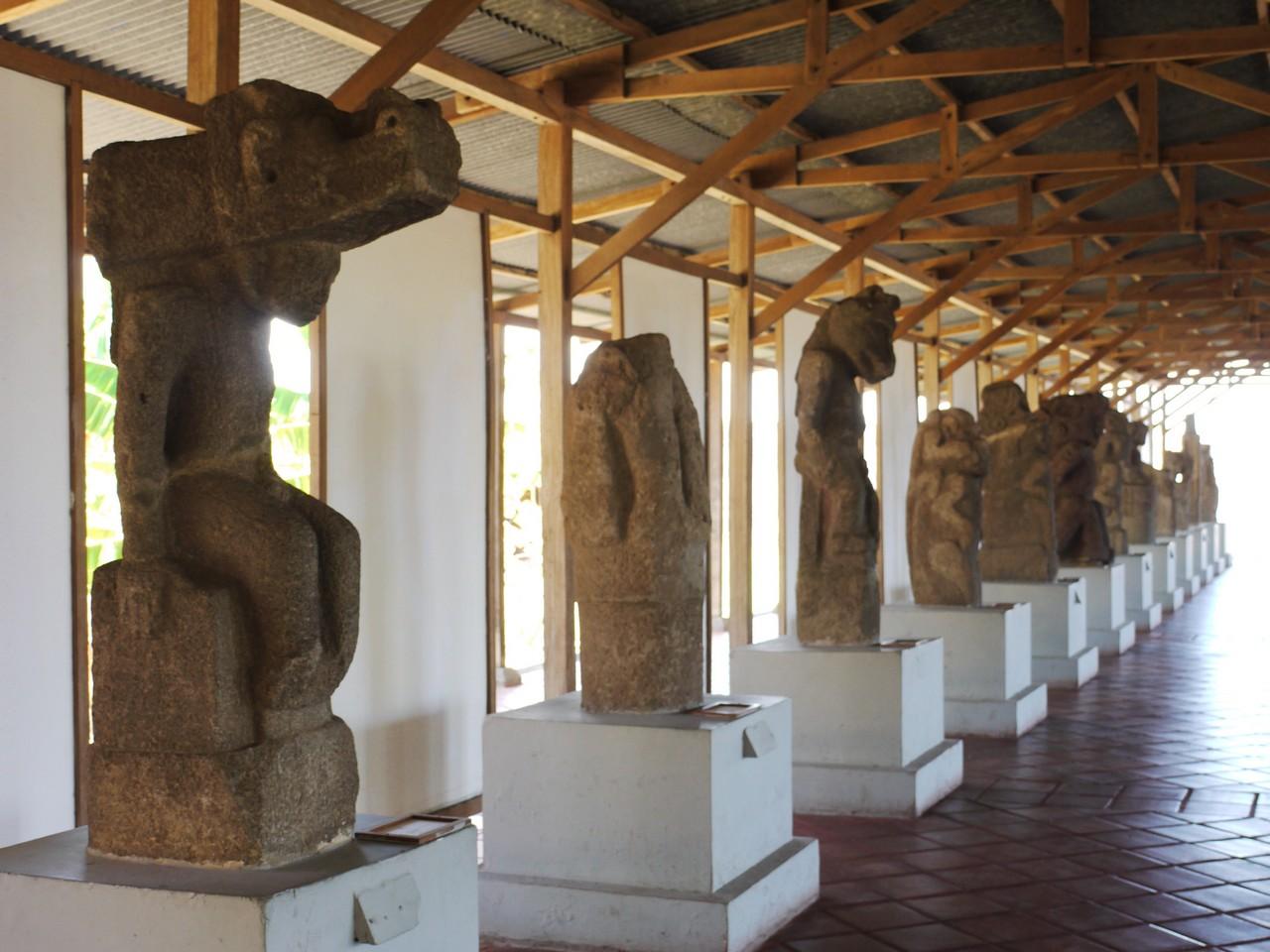 Precolumbian sculptures, Granada
Precolumbian sculptures, Granada
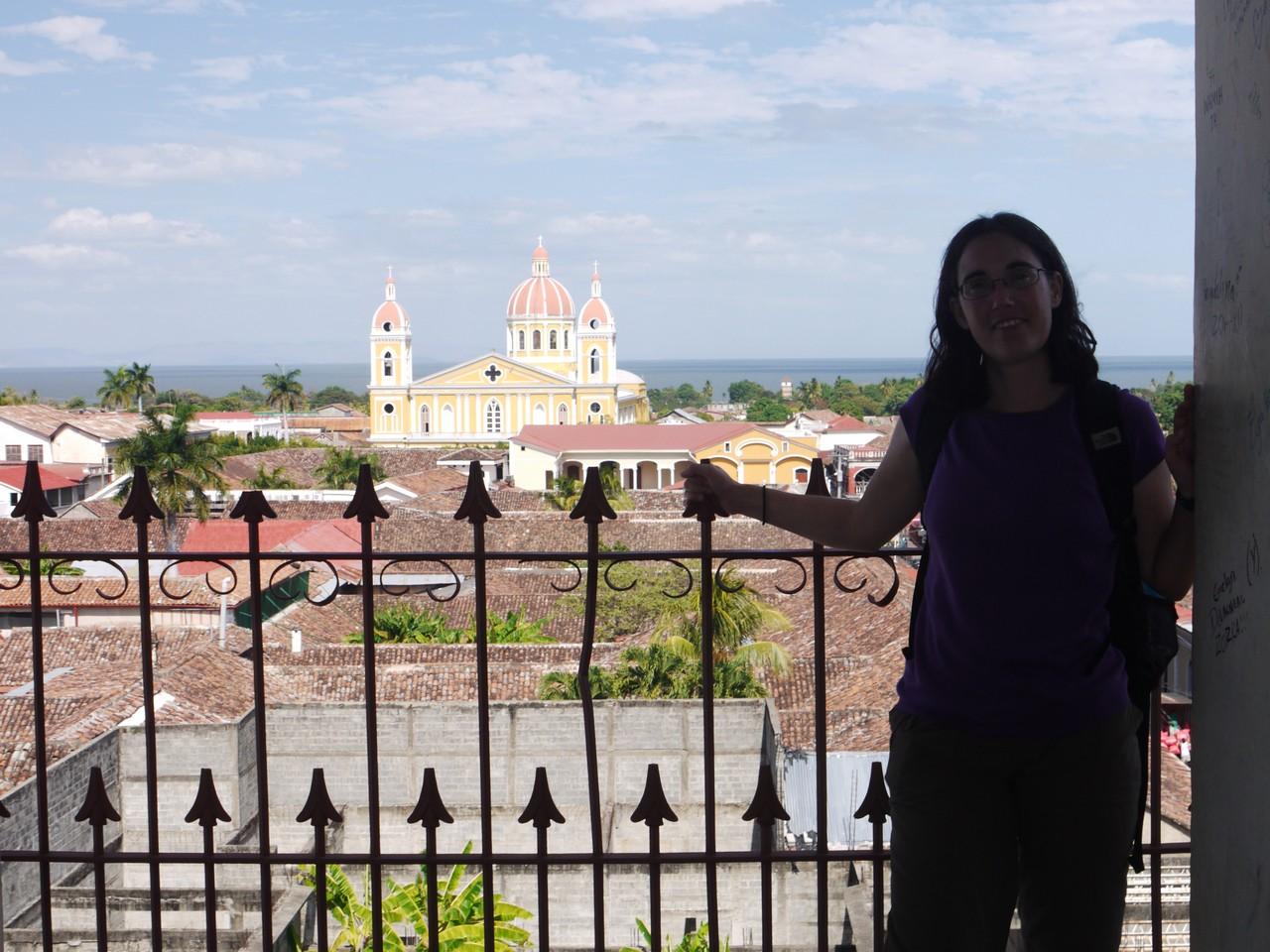 Granada and Lago de Nicaragua, from La Merced
Granada and Lago de Nicaragua, from La Merced
 Cathedral in Granada
Cathedral in Granada
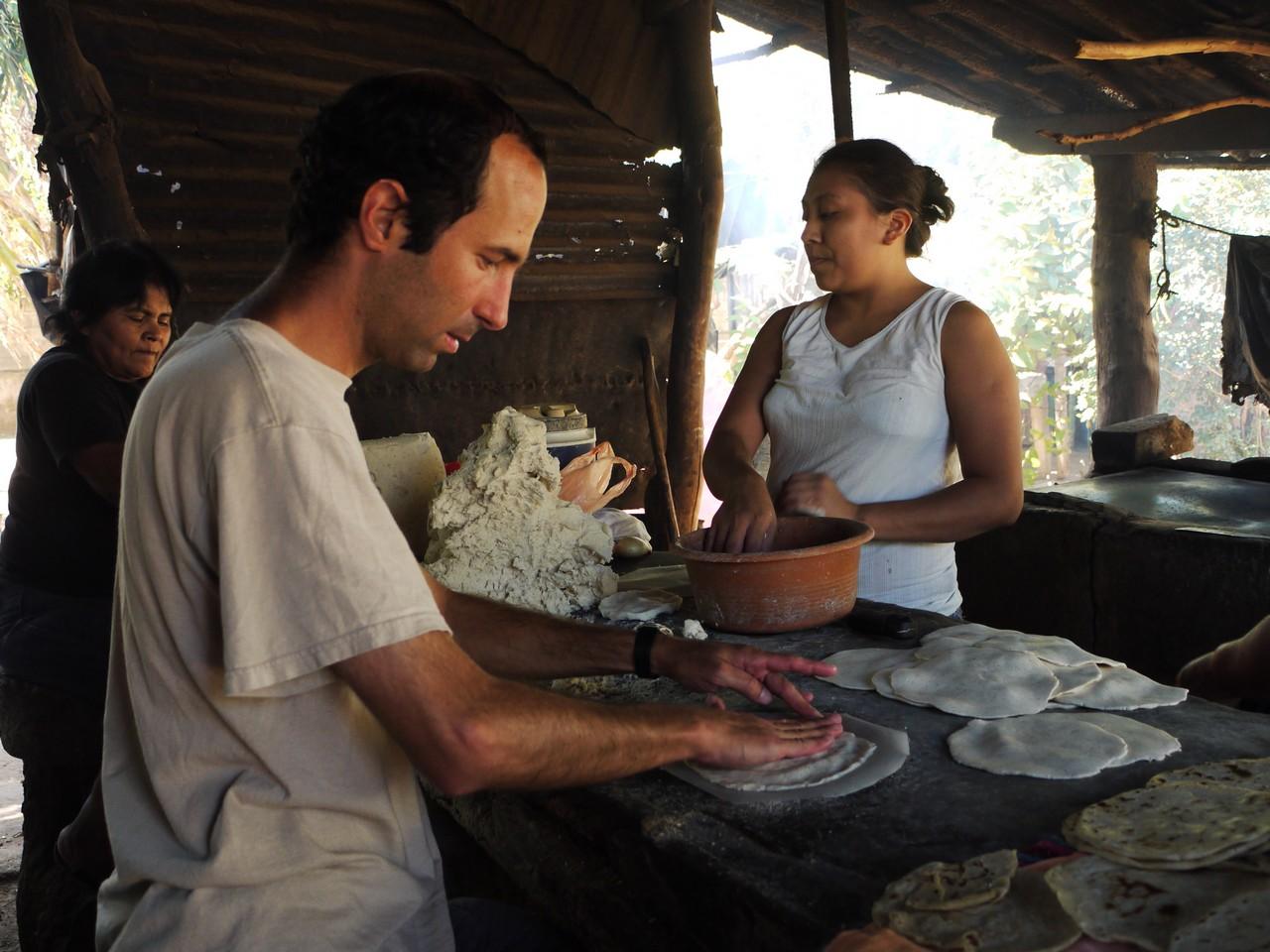 Making tortillas in Sutiava, Leon
Making tortillas in Sutiava, Leon
 Iguanas for sale at the market in Leon
Iguanas for sale at the market in Leon
 Laguna de Apoyo
Laguna de Apoyo
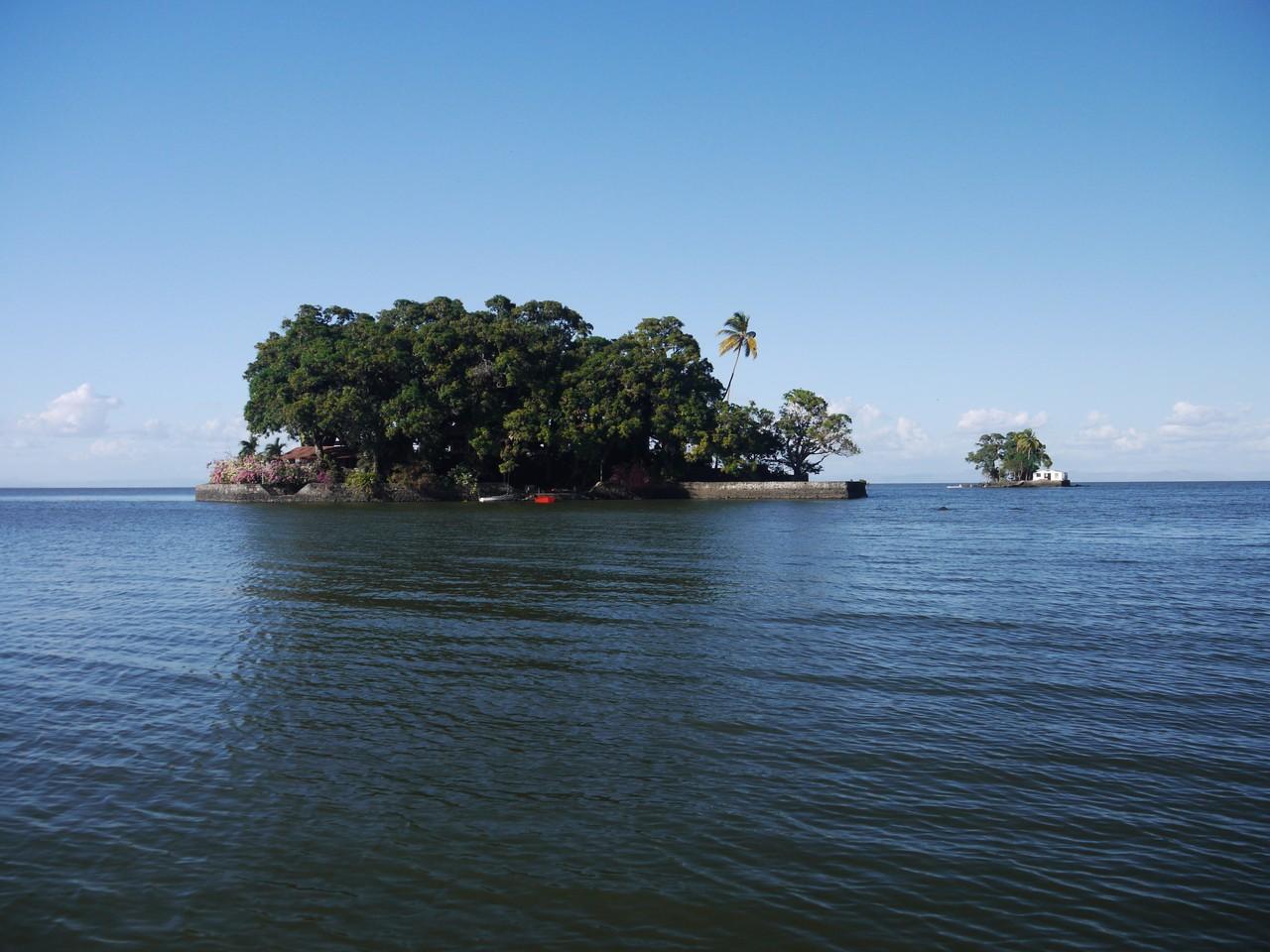 Isletas de Granada
Isletas de Granada
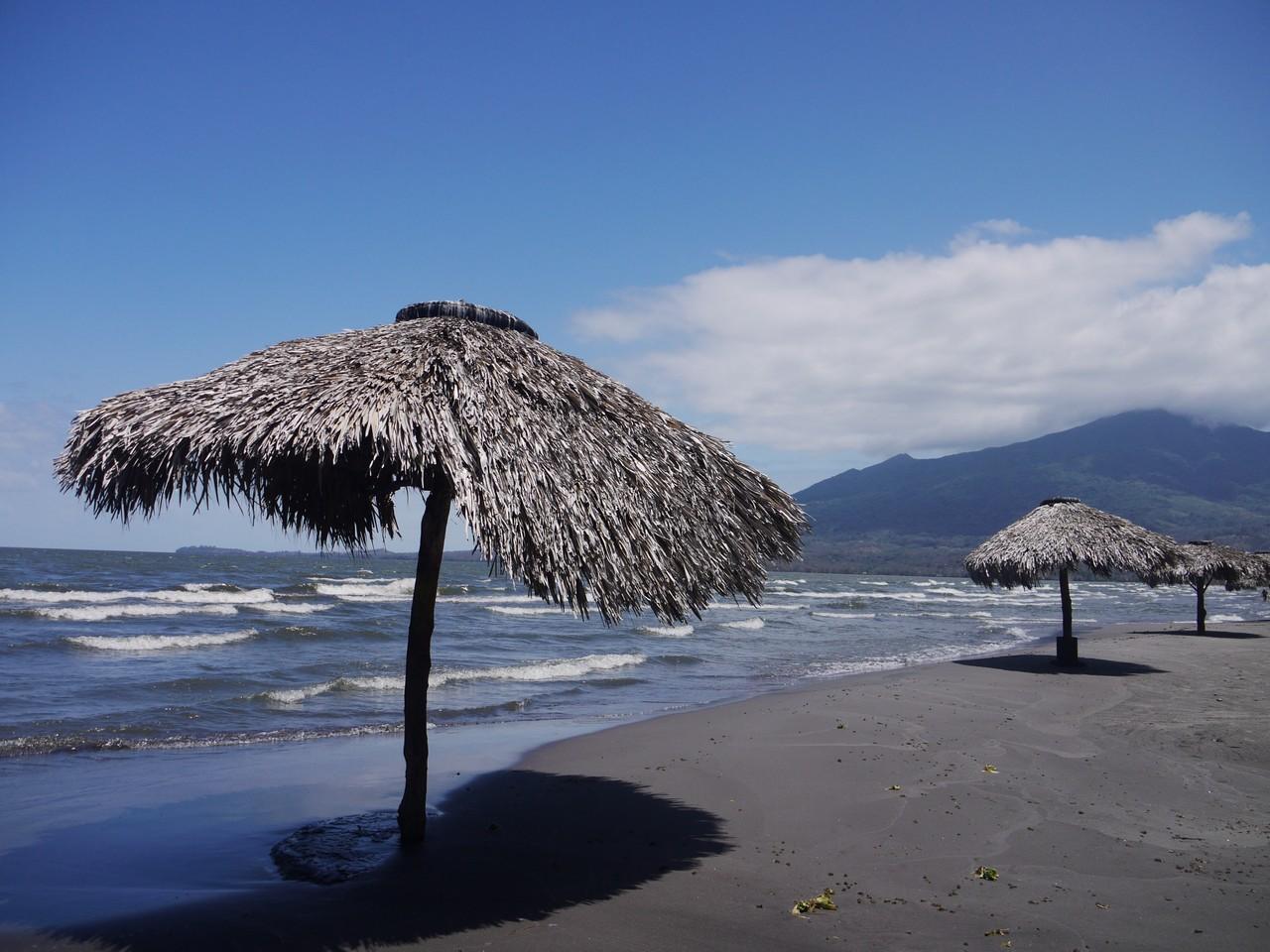 Playa Santo Domingo, Isla de Ometepe
Playa Santo Domingo, Isla de Ometepe
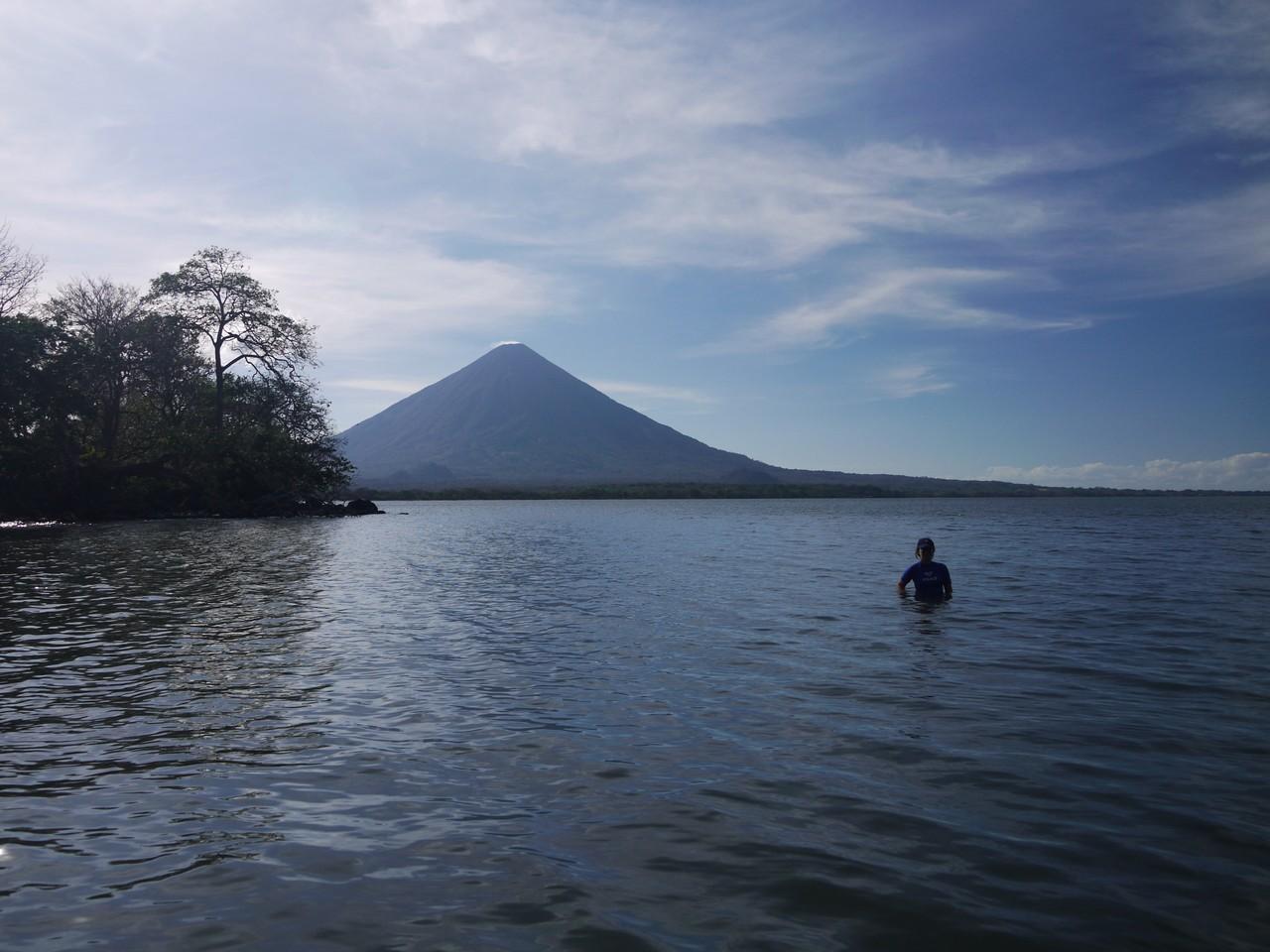 Volcan Concepción from Santa Cruz, Isla de Ometepe
Volcan Concepción from Santa Cruz, Isla de Ometepe
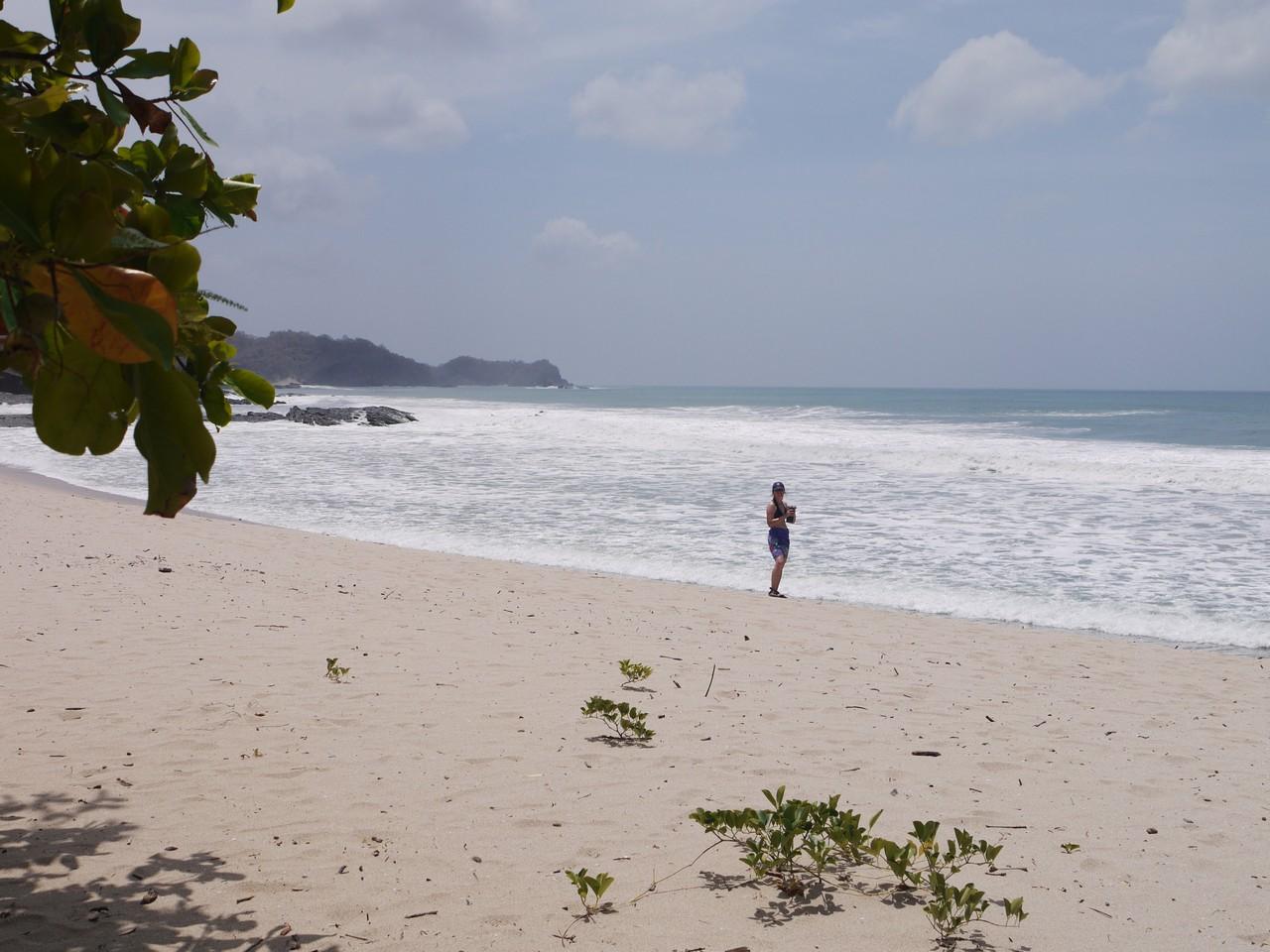 Playa Majagual
Playa Majagual
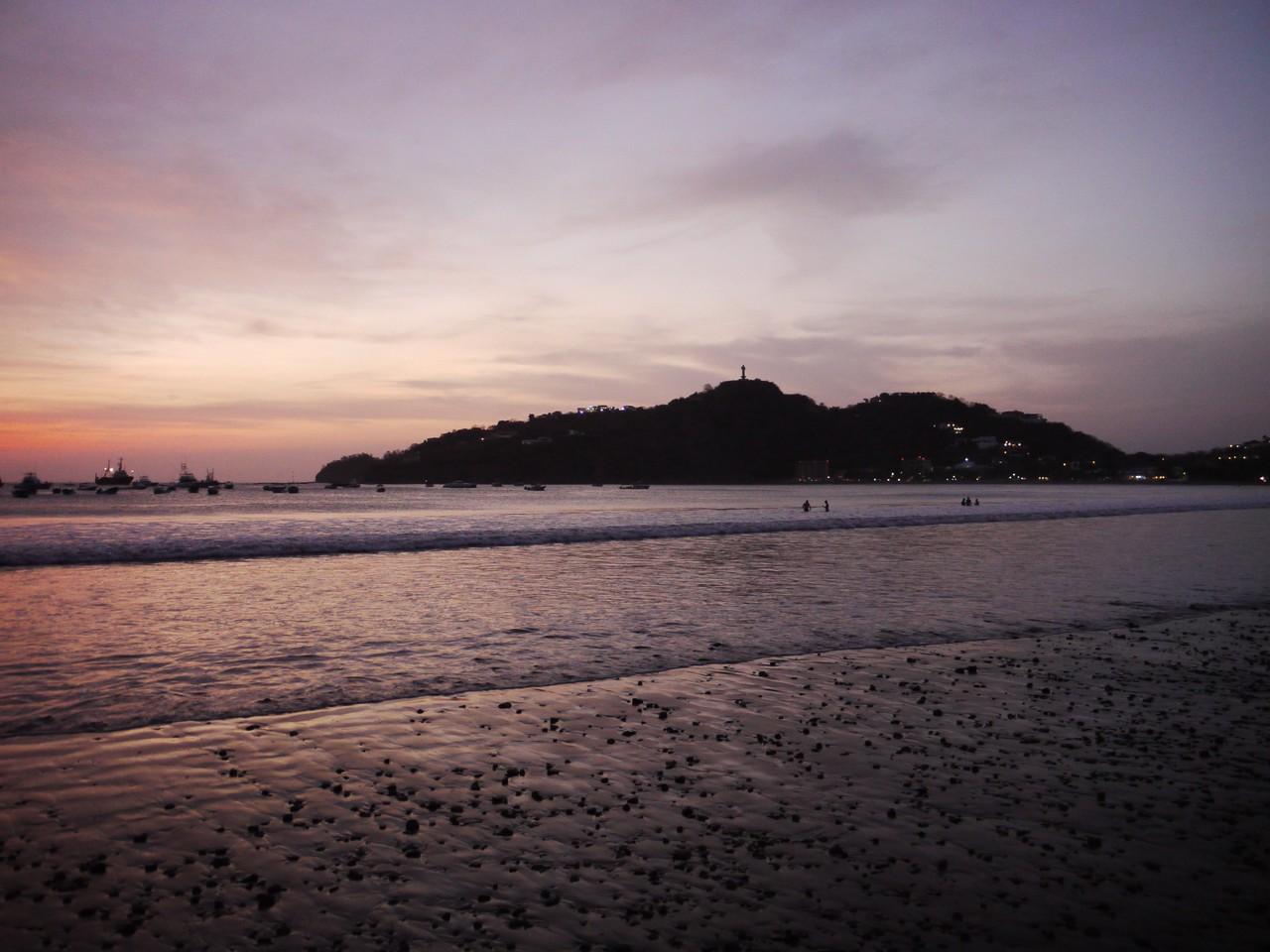 San Juan del Sur
San Juan del Sur
 Finca El Cisne
Finca El Cisne
 Relaxing at D&D Brewery
Relaxing at D&D Brewery
 View of Lago de Yojoa, from Las Nalgas
View of Lago de Yojoa, from Las Nalgas
 Carlos and his coffee crop, finca El Cisne
Carlos and his coffee crop, finca El Cisne
 Nearly sunset, Utila
Nearly sunset, Utila
 Pumpkin Hill, Utila
Pumpkin Hill, Utila
 Hair-snorkel tangle of doom!
Hair-snorkel tangle of doom!
 Streets of Copan by night
Streets of Copan by night
 Mototaxi, Copan
Mototaxi, Copan
 Back road, Los Naranjos
Back road, Los Naranjos
 Luna Jaguar hot springs
Luna Jaguar hot springs
 Fun with guacamayas, Macaw Mountain bird park, Copan
Fun with guacamayas, Macaw Mountain bird park, Copan
 Ruins of Copan
Ruins of Copan
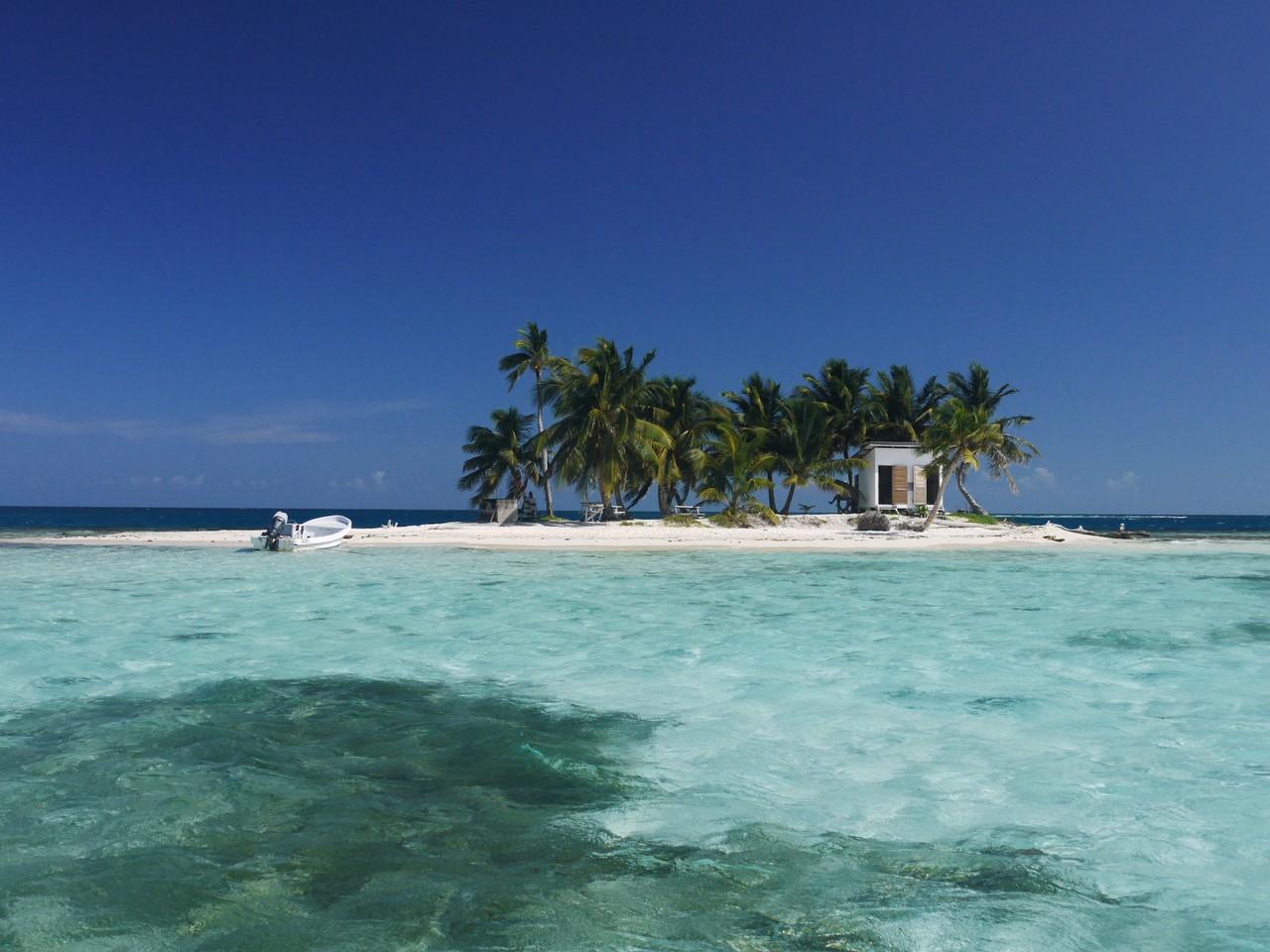 Silk Cayes
Silk Cayes
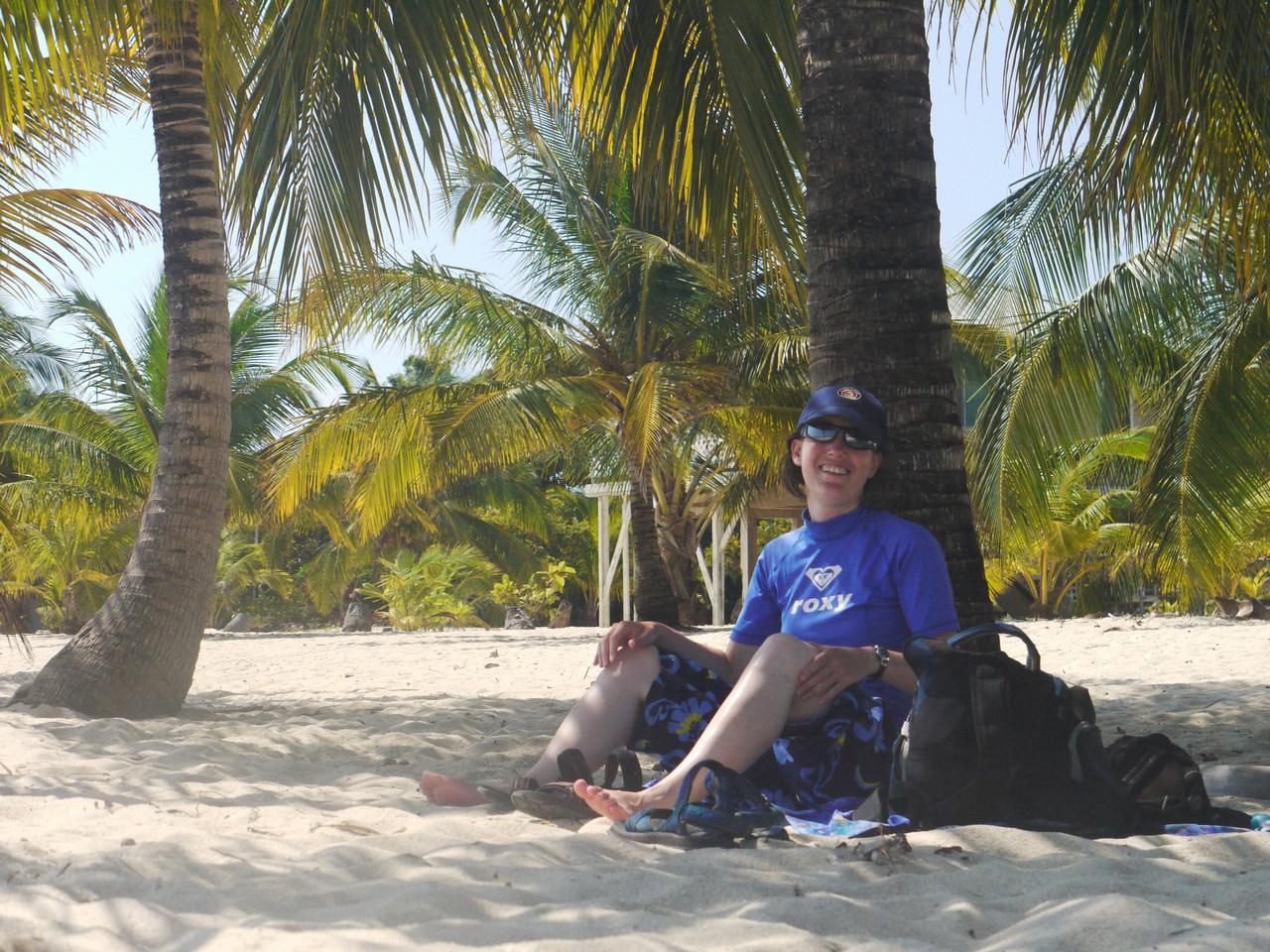 Beach time, Placencia
Beach time, Placencia
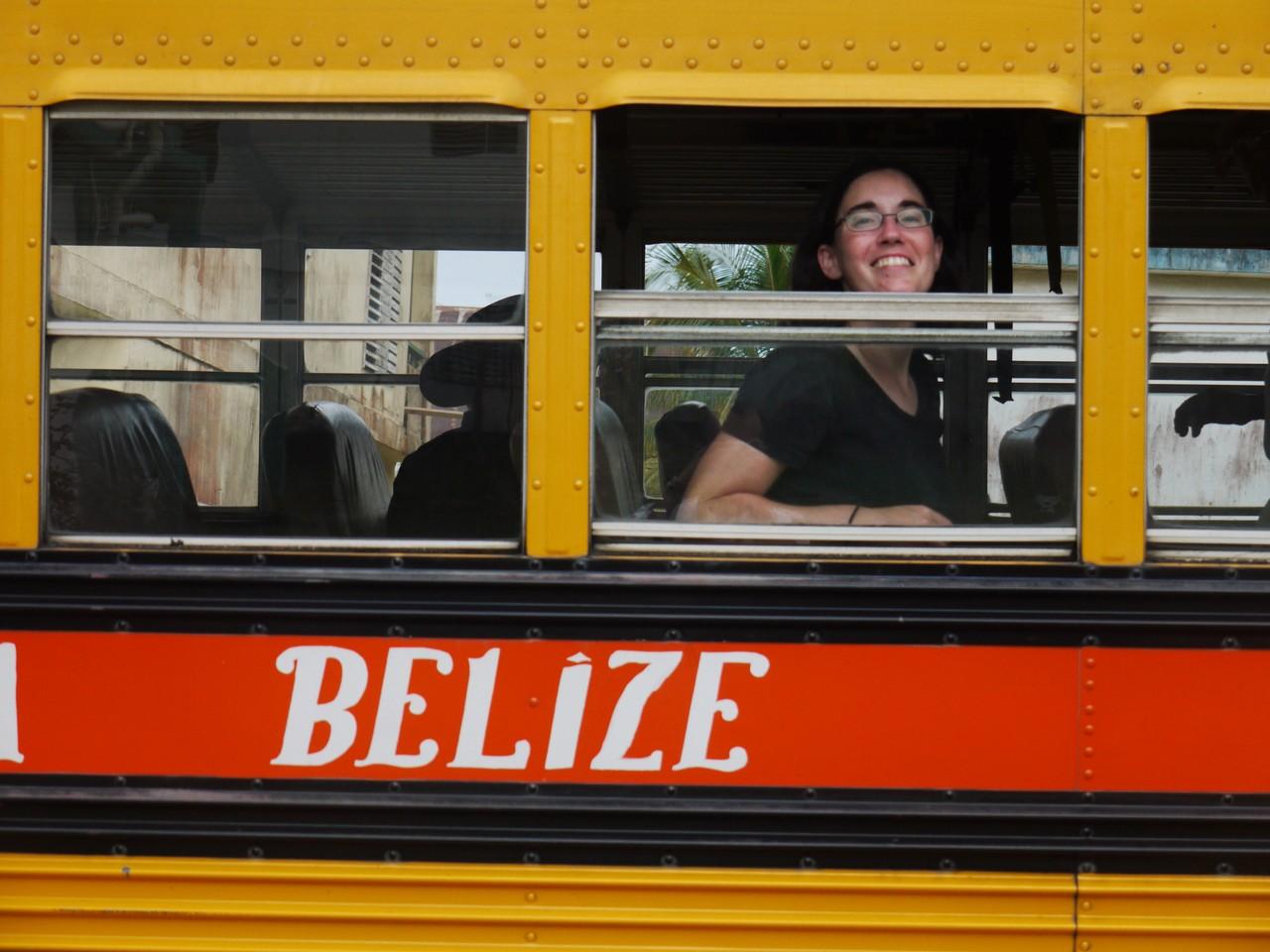 Belizean chicken bus, Punta Gorda
Belizean chicken bus, Punta Gorda
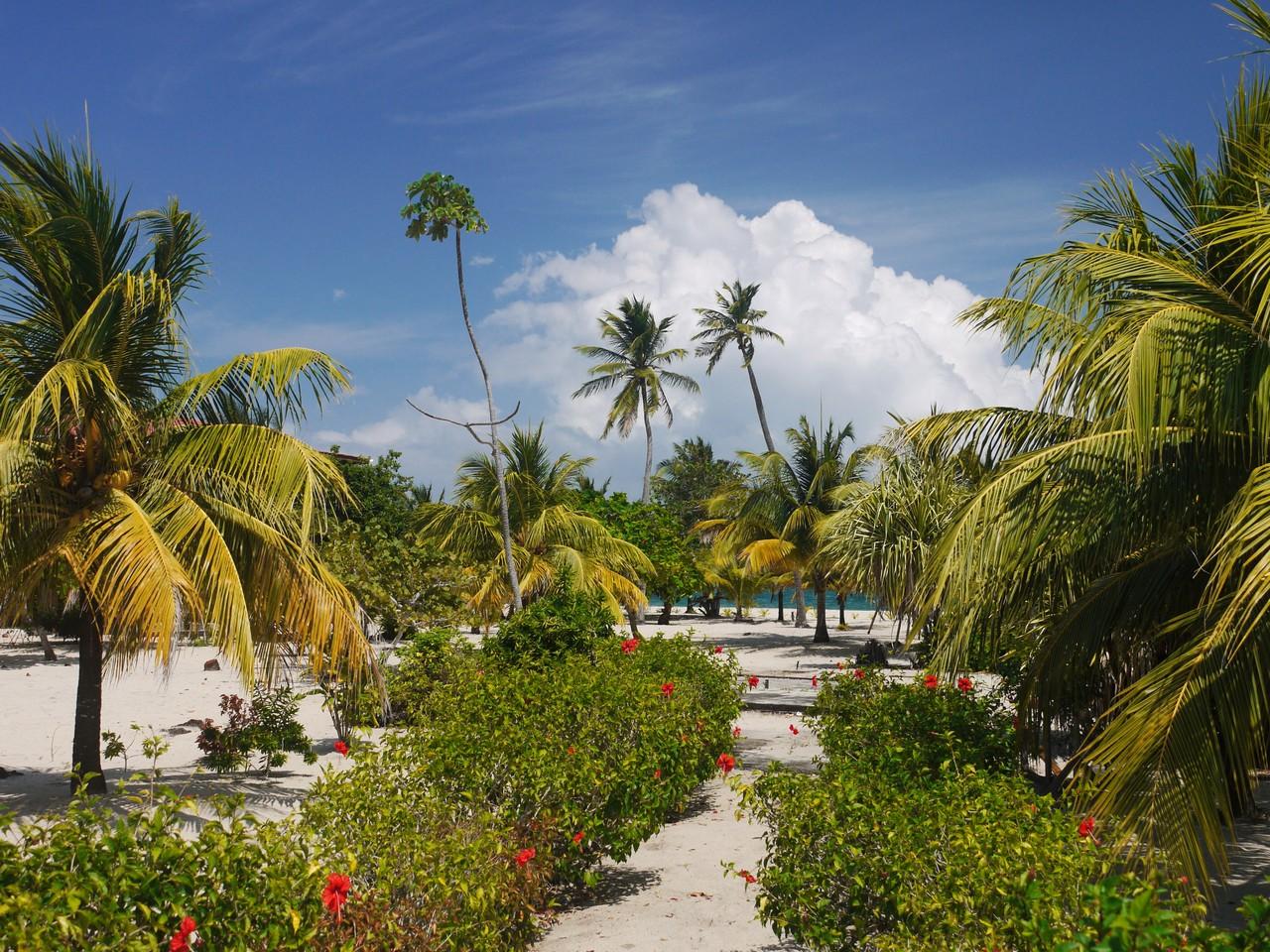 Placencia seaside
Placencia seaside
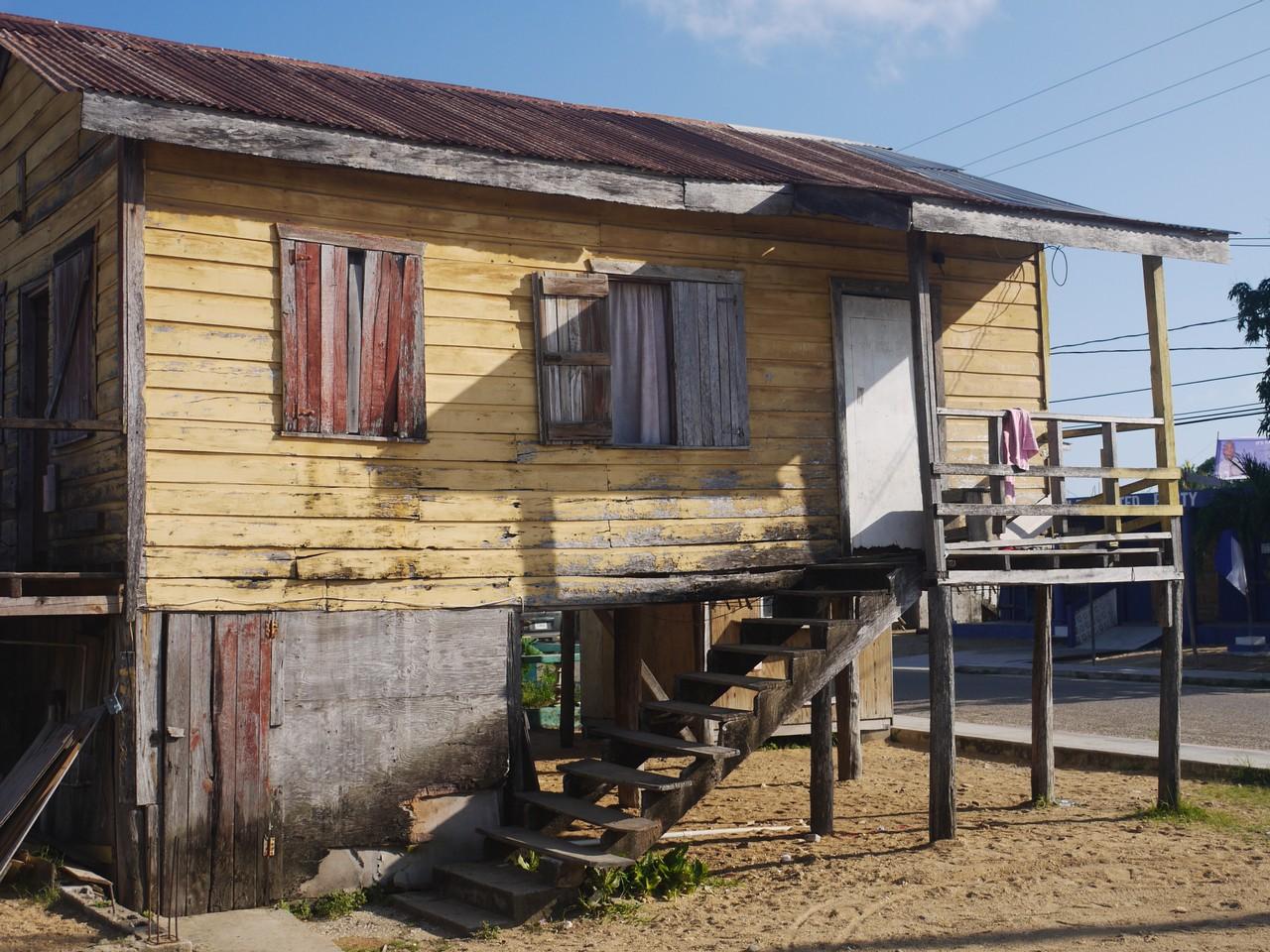 Caribbean architecture, Dangriga
Caribbean architecture, Dangriga
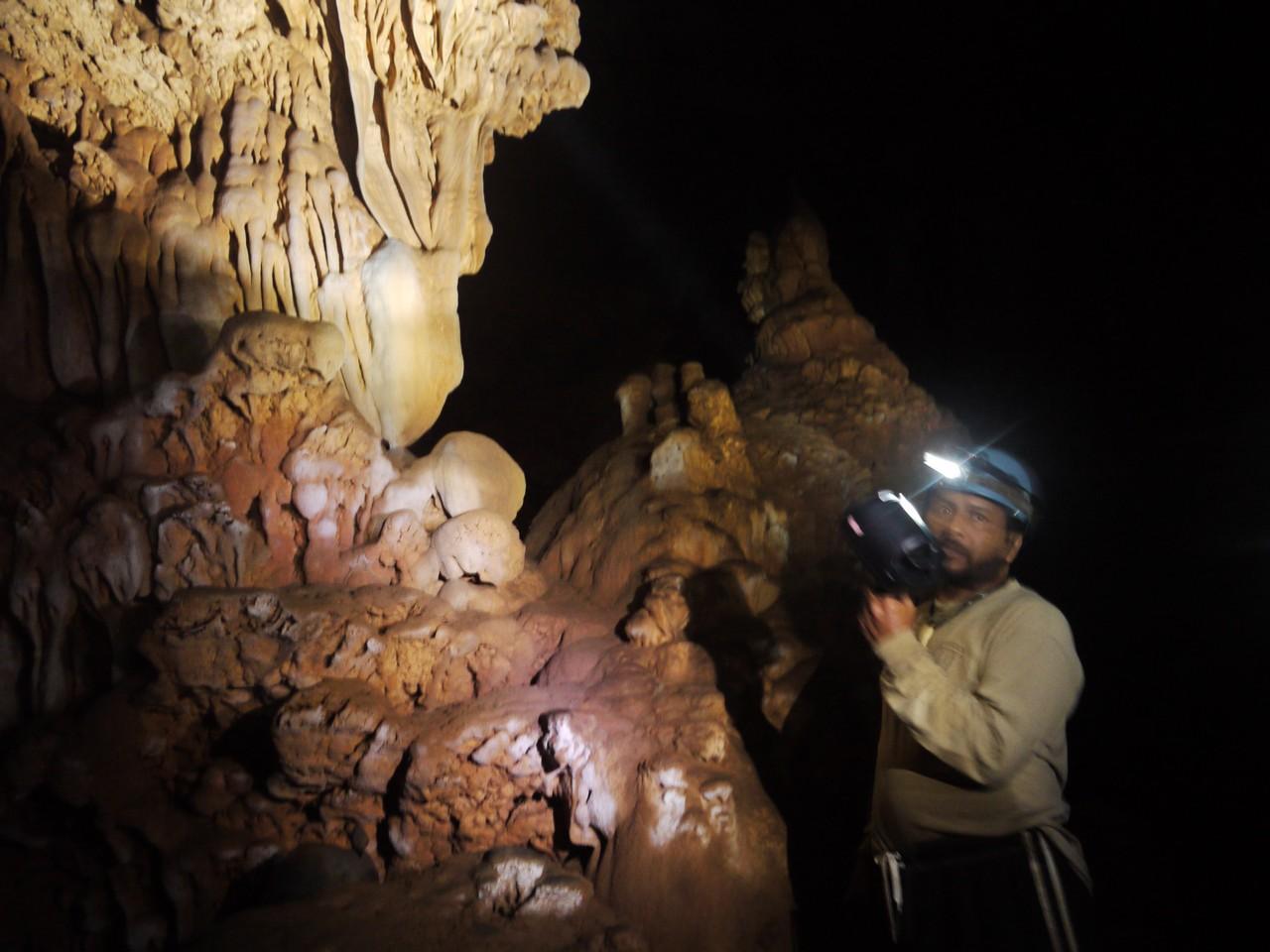 Rock formations and Maya artifacts, ATM cave
Rock formations and Maya artifacts, ATM cave
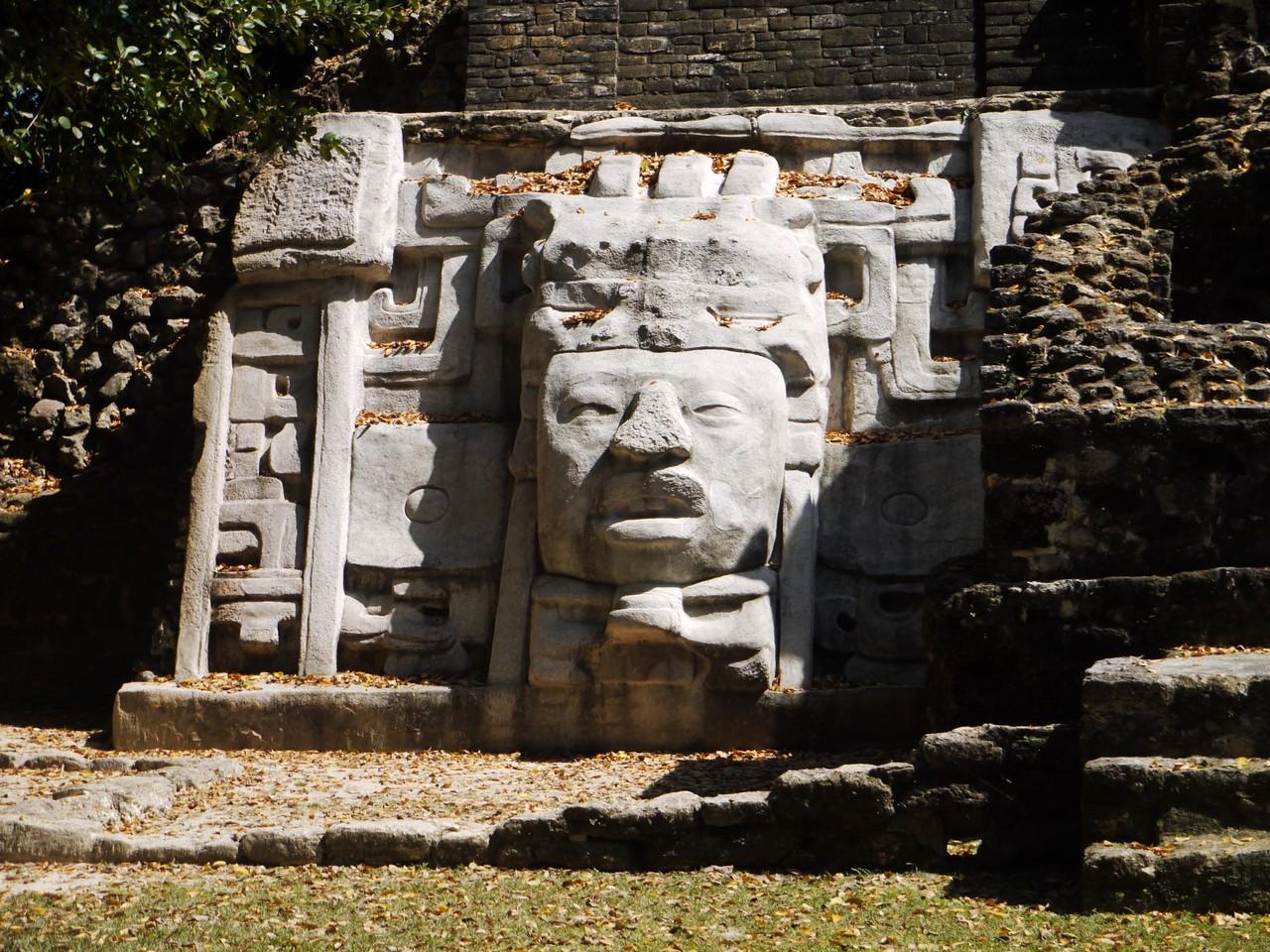 Ruins of Lamanai
Ruins of Lamanai
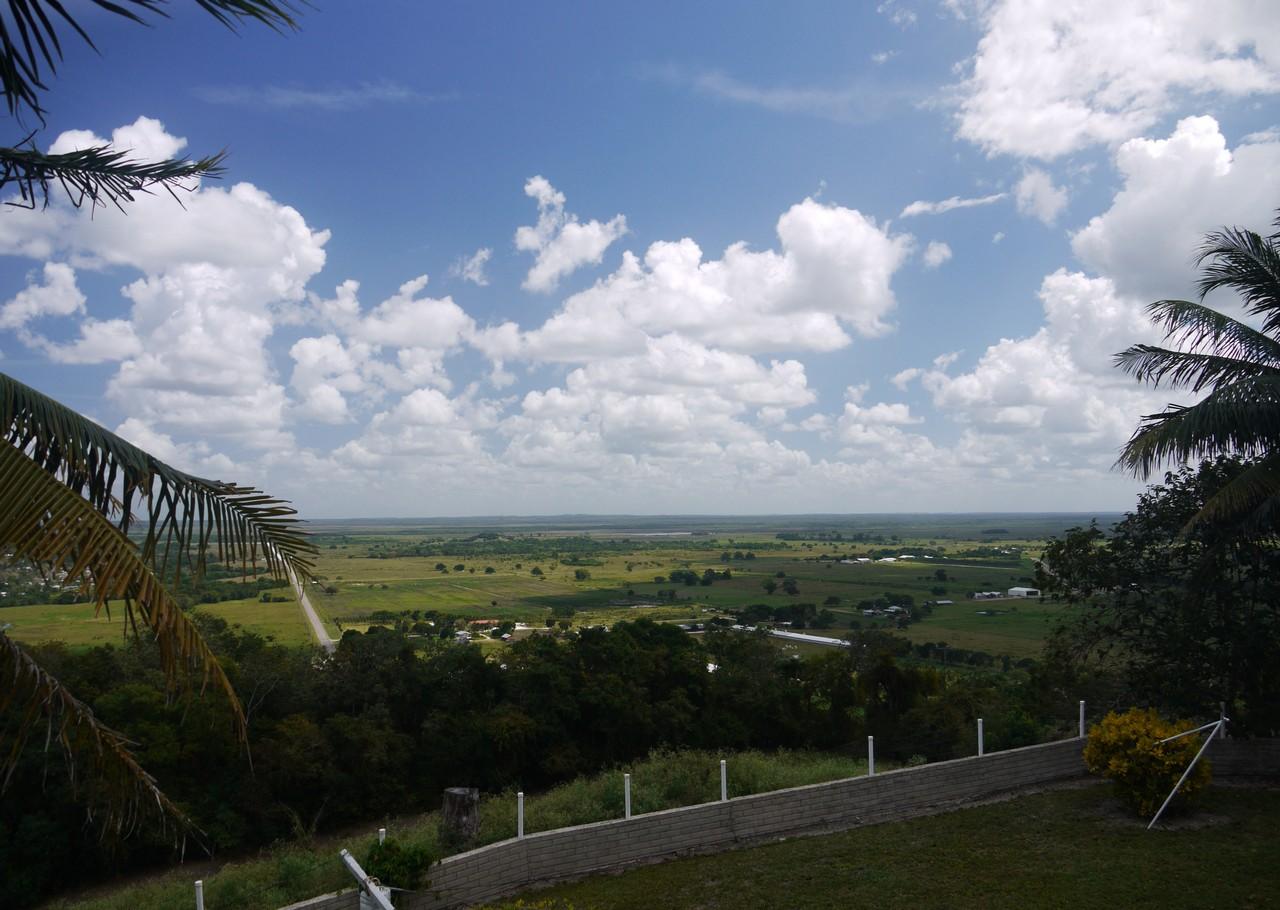 Rural Belize, view from Blue Creek
Rural Belize, view from Blue Creek
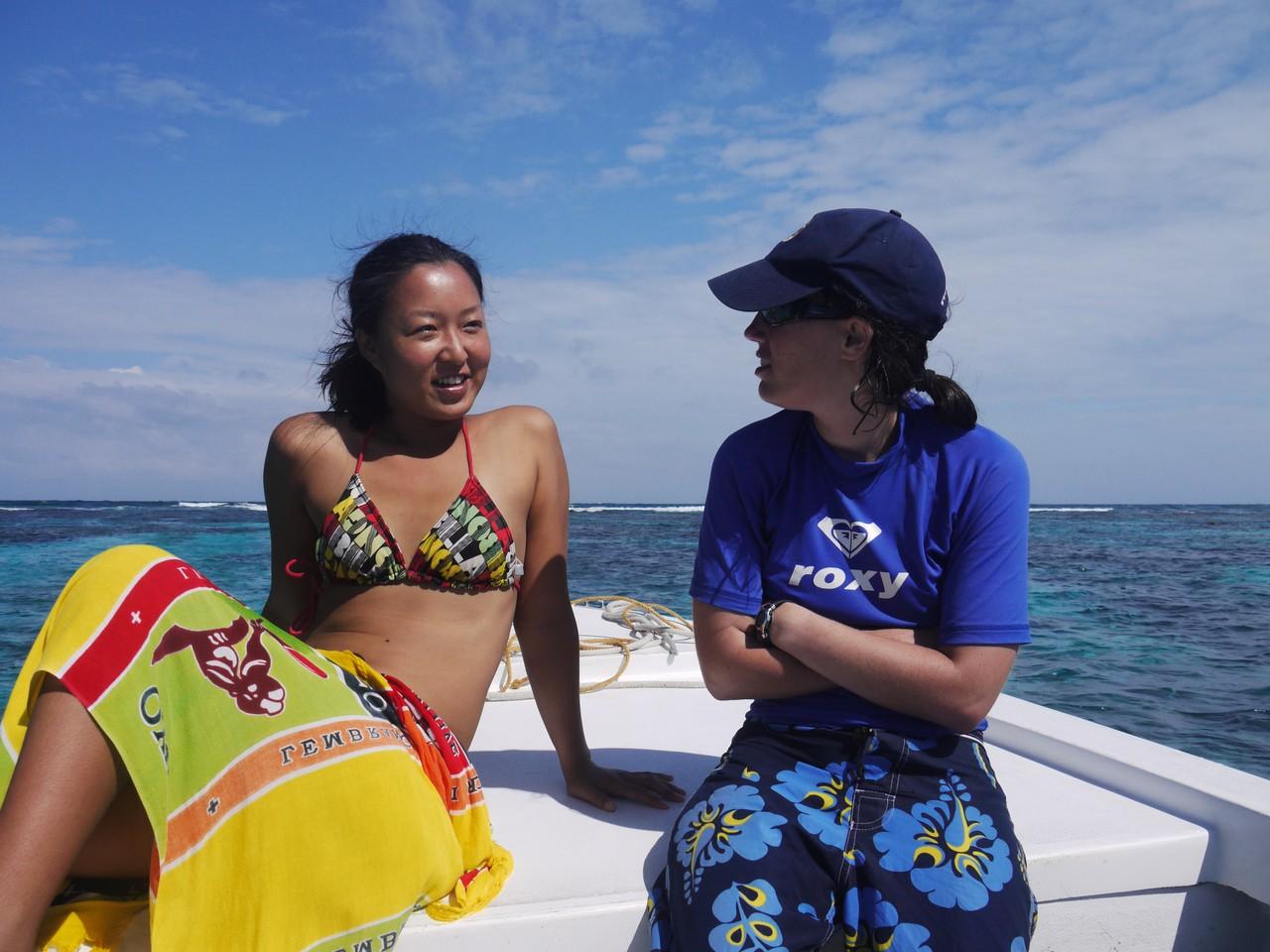 Snorkel trip off Caye Caulker
Snorkel trip off Caye Caulker
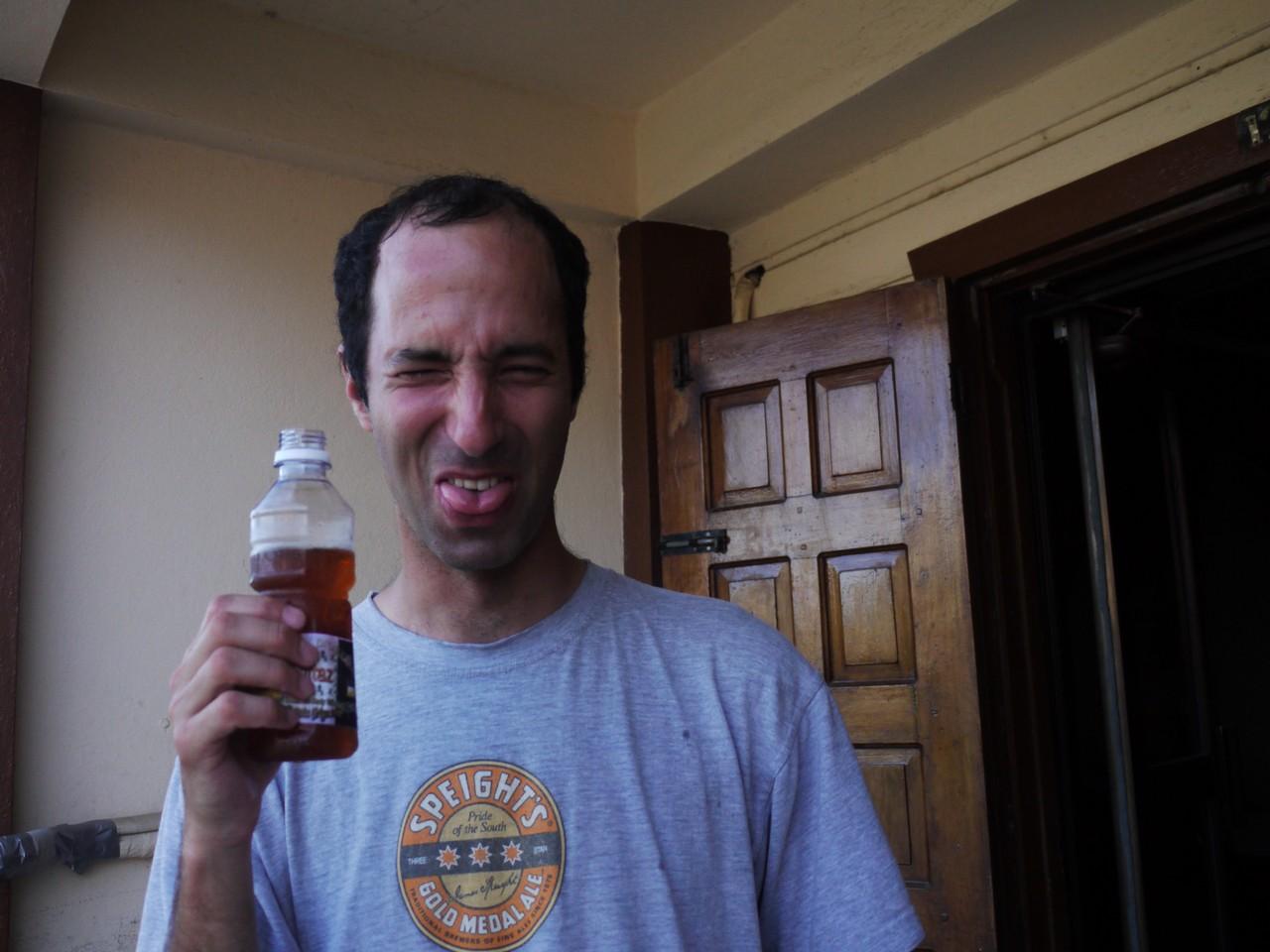 Sampling bittaz in Dangriga. Ugh!
Sampling bittaz in Dangriga. Ugh!
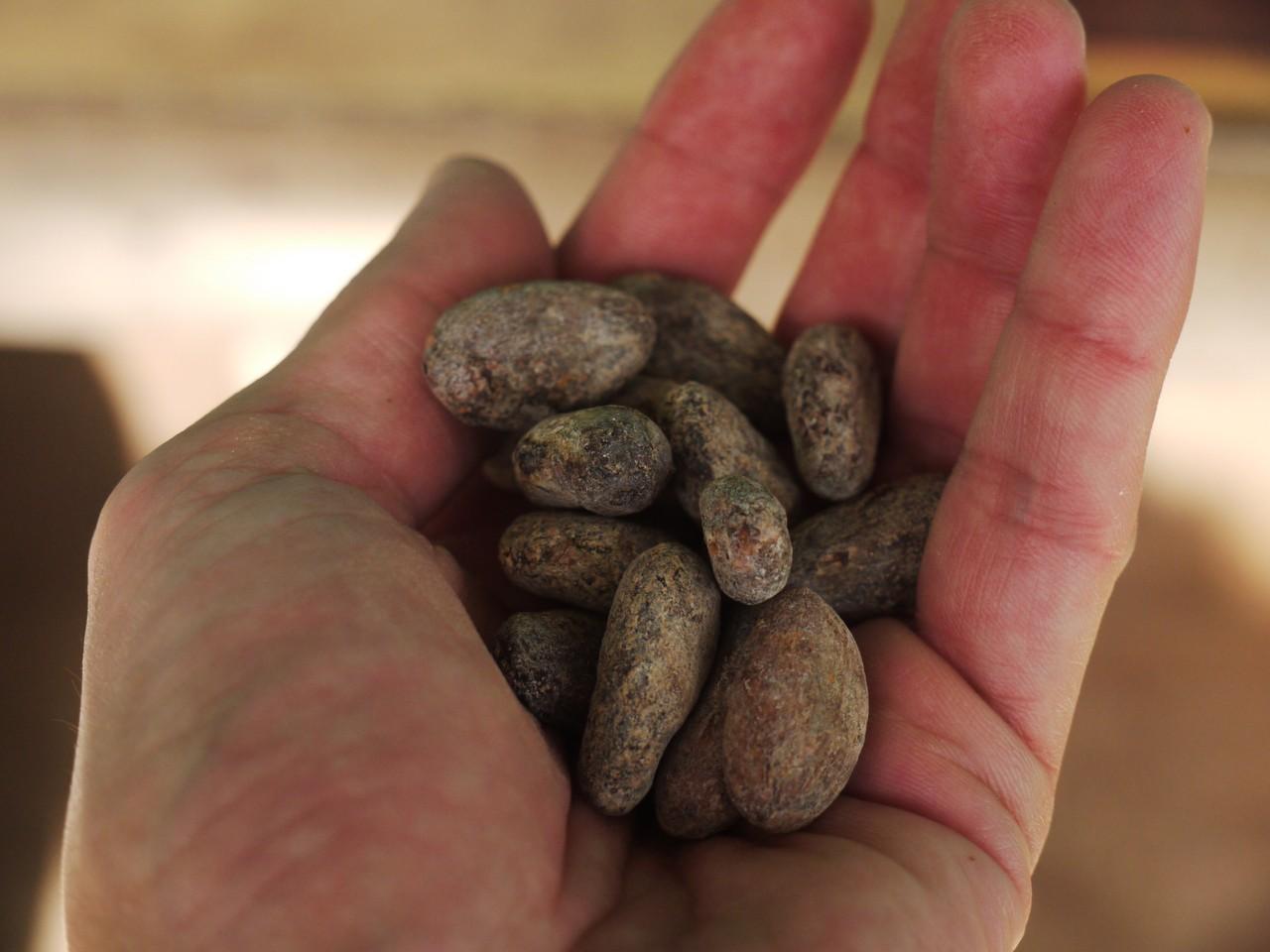 Cacao beans after drying and fermentation
Cacao beans after drying and fermentation
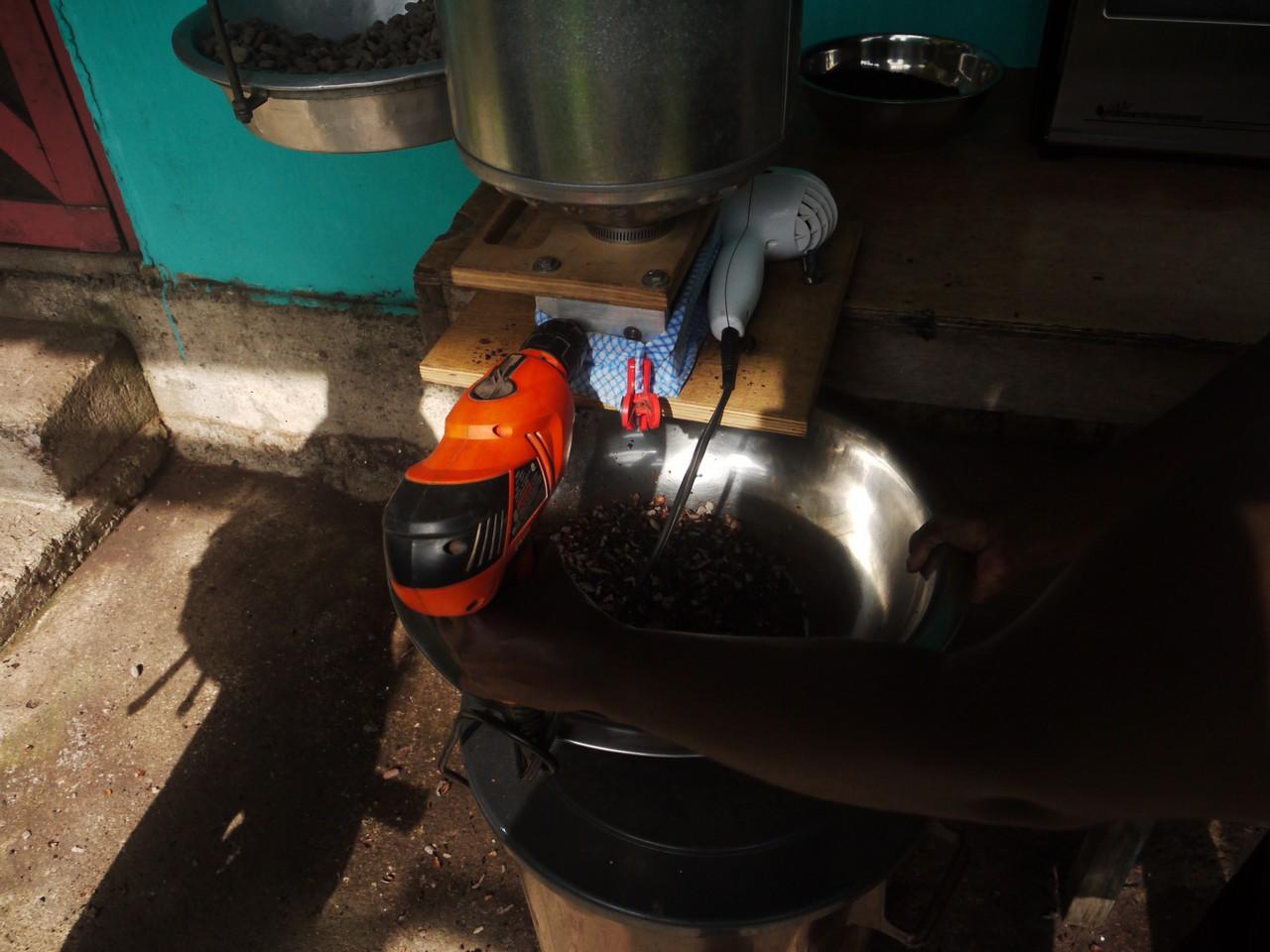 Beans are ground in a medium-sized pot. The grinder blade is hooked up to an electric drill.
Beans are ground in a medium-sized pot. The grinder blade is hooked up to an electric drill.
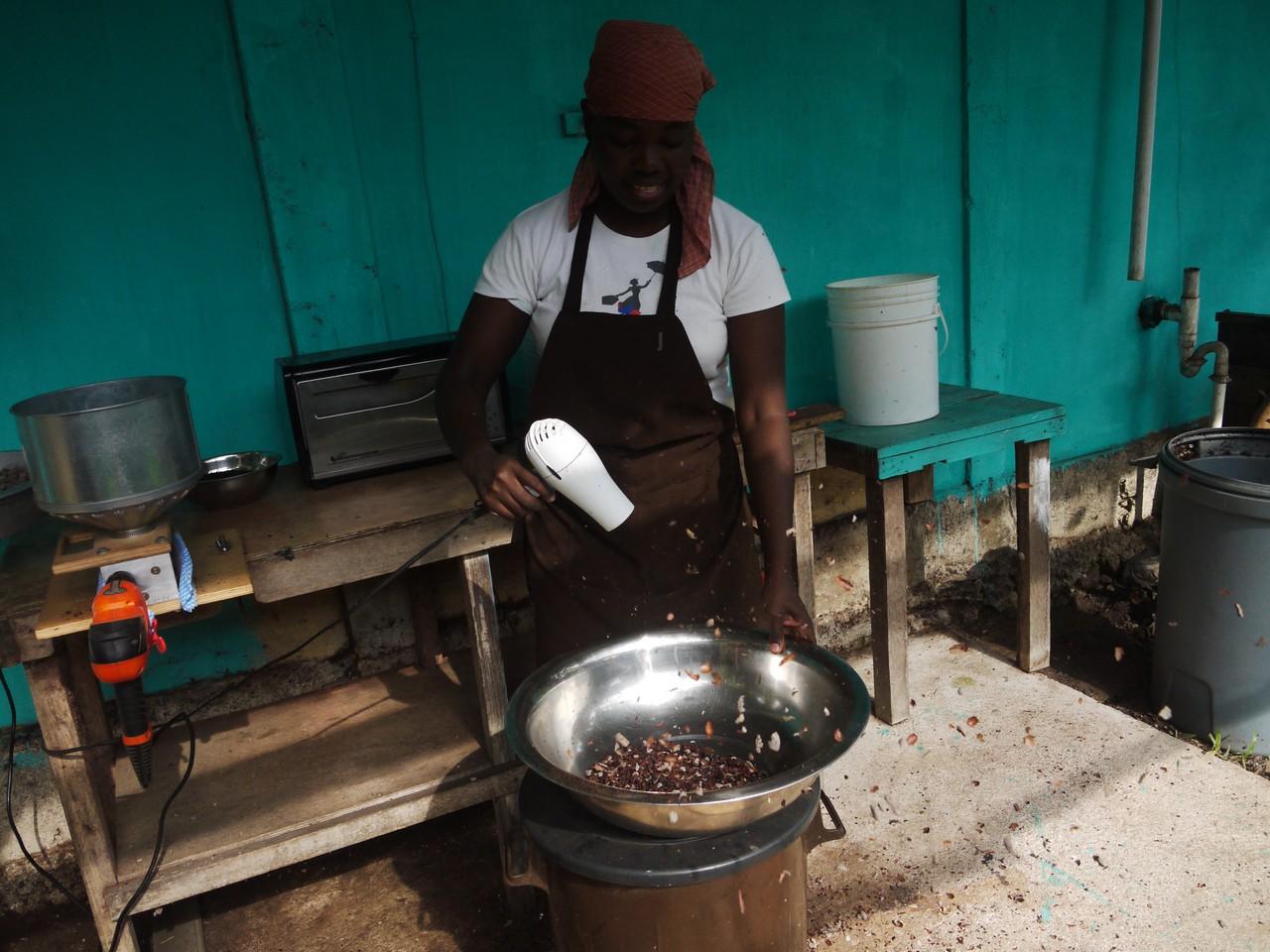 After grinding, the thin peels around the beans are disposed of via blow dryer.
After grinding, the thin peels around the beans are disposed of via blow dryer.
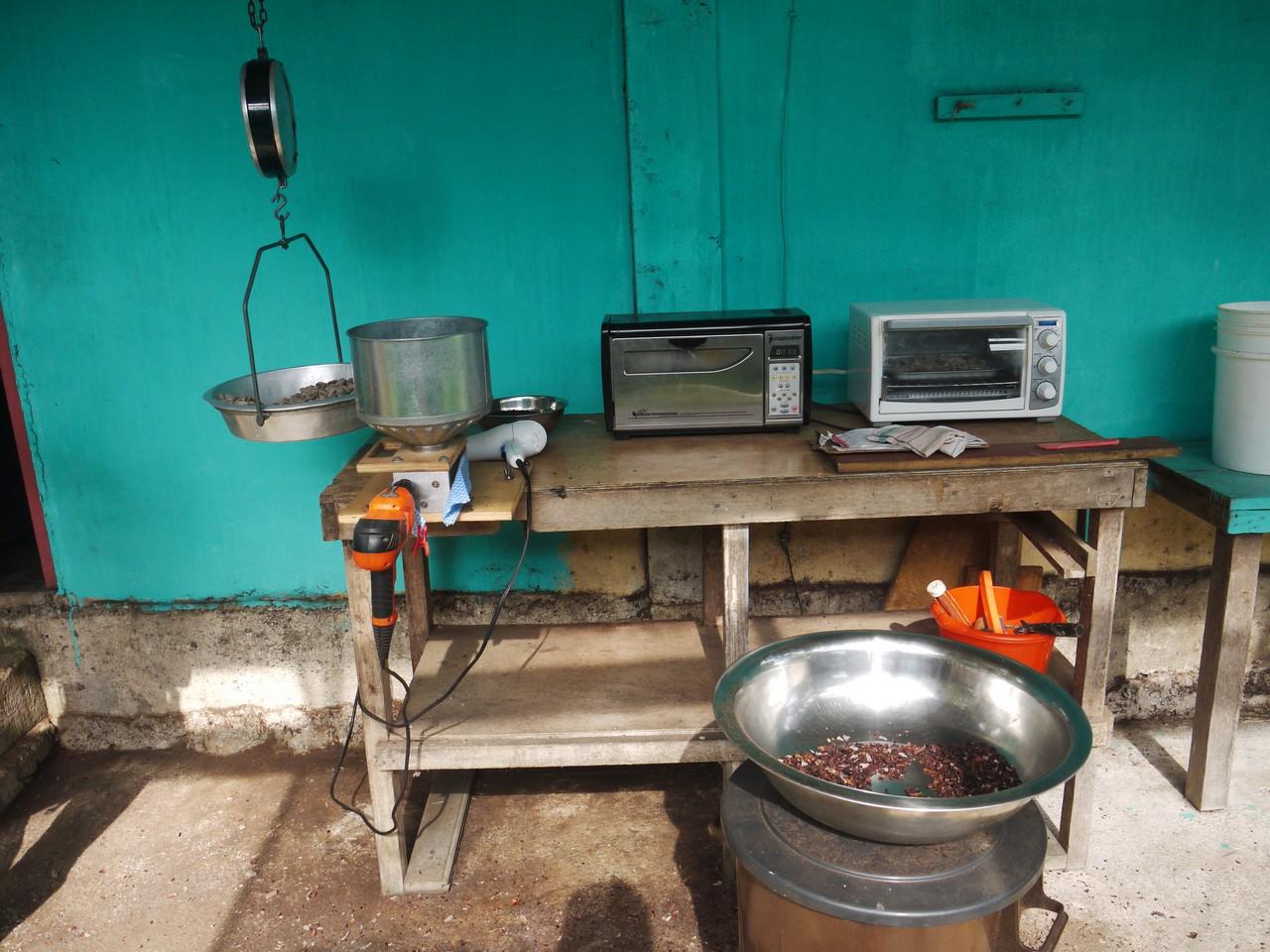 Beans are roasted in a household toaster oven. They used to have a specialized oven, but it broke down, and the toaster serves just fine.
Beans are roasted in a household toaster oven. They used to have a specialized oven, but it broke down, and the toaster serves just fine.
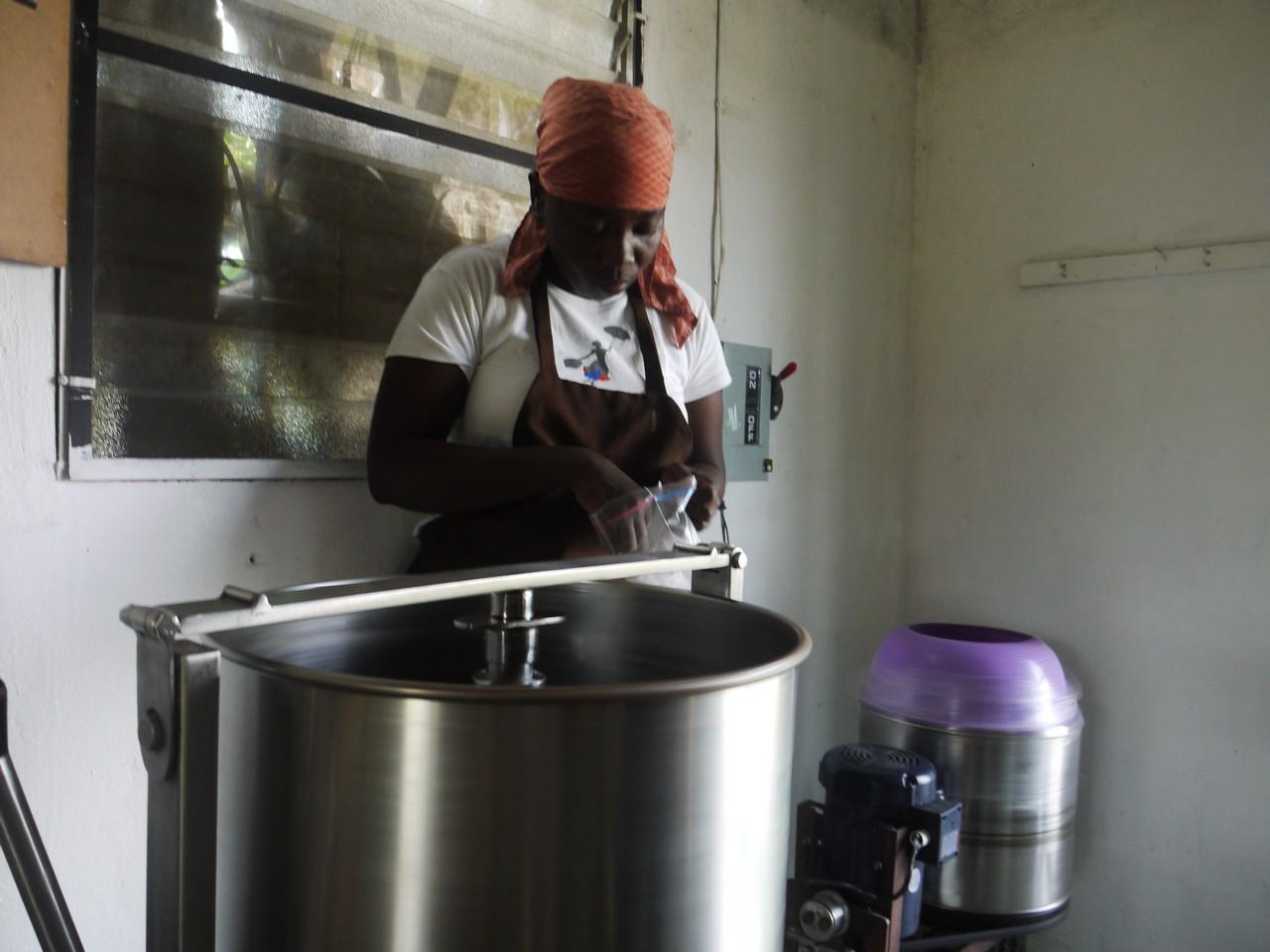 The industrial blender is the one piece of equipment that looks like it belongs in a “factory”.
The industrial blender is the one piece of equipment that looks like it belongs in a “factory”.
 Chocolate bars are formed in an air-conditioned chamber which is kept “very cold” by Belizean standards - about 18˚C.
Chocolate bars are formed in an air-conditioned chamber which is kept “very cold” by Belizean standards - about 18˚C.
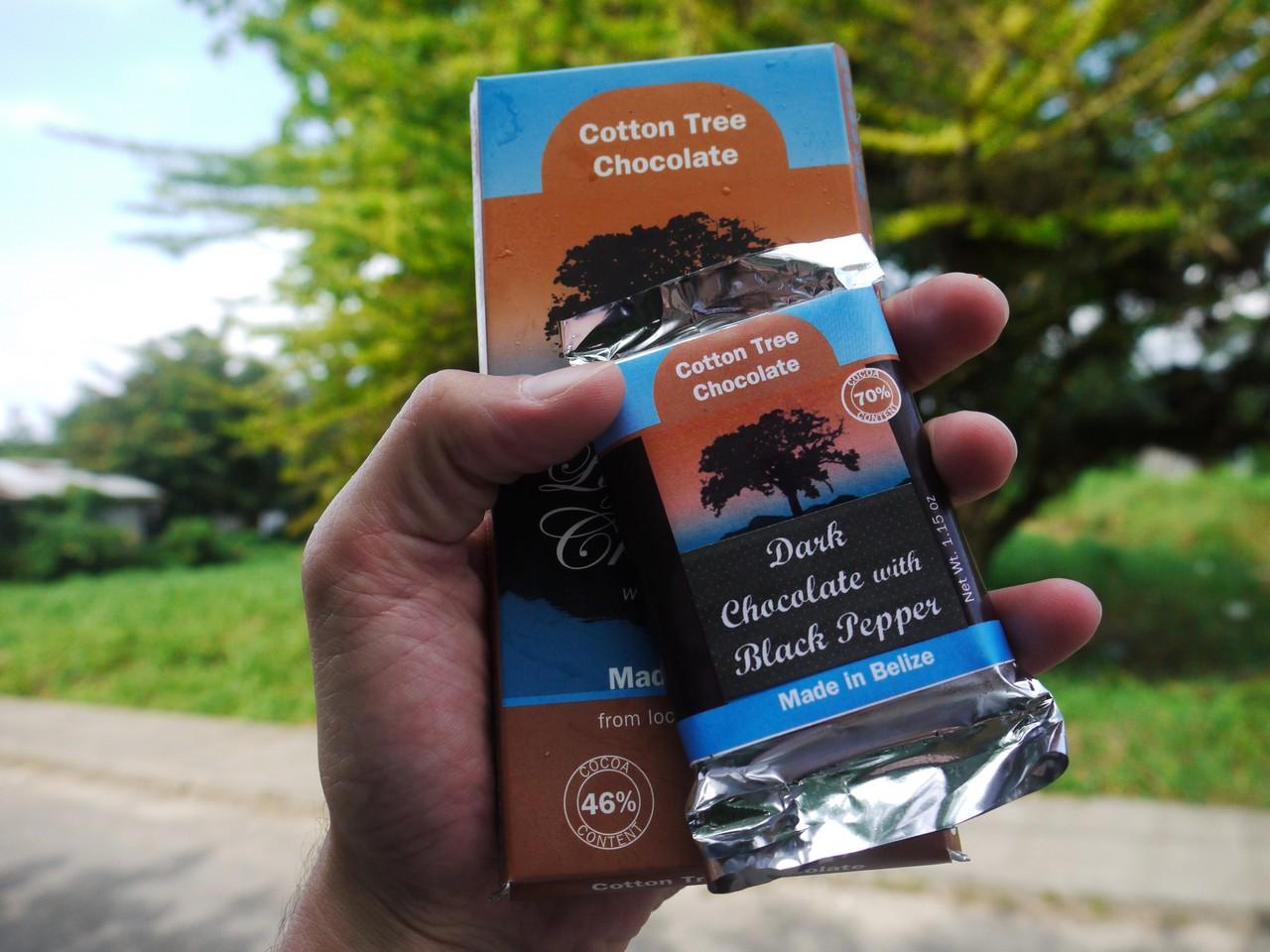 Fresh chocolate. Tastes amazing!
Fresh chocolate. Tastes amazing!
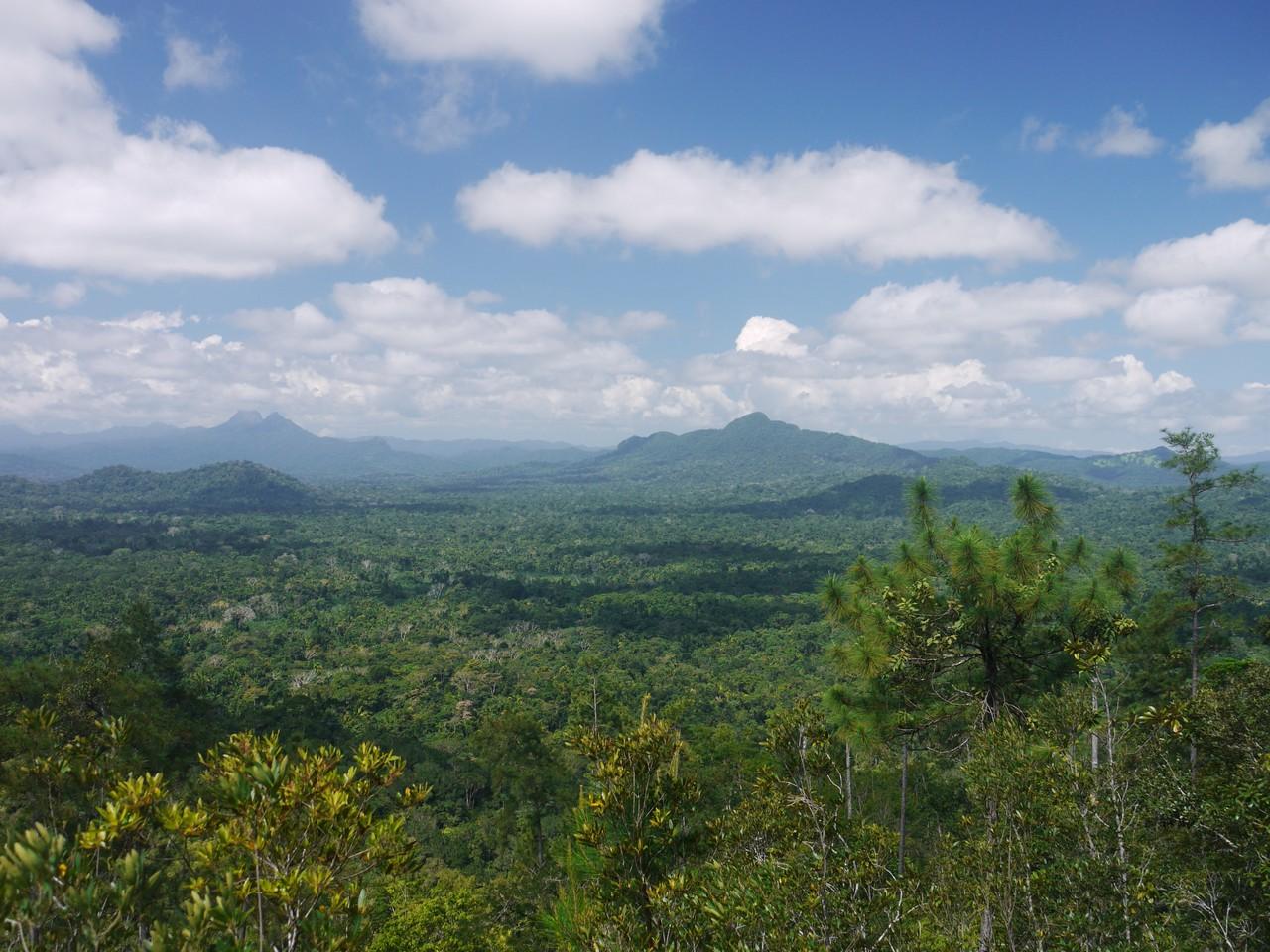 Cockscomb Wildlife Sanctuary, view from Ben's Bluff
Cockscomb Wildlife Sanctuary, view from Ben's Bluff
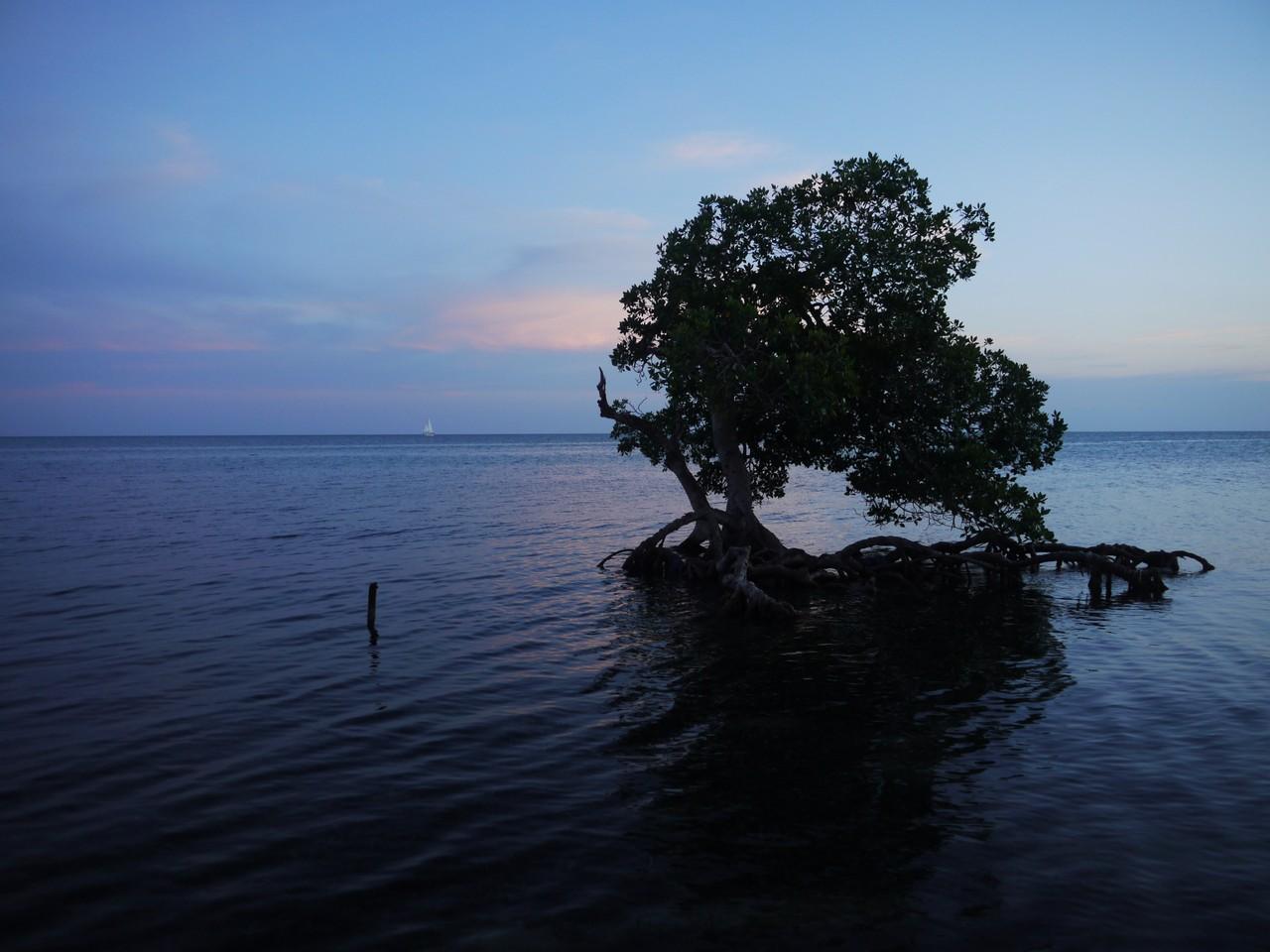 Solitary mangrove, Placencia
Solitary mangrove, Placencia
 Belizean flag
Belizean flag